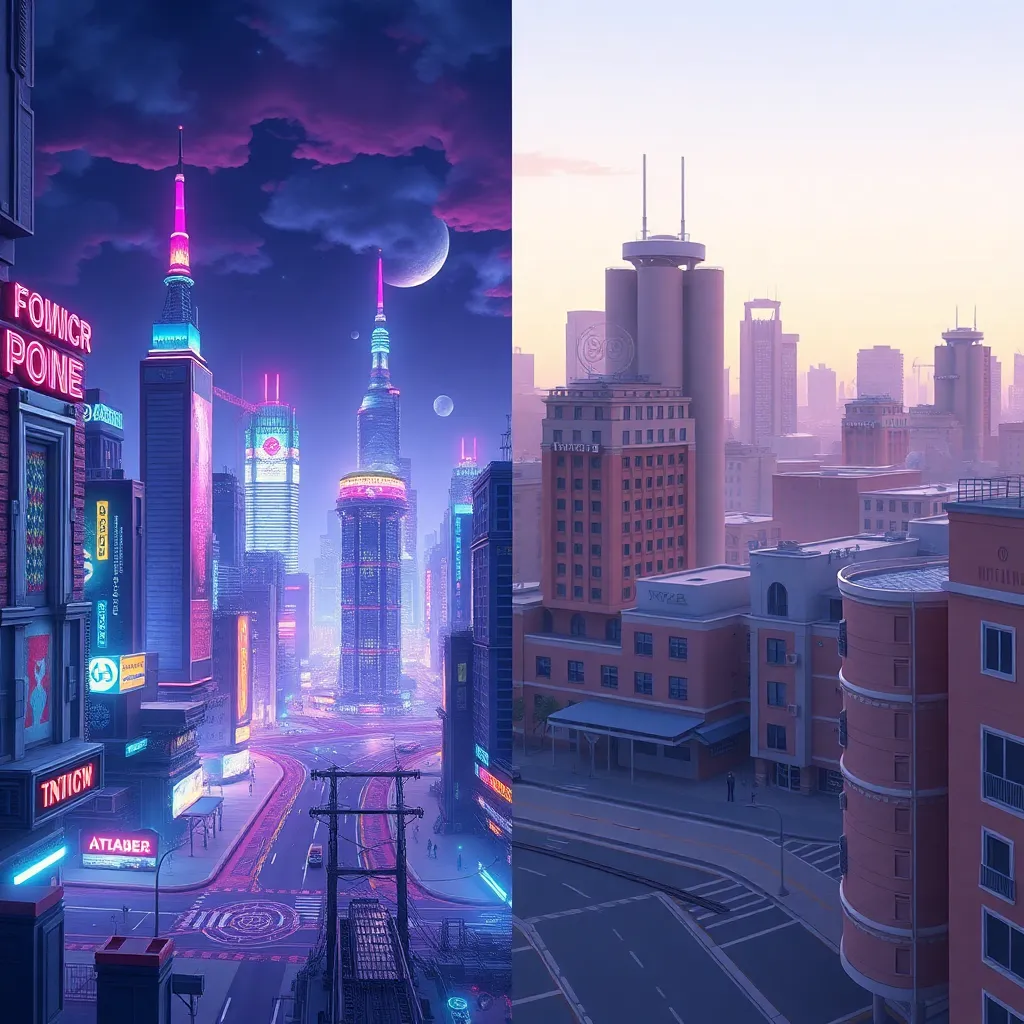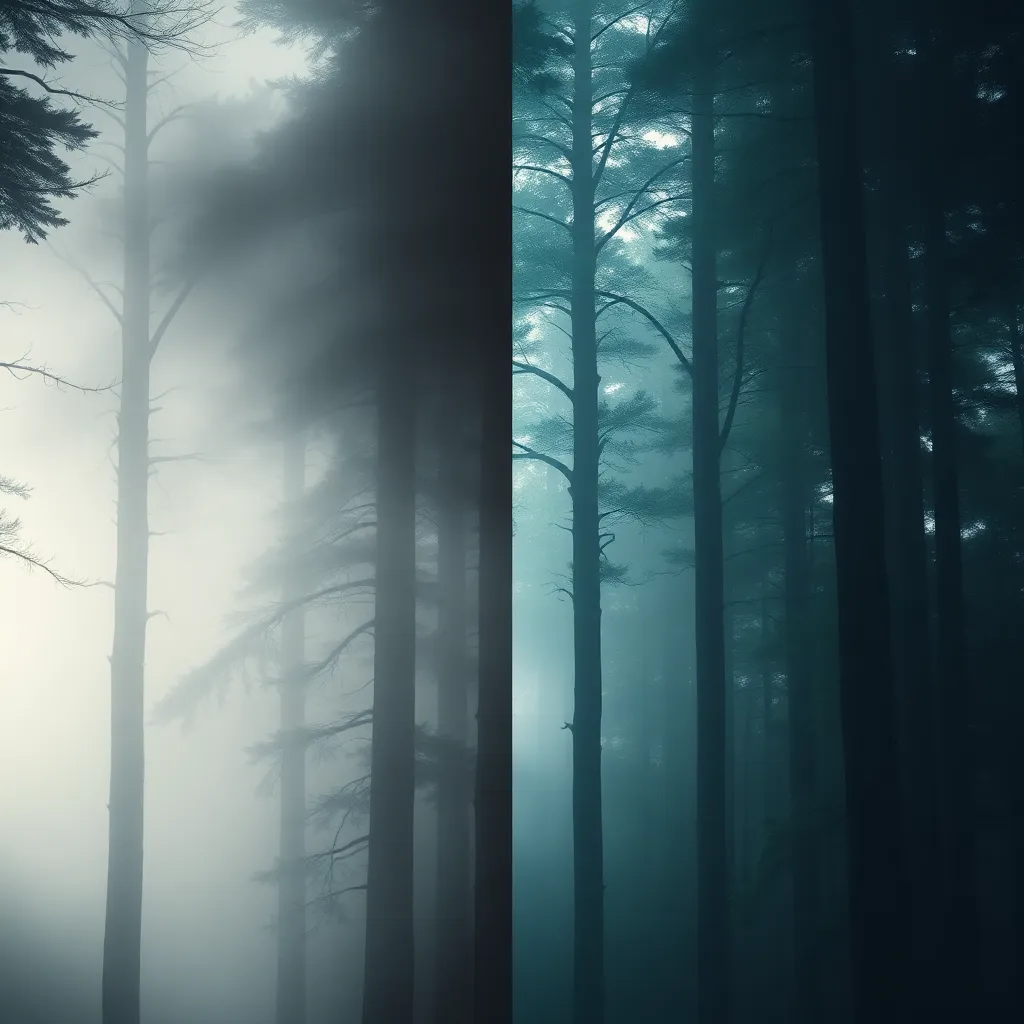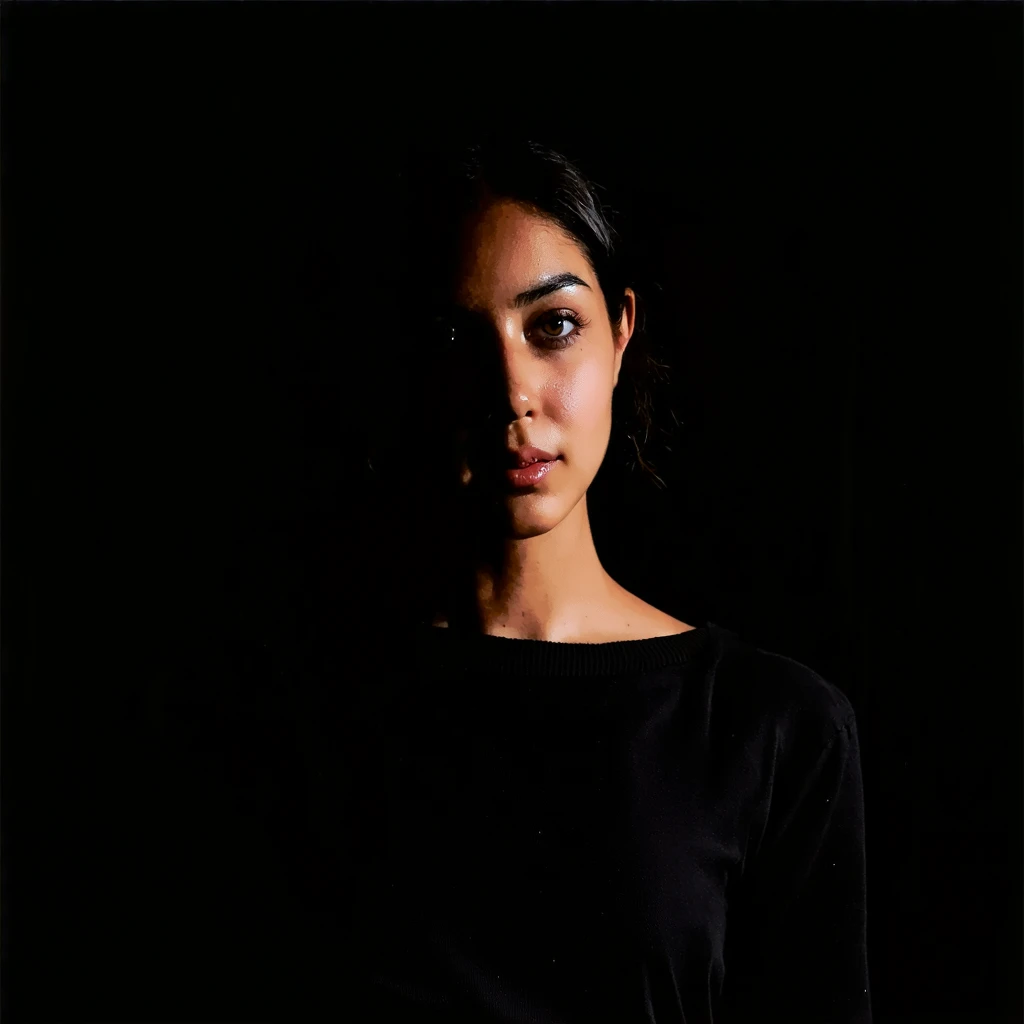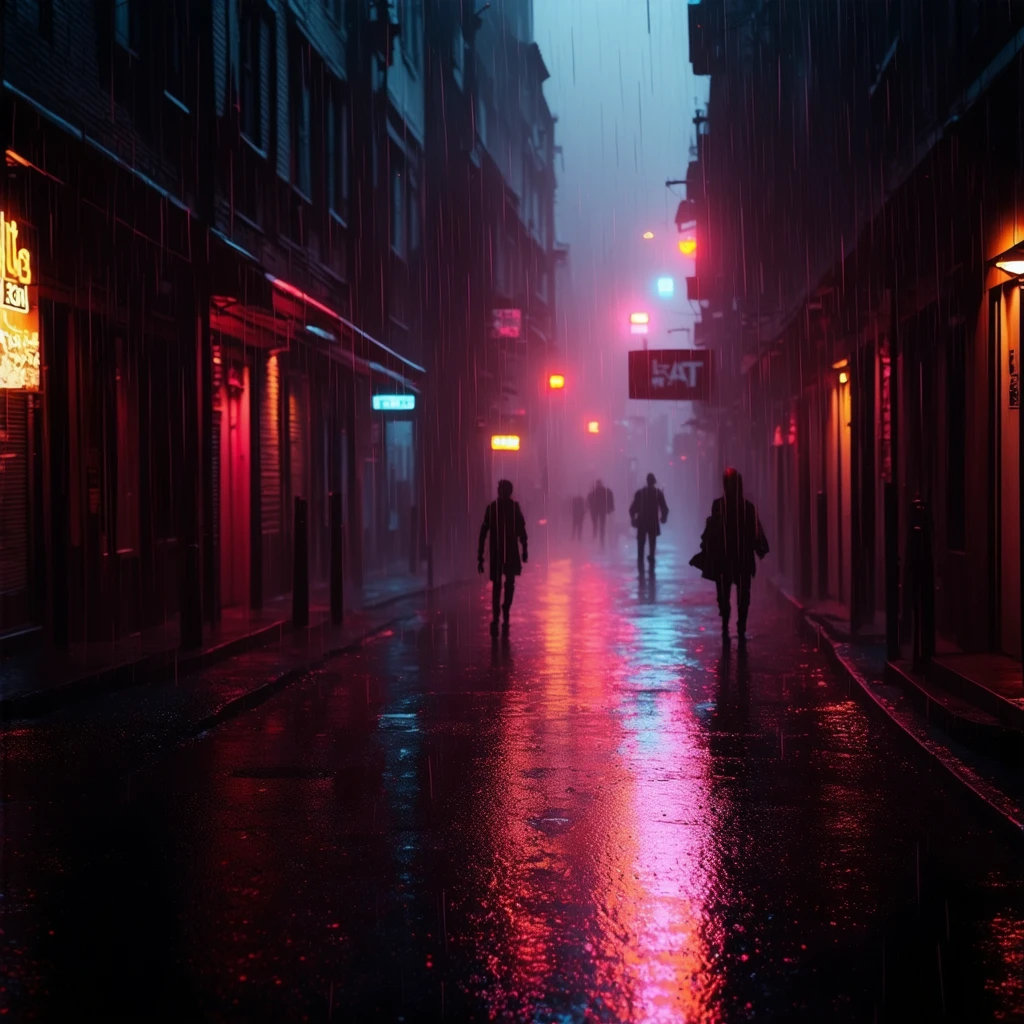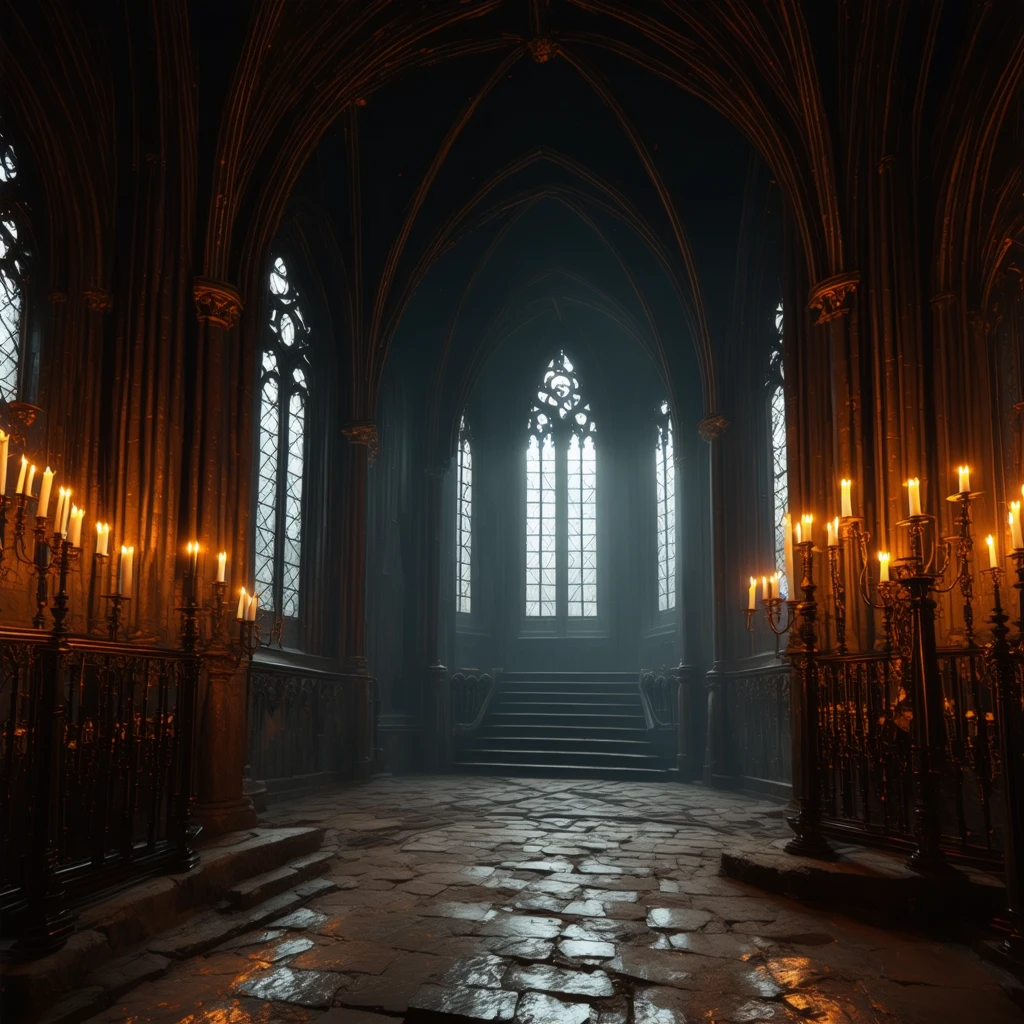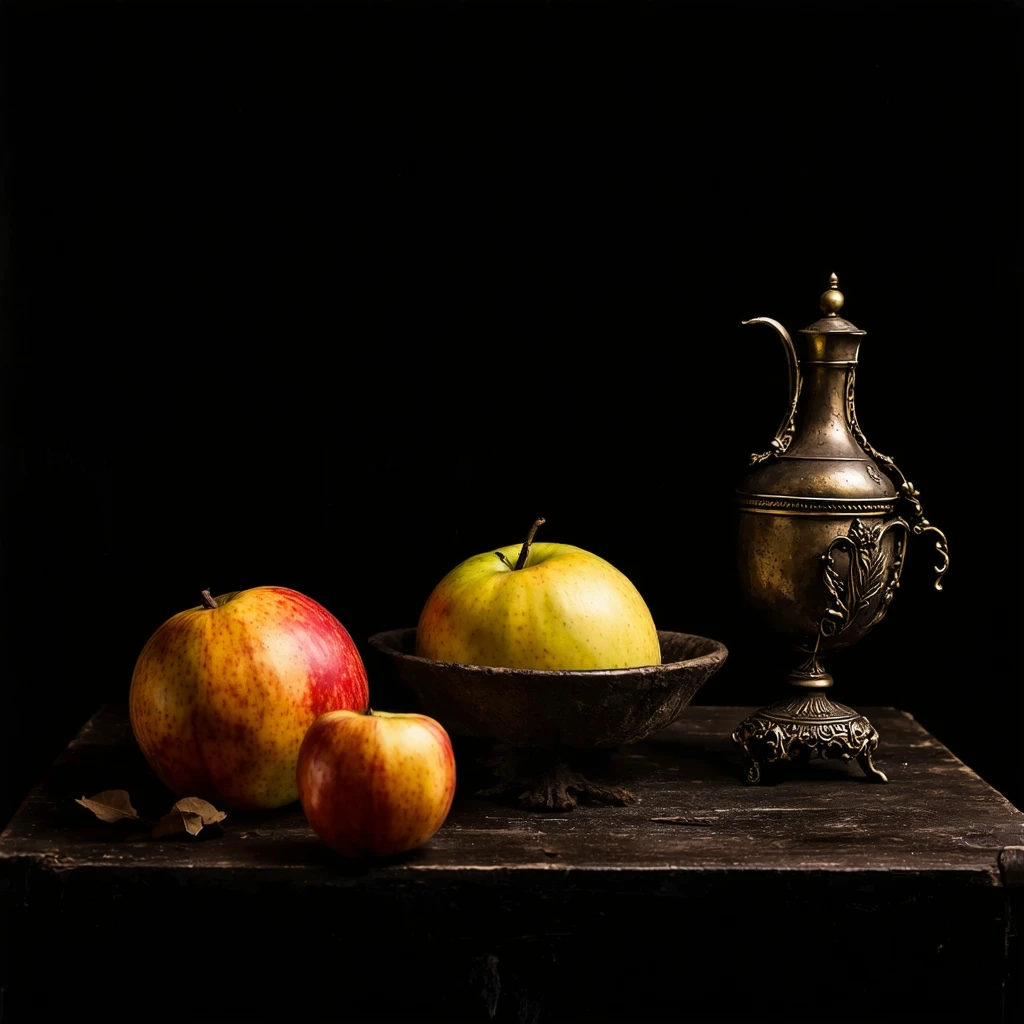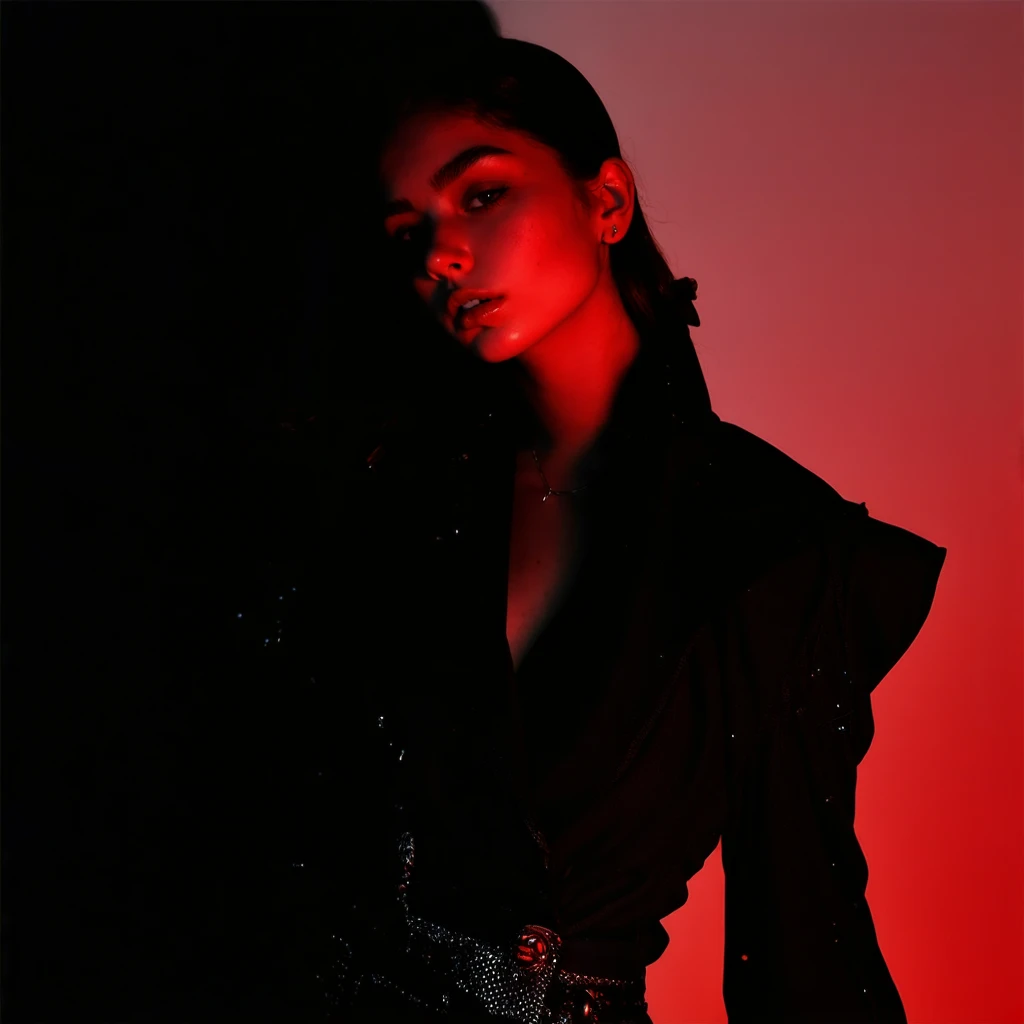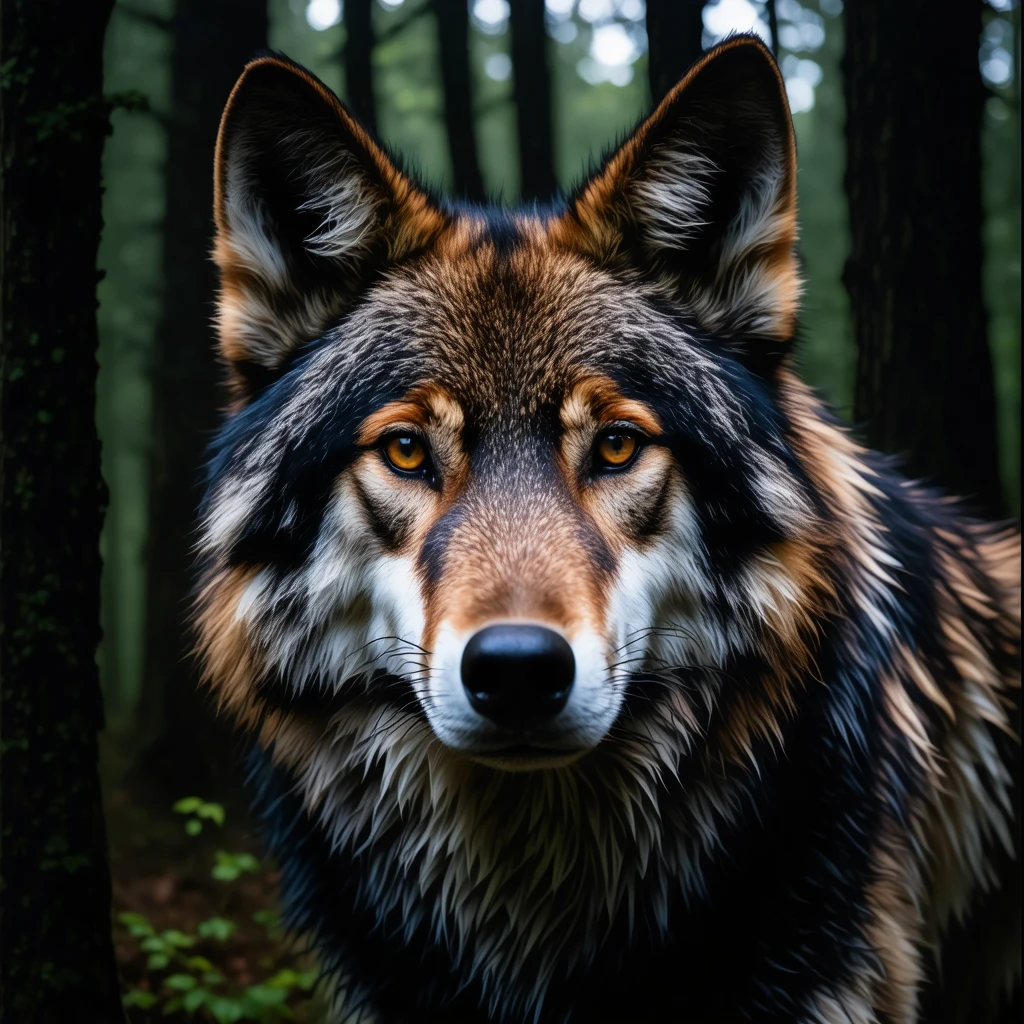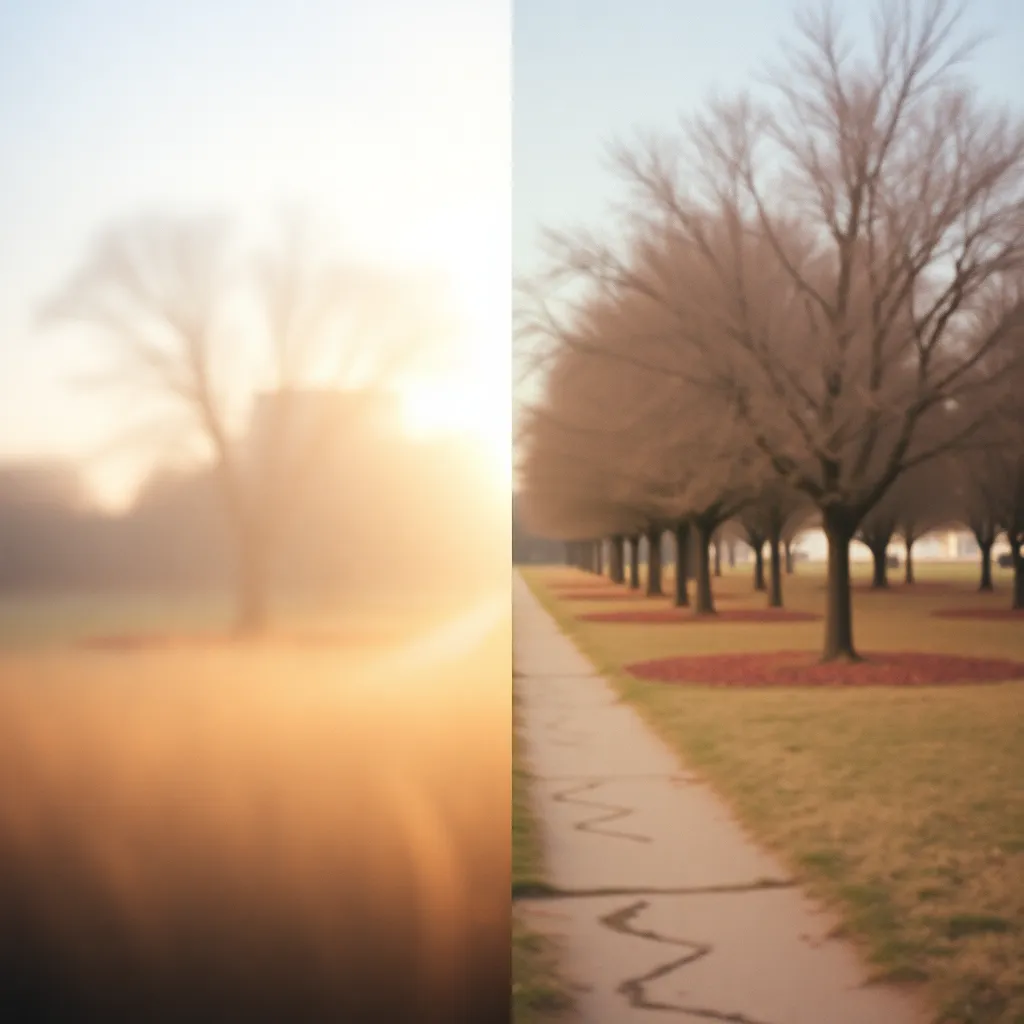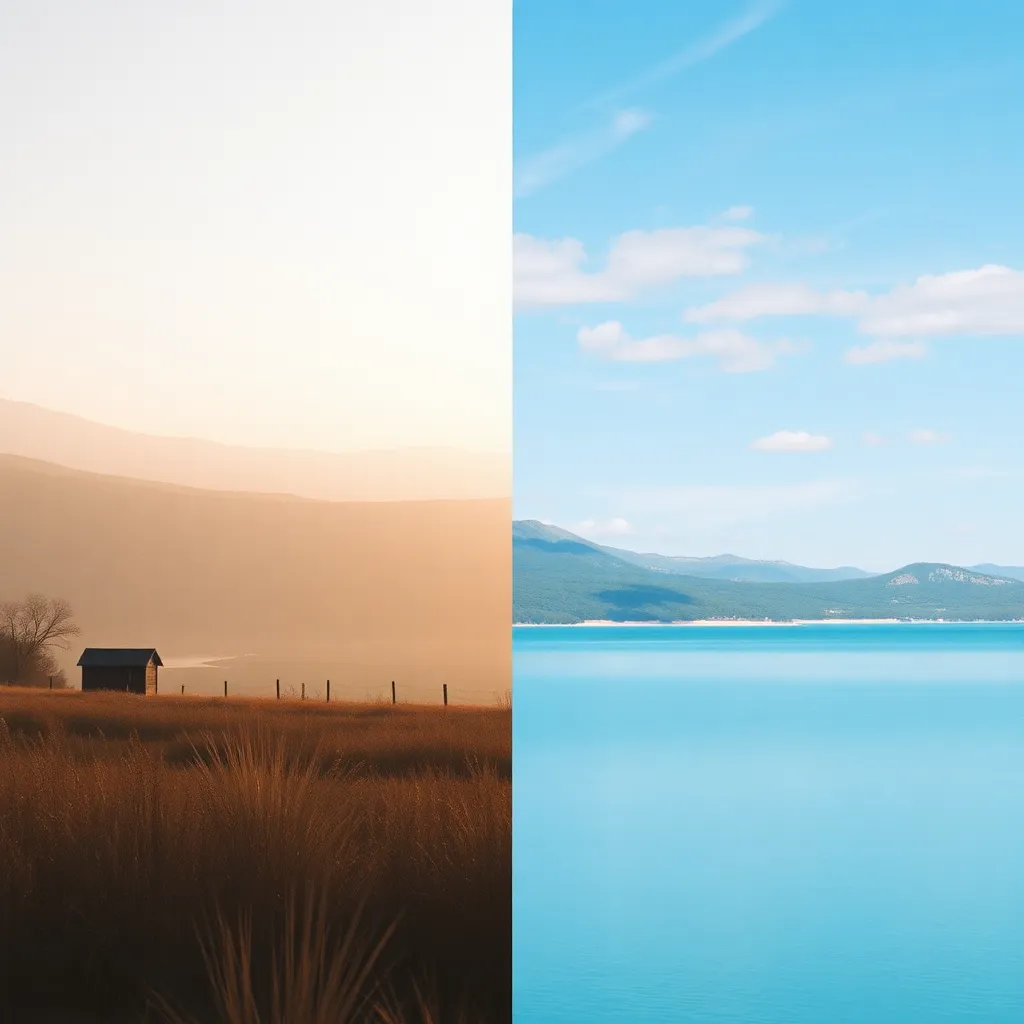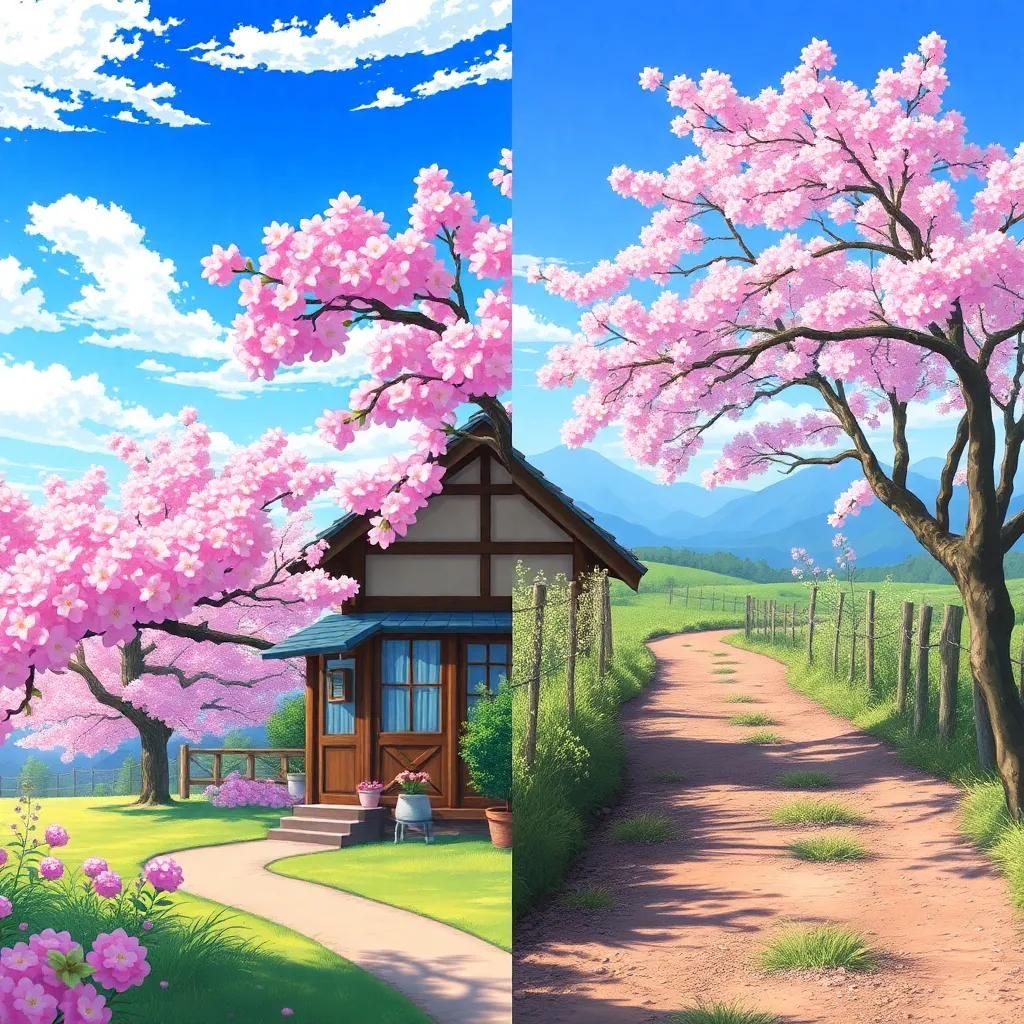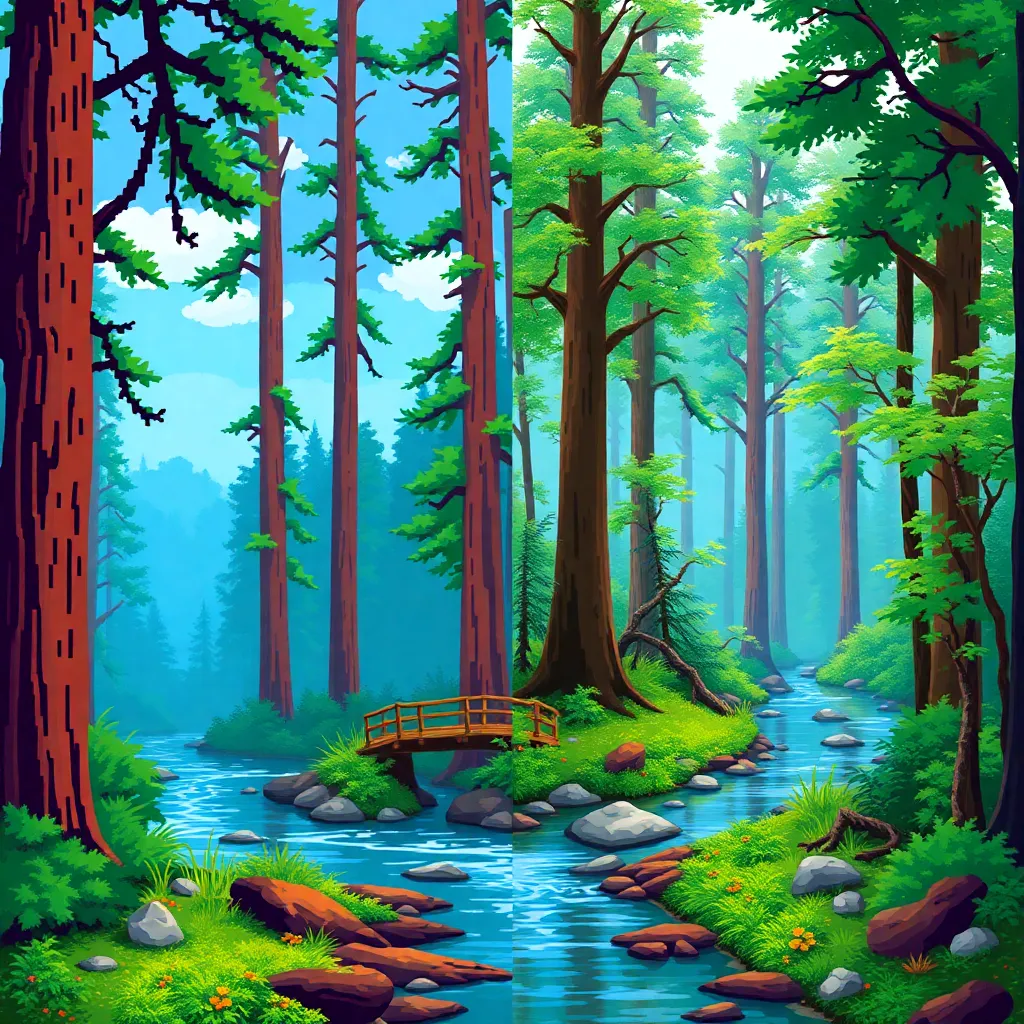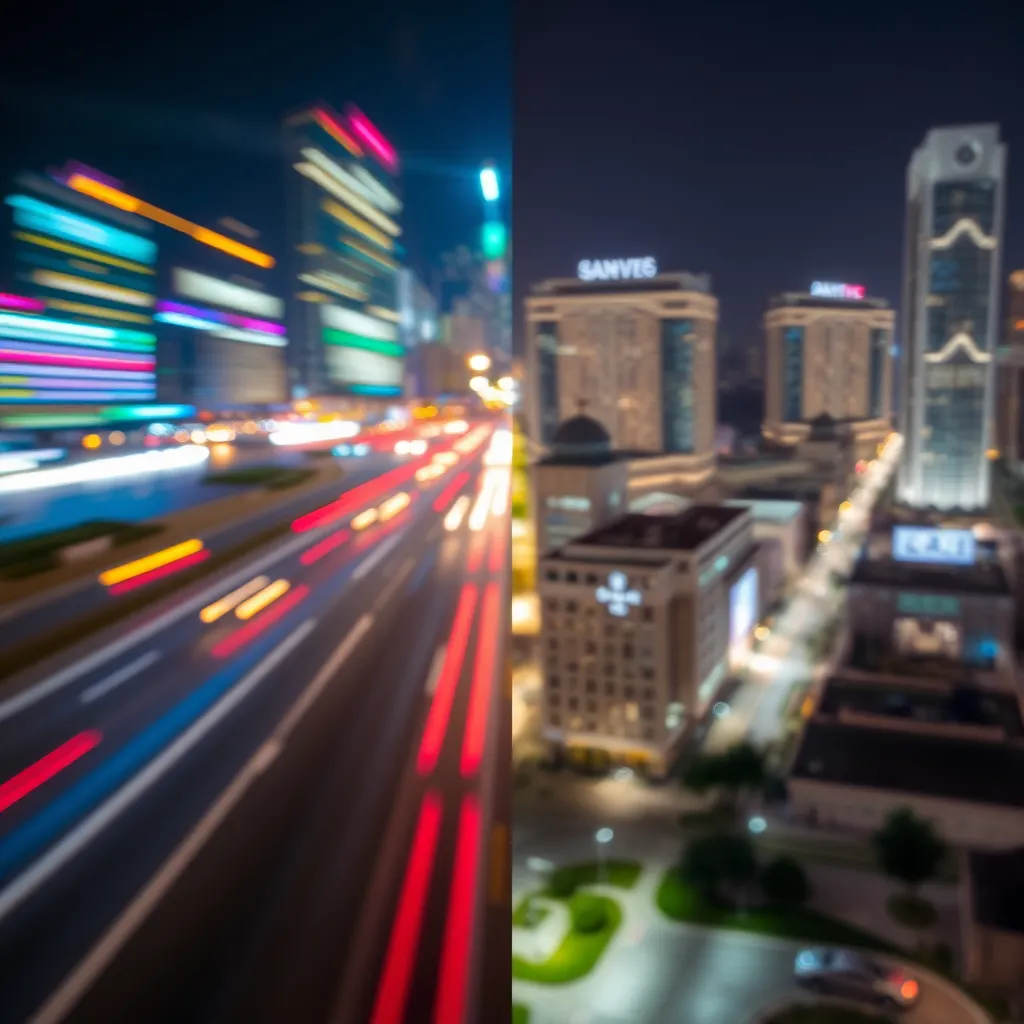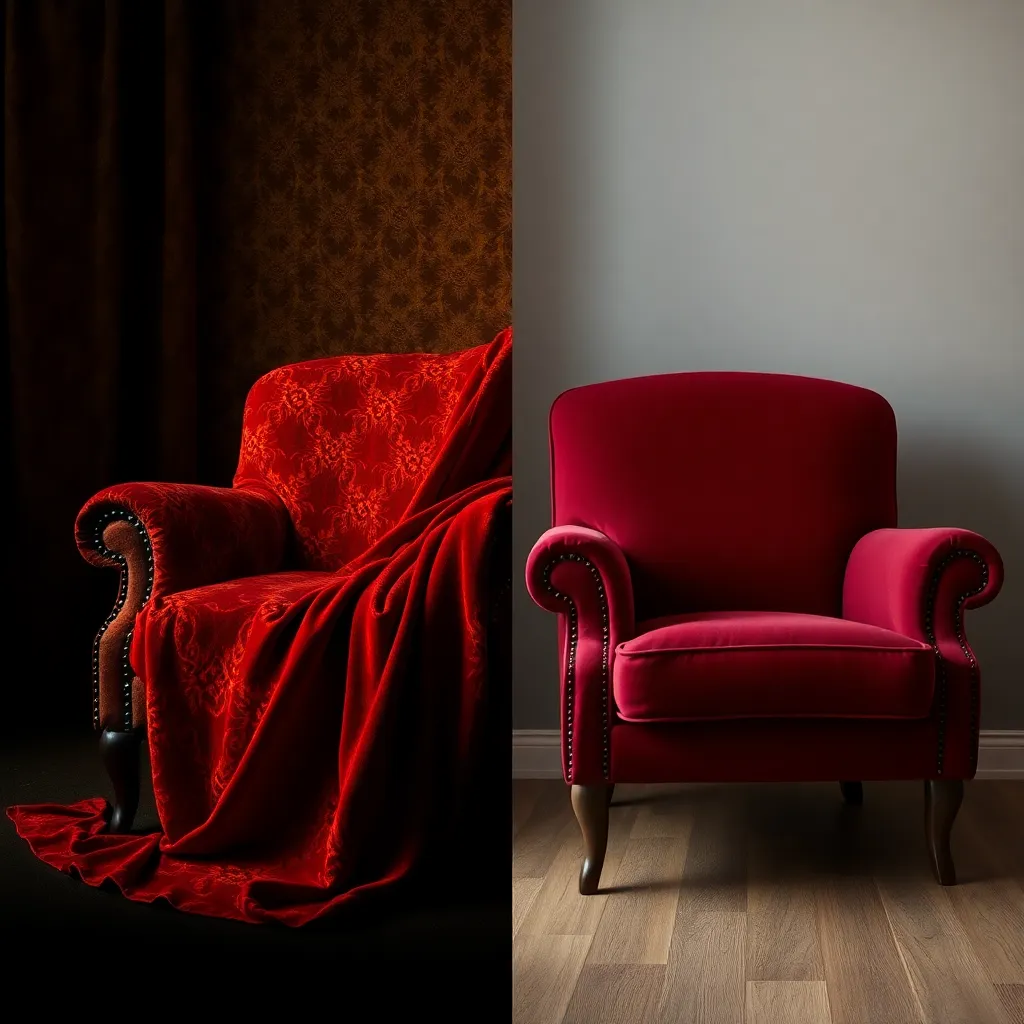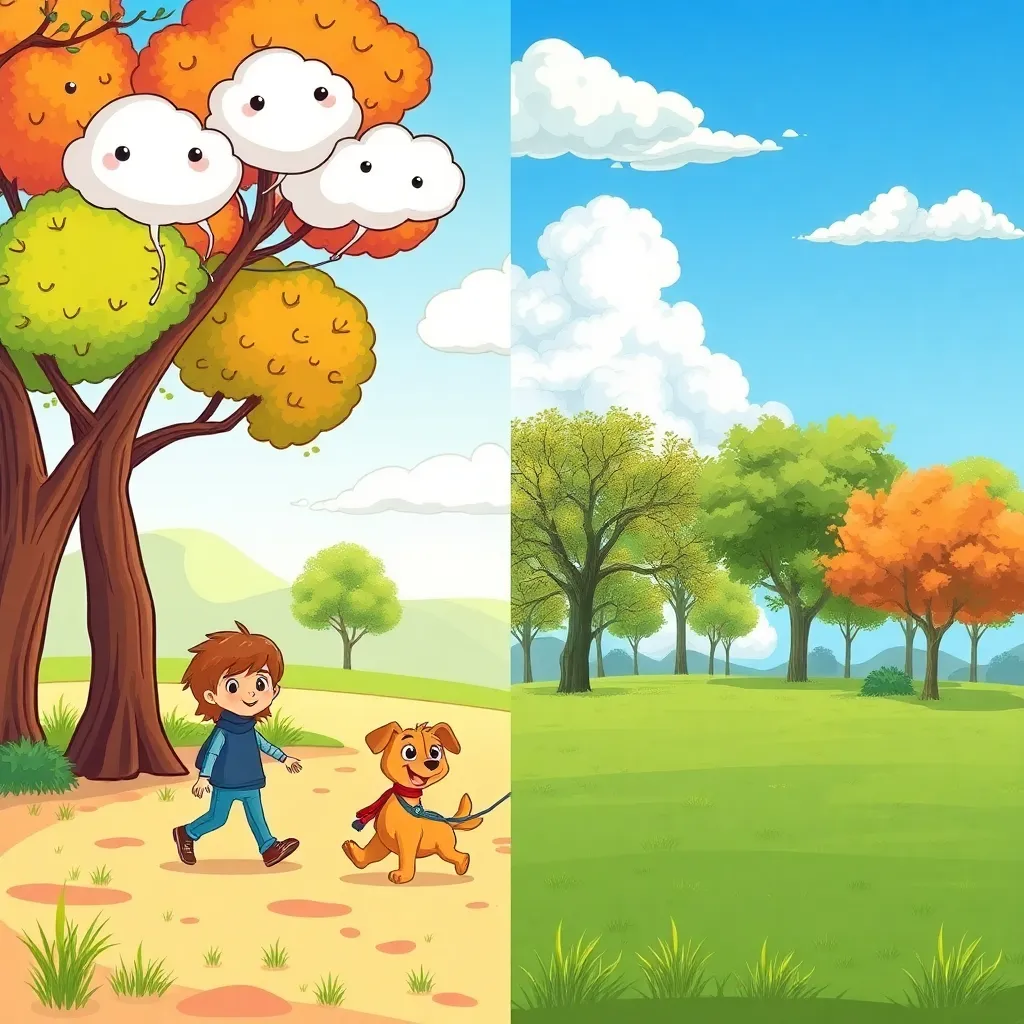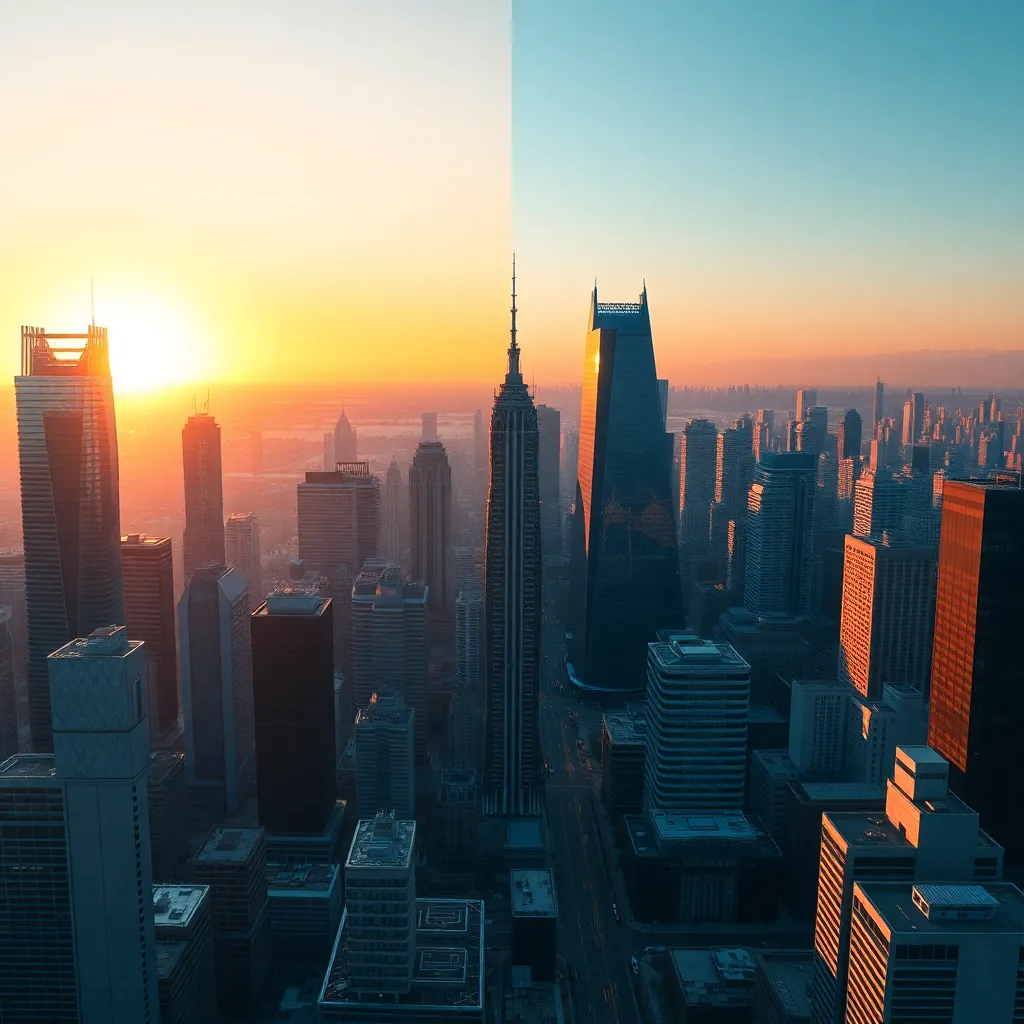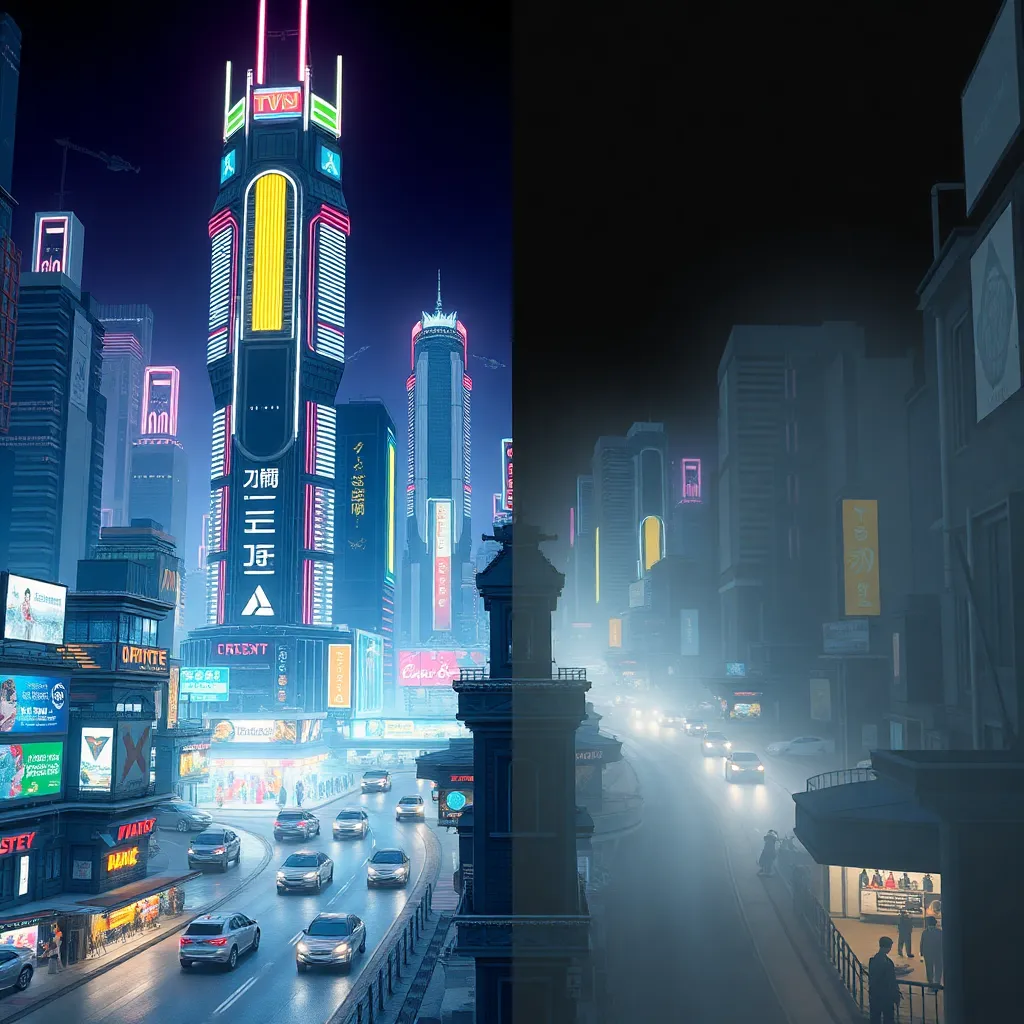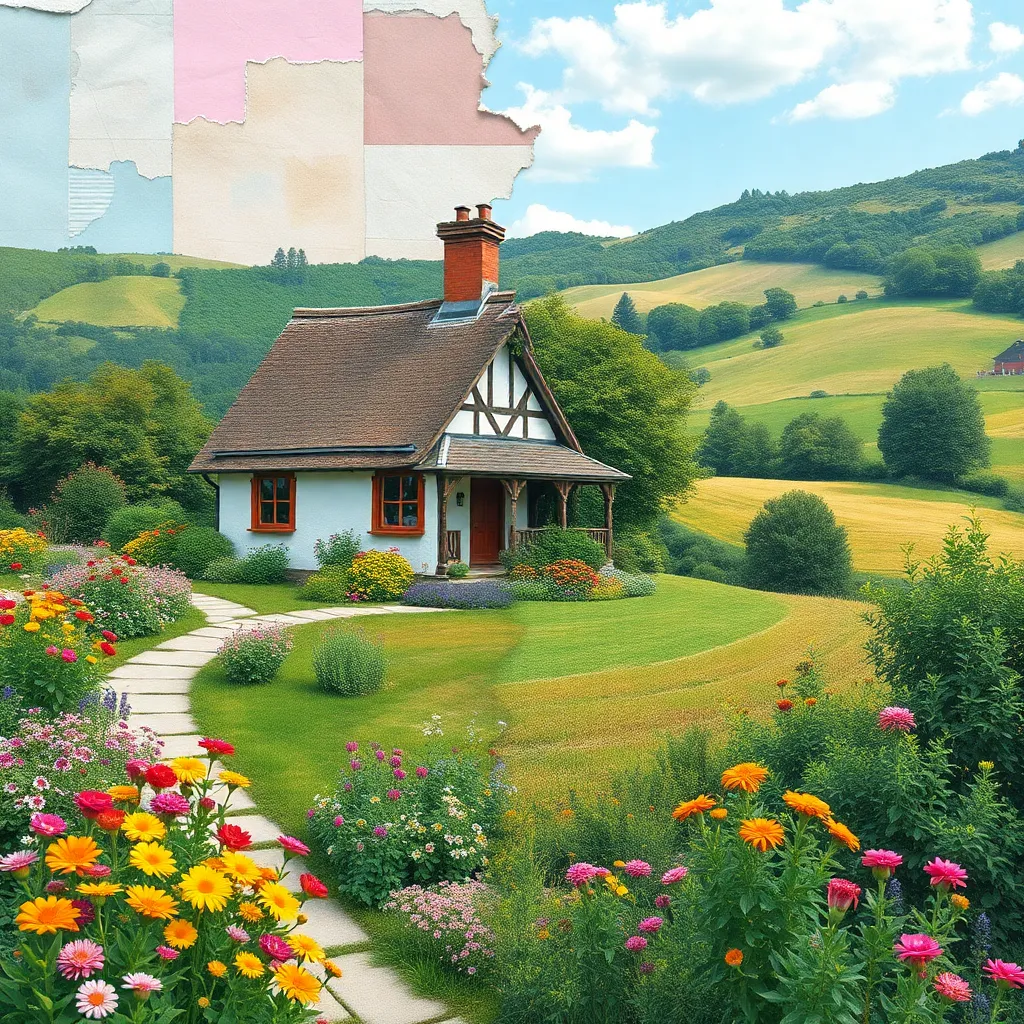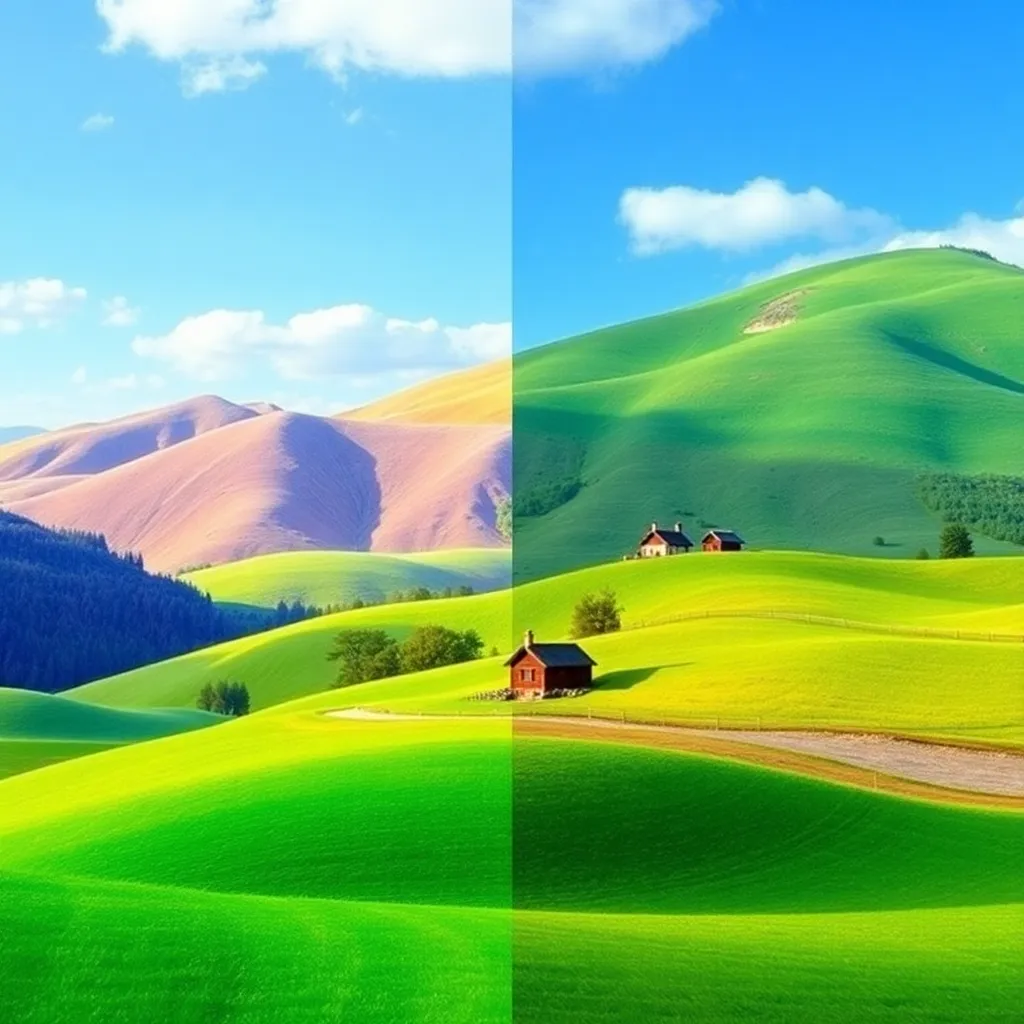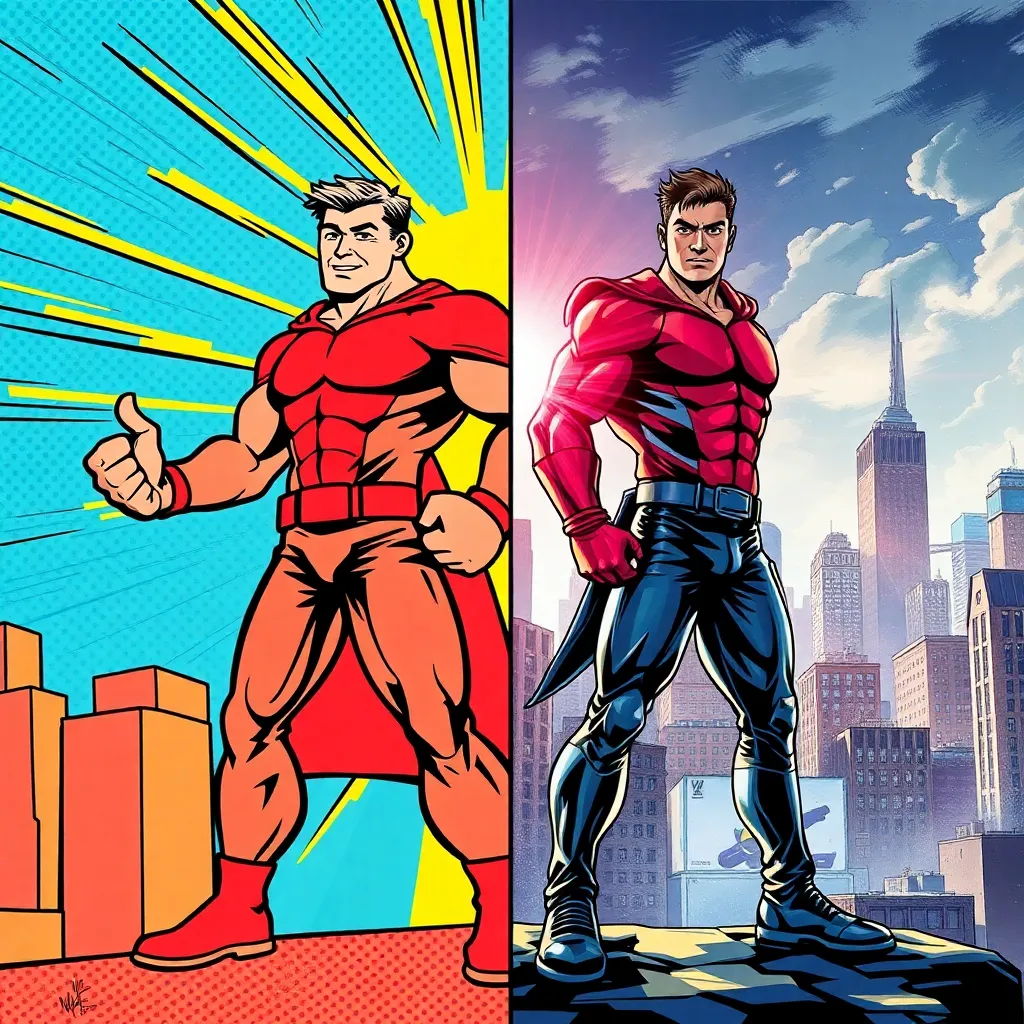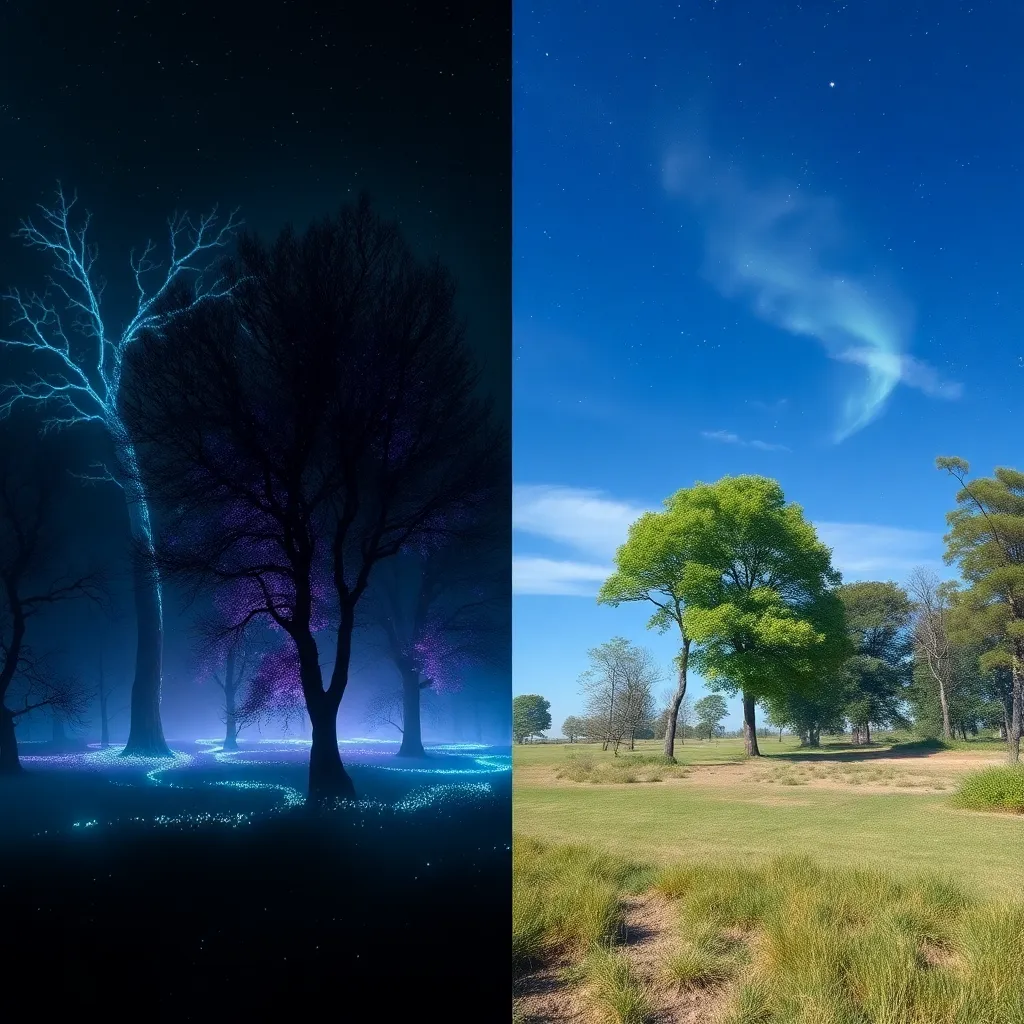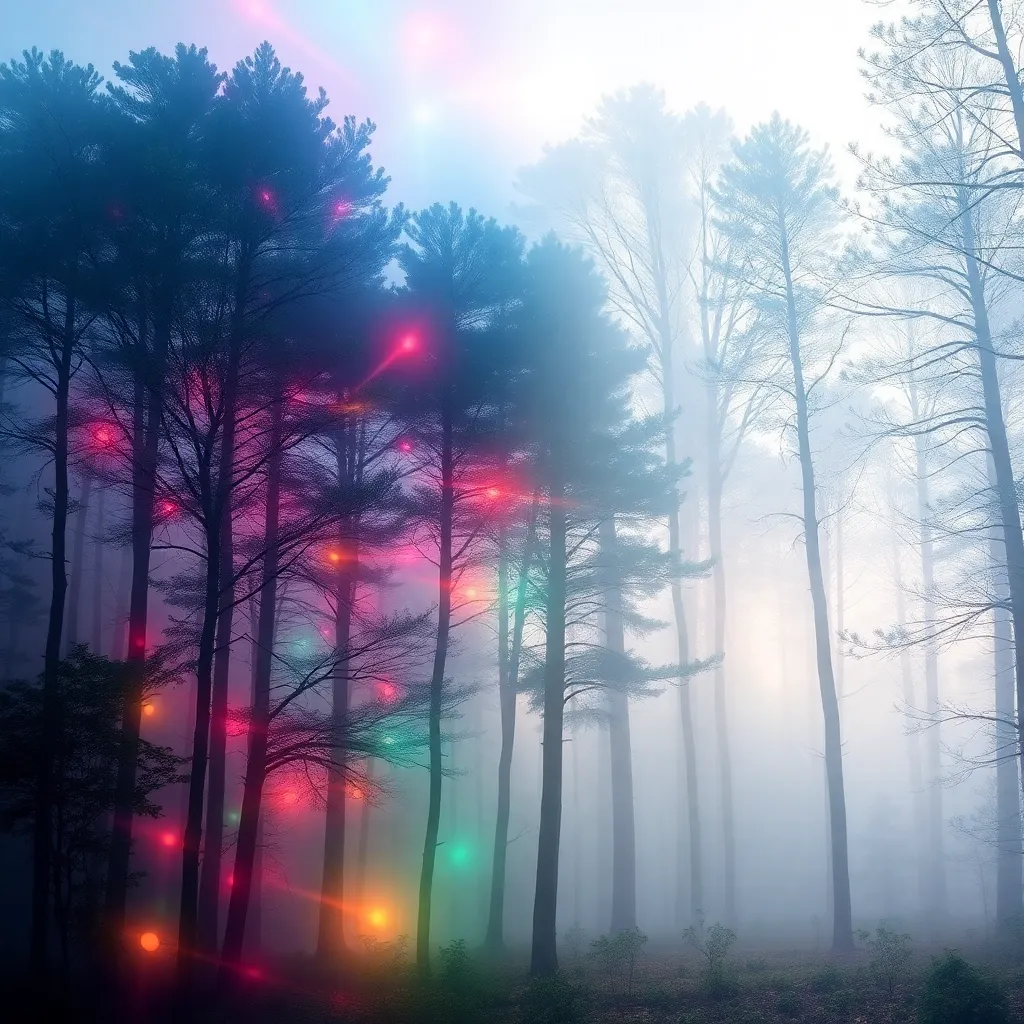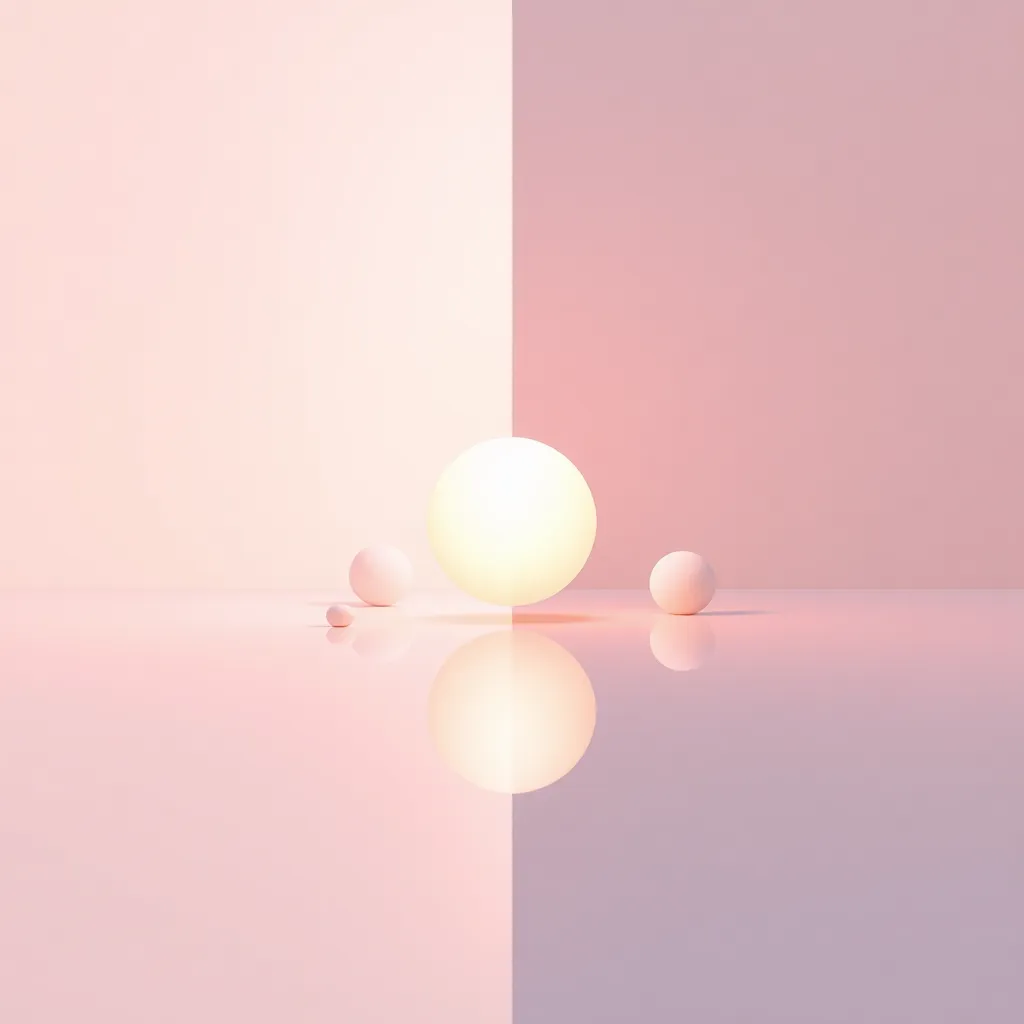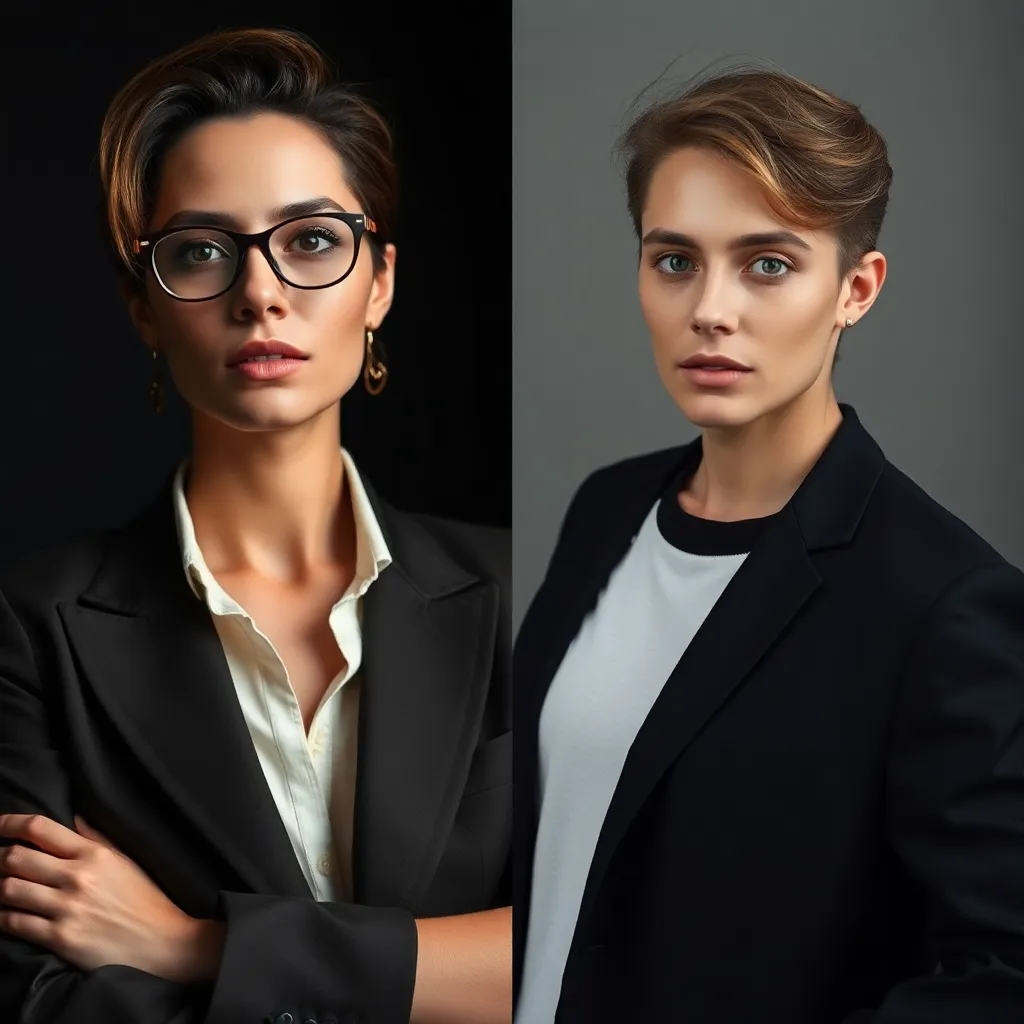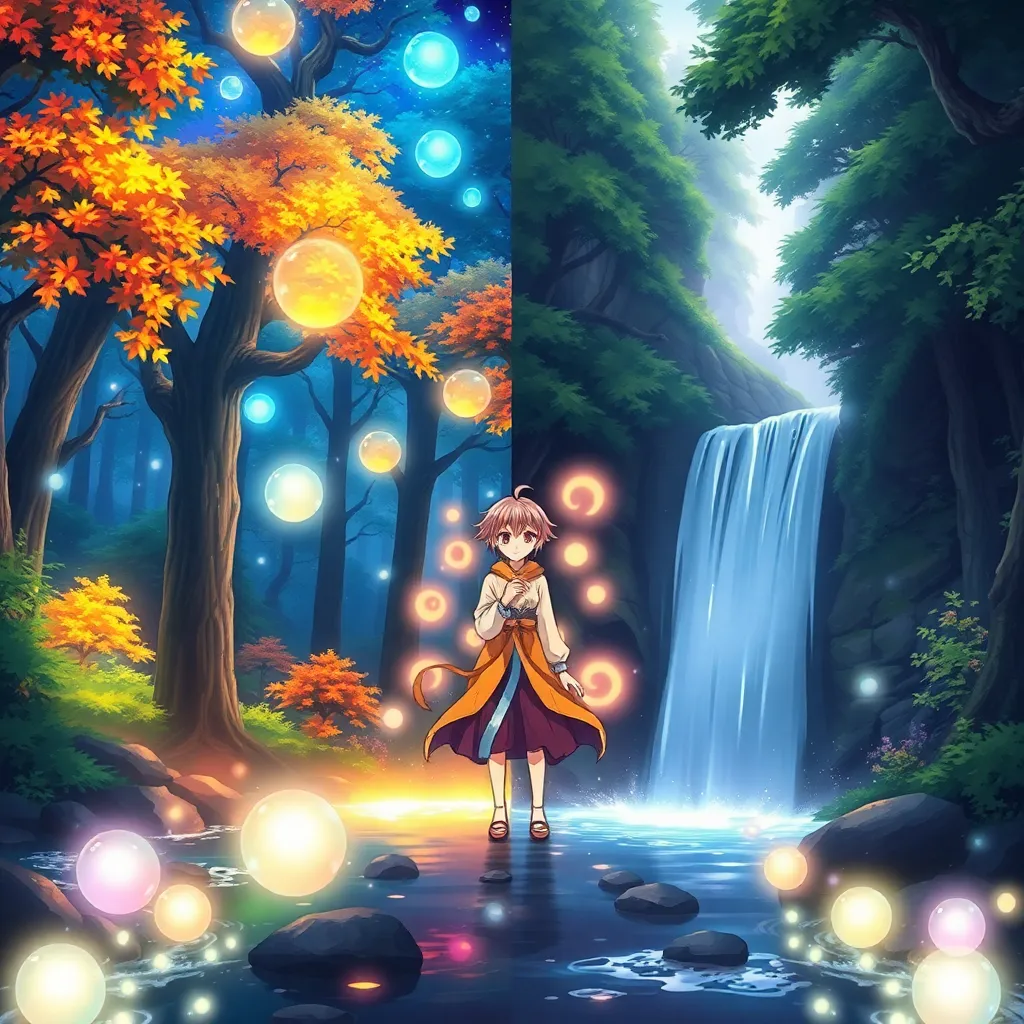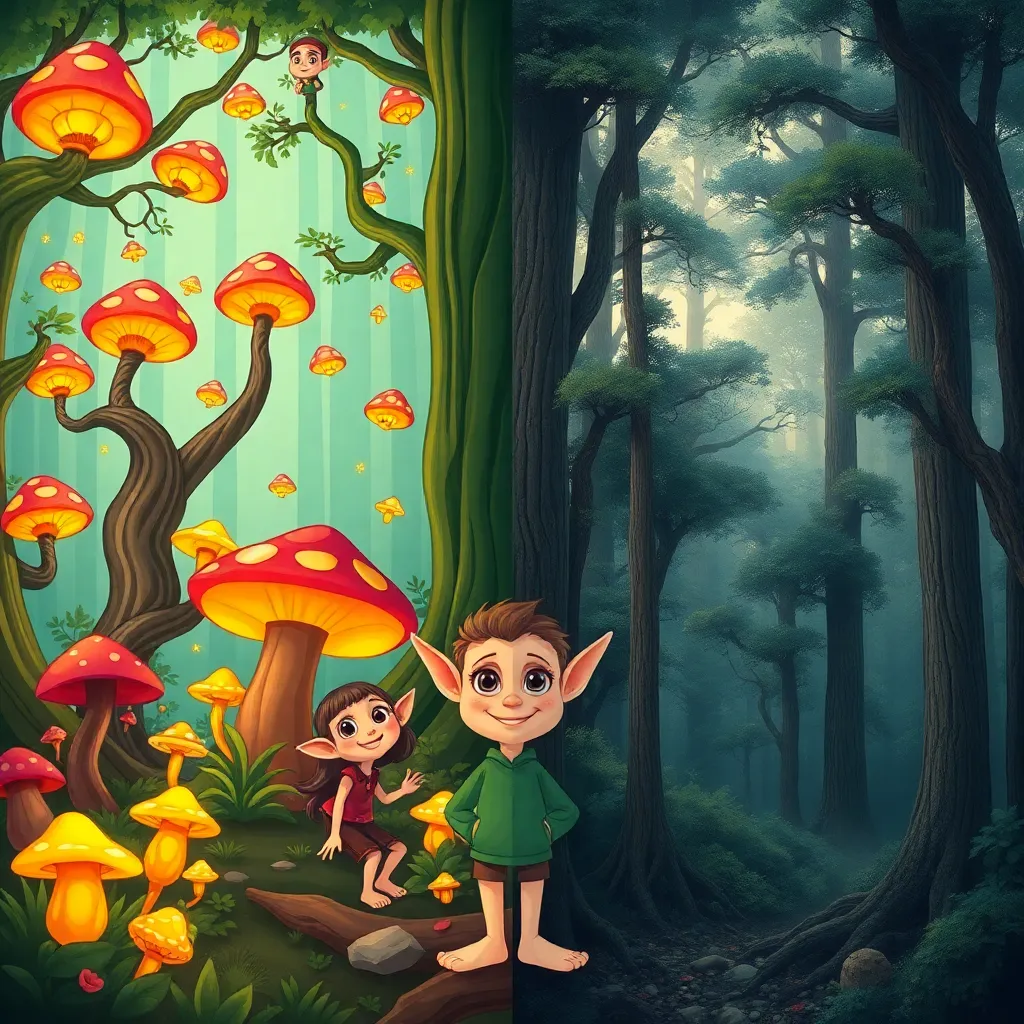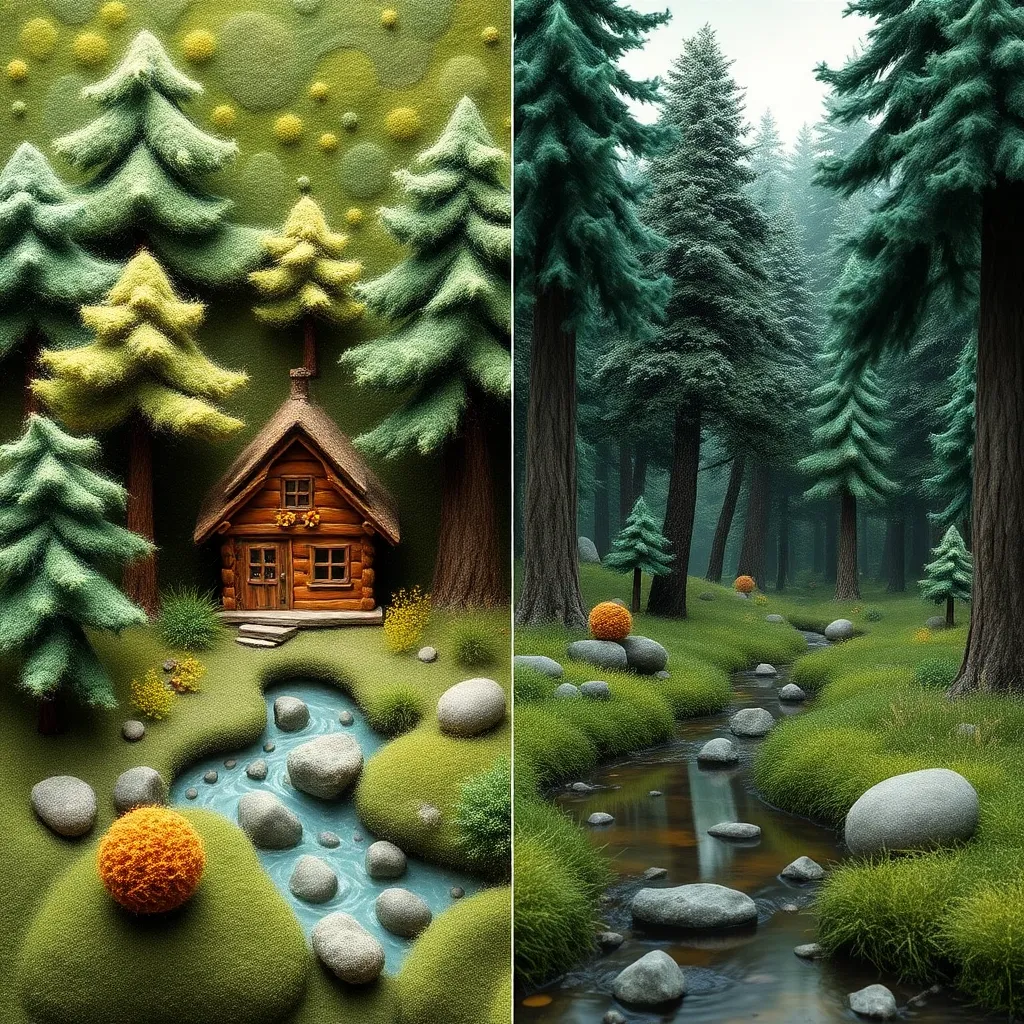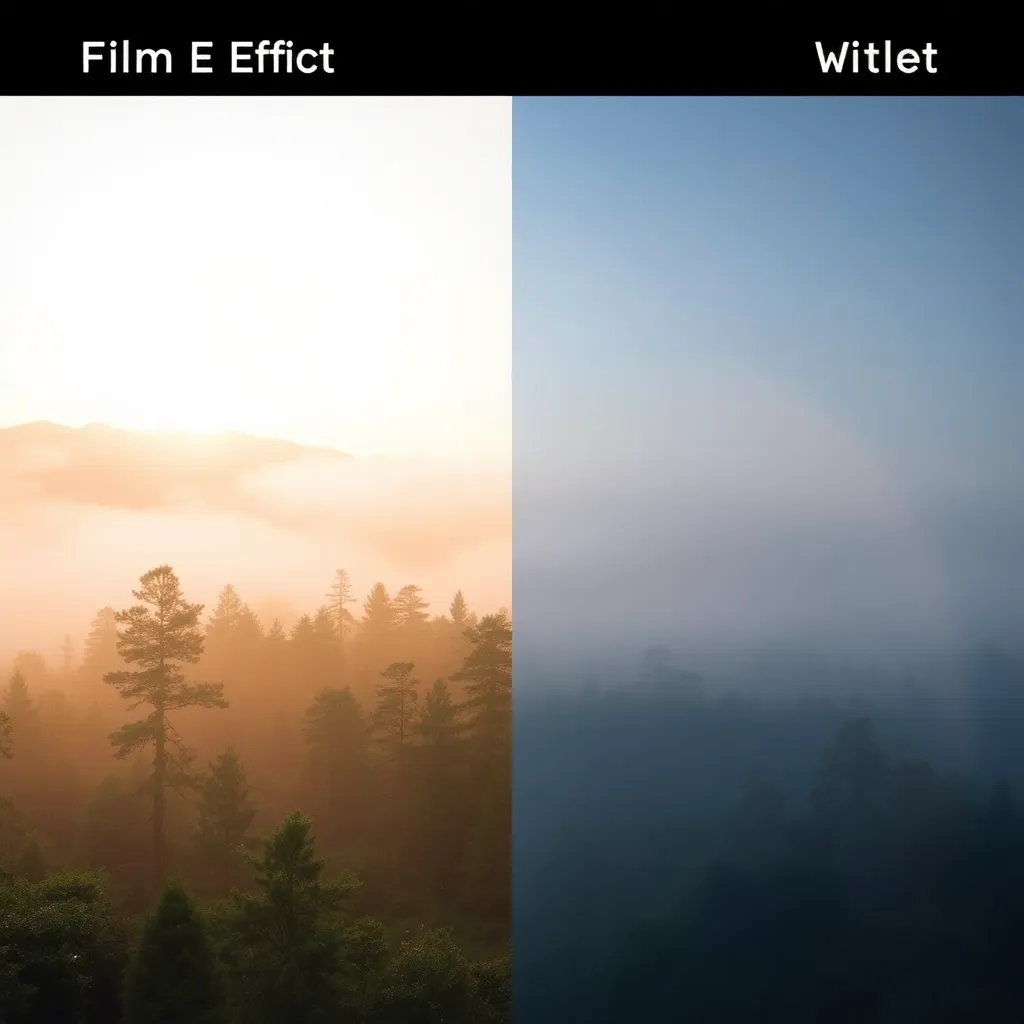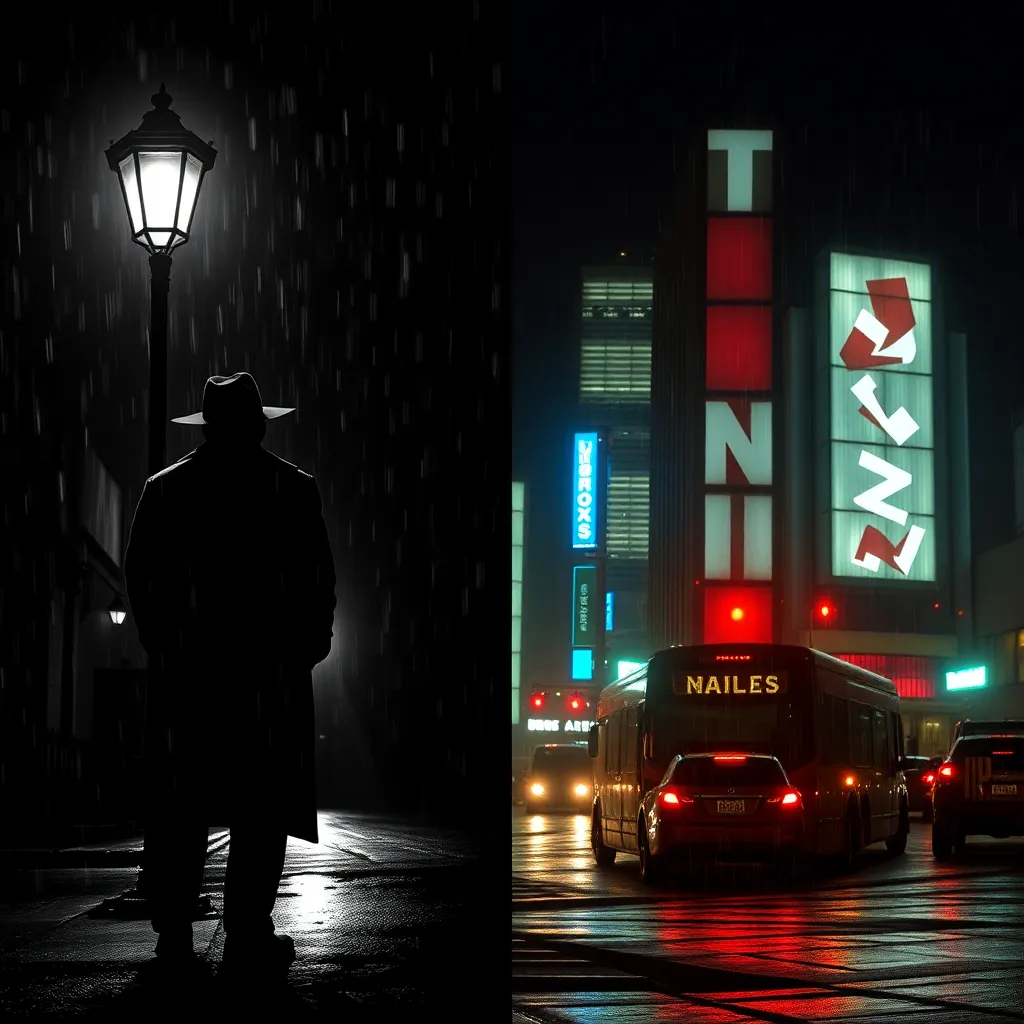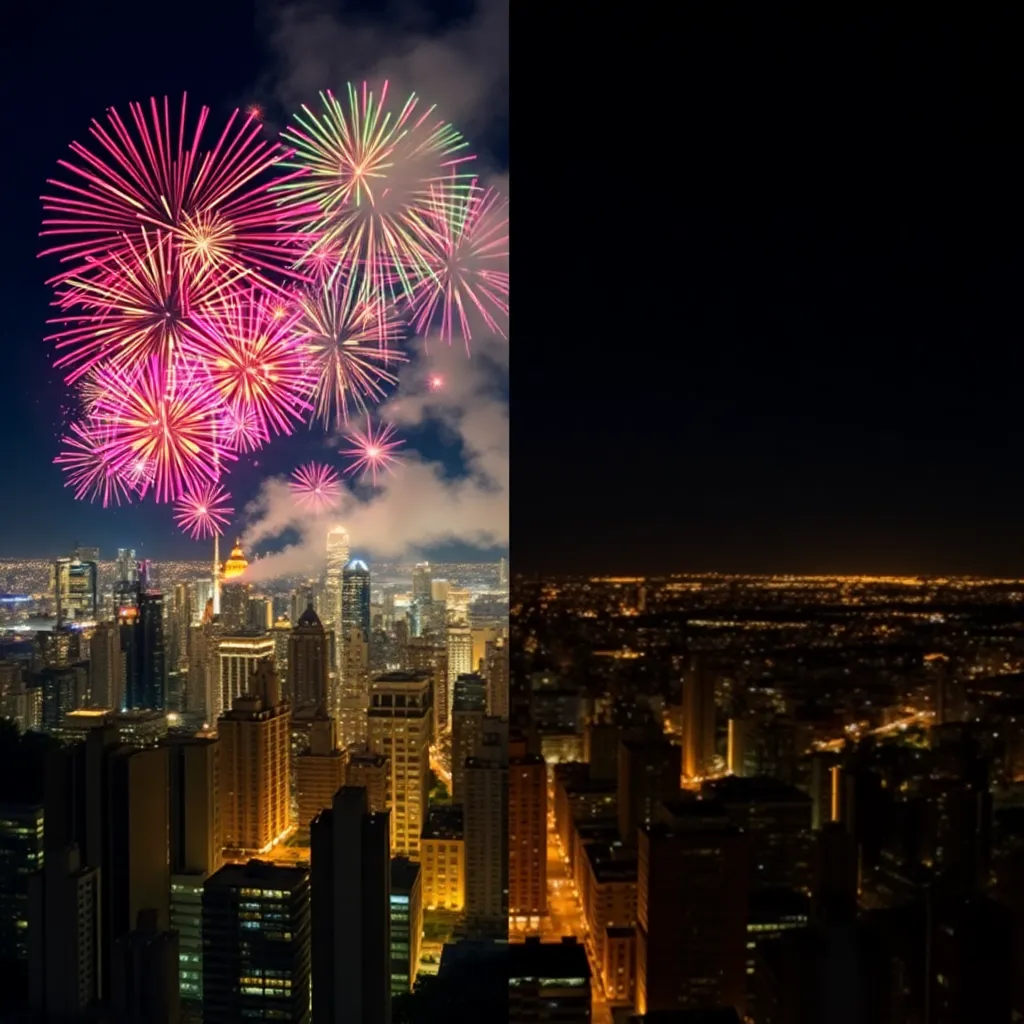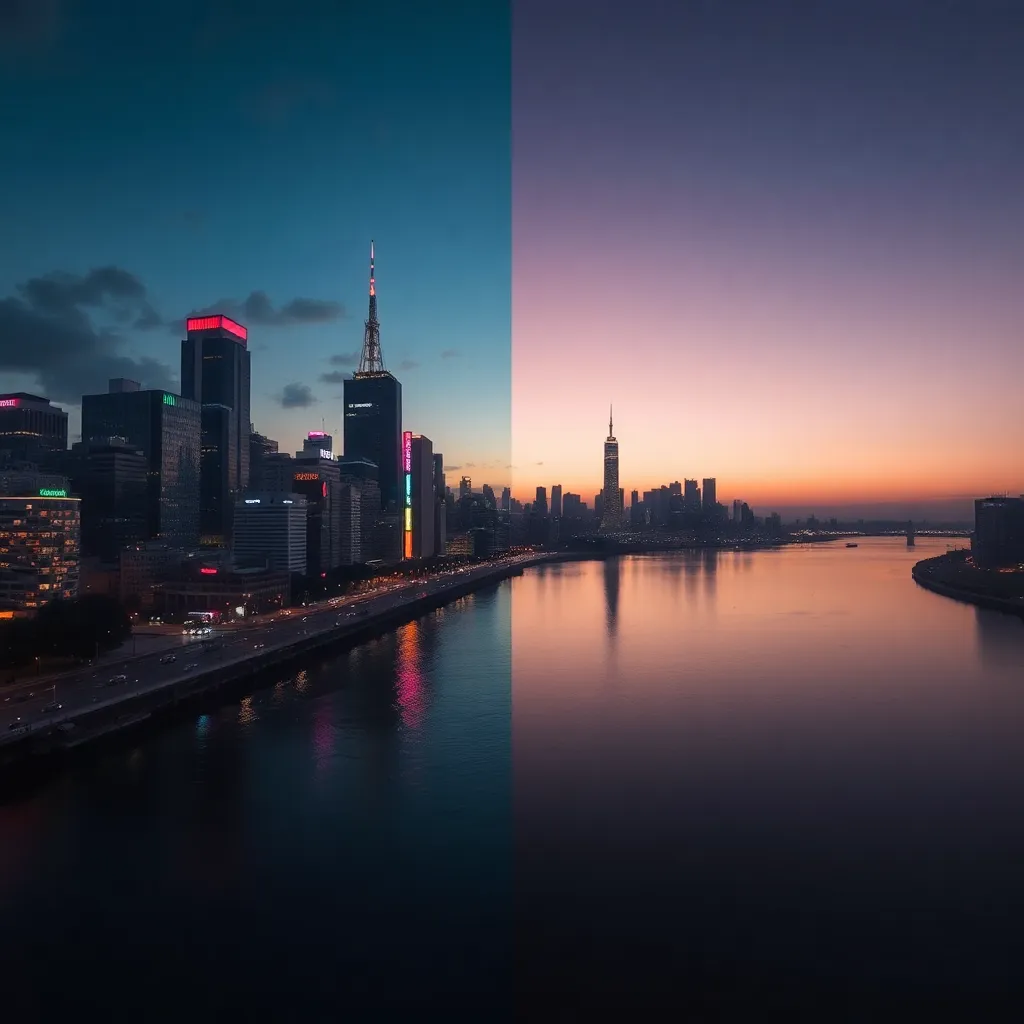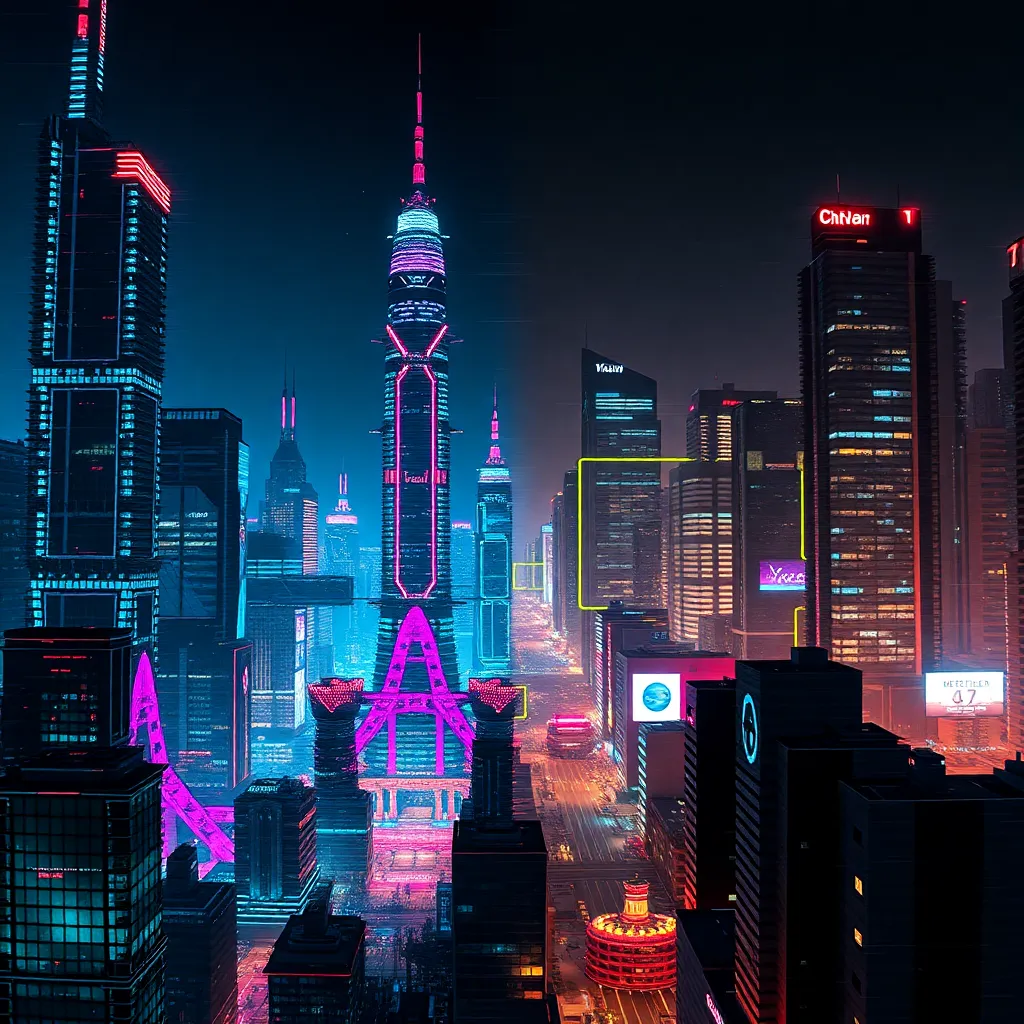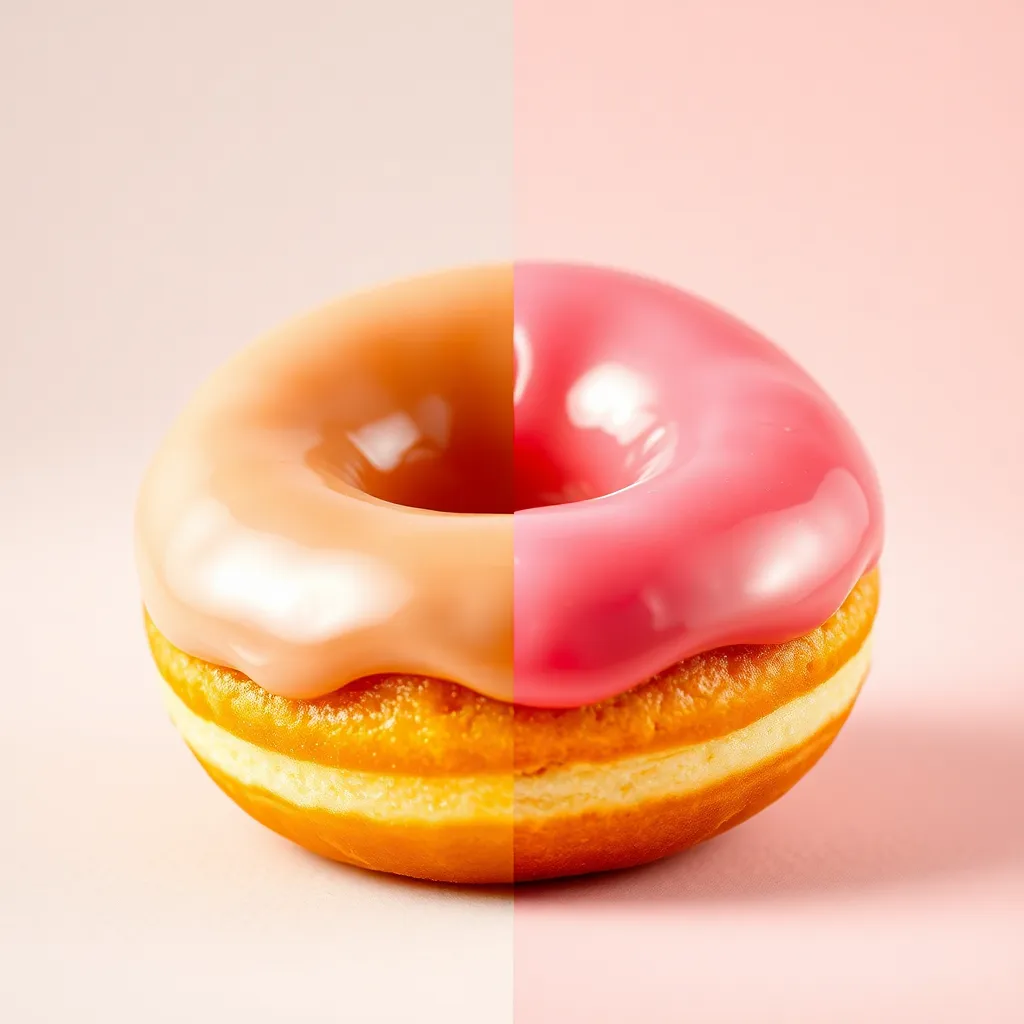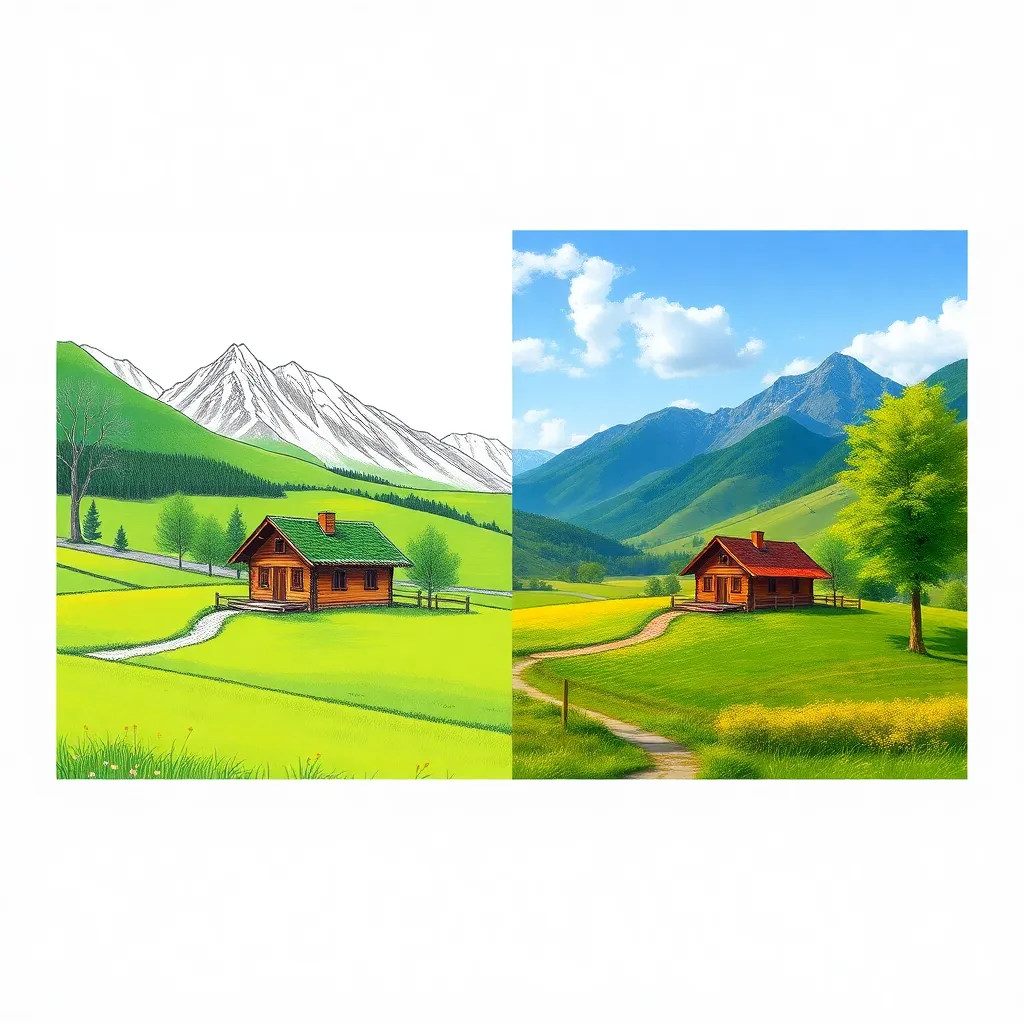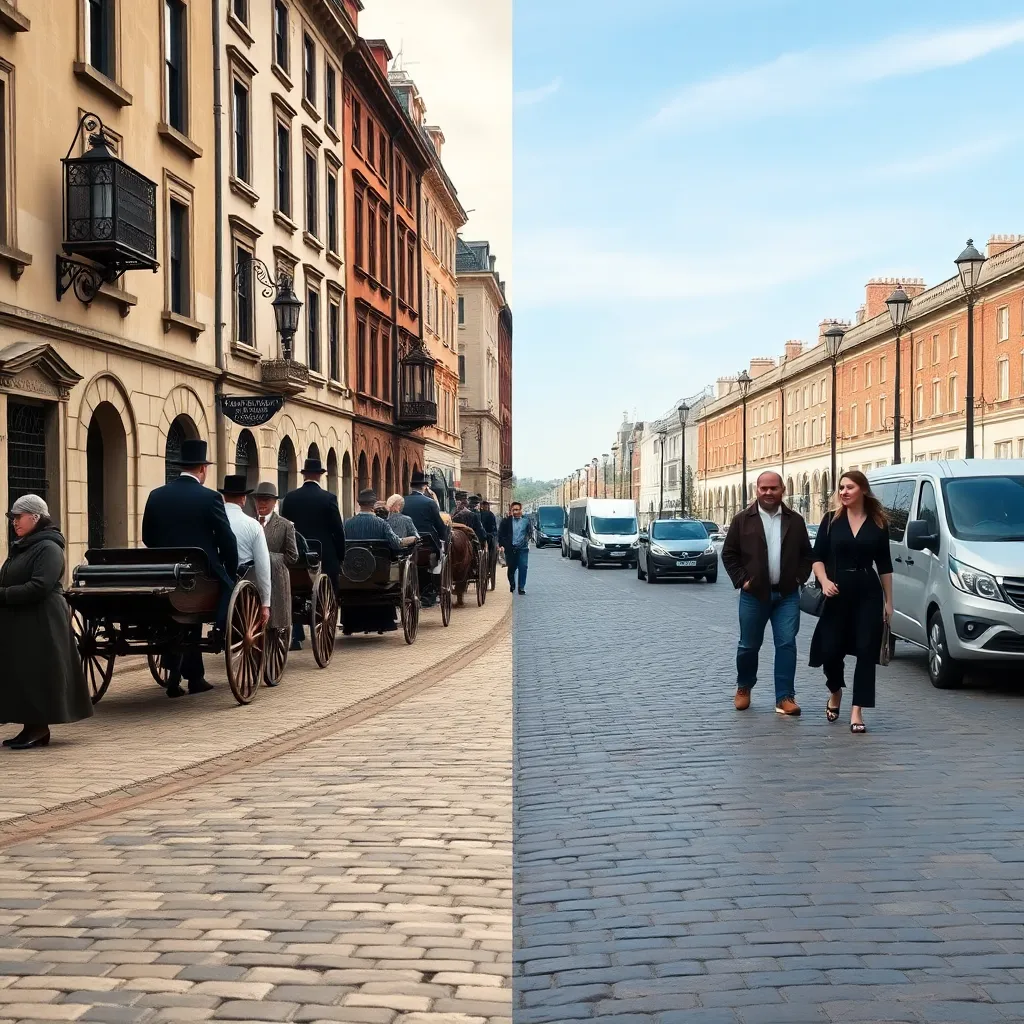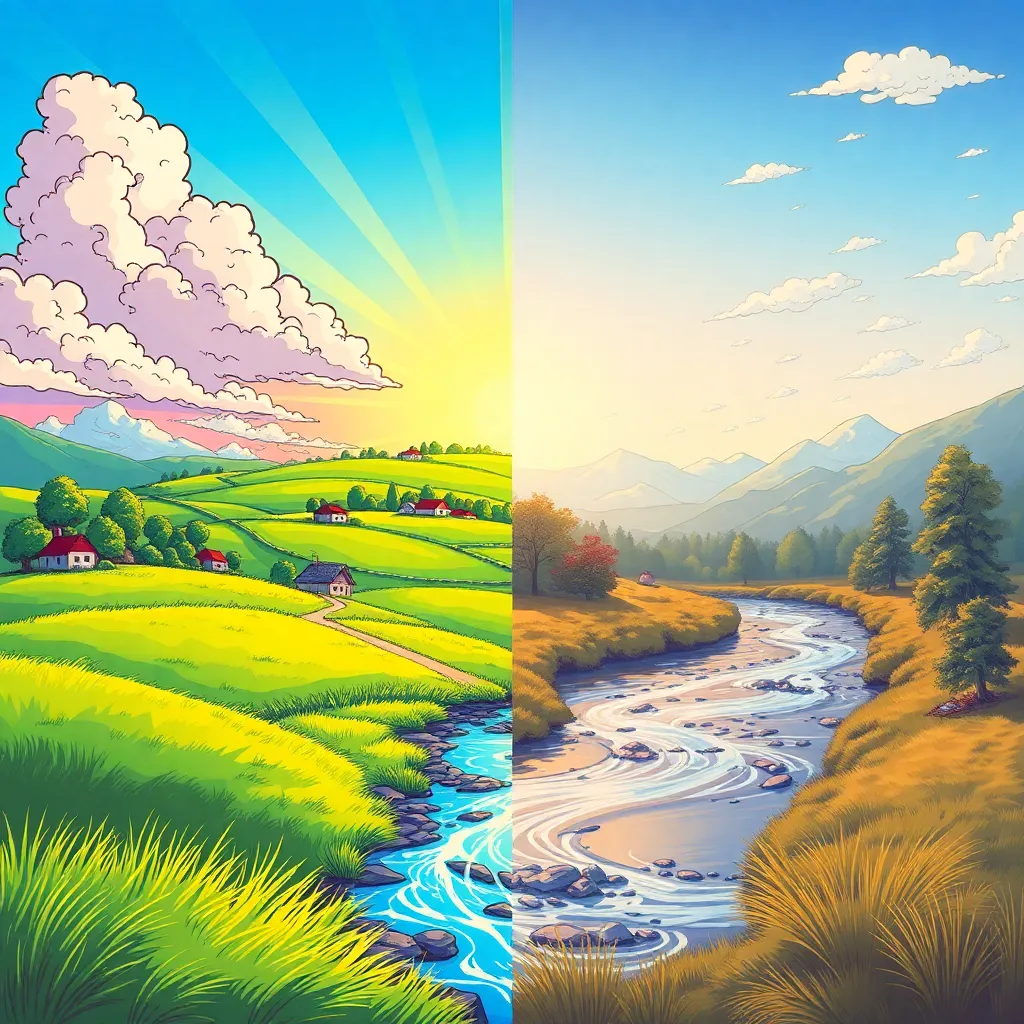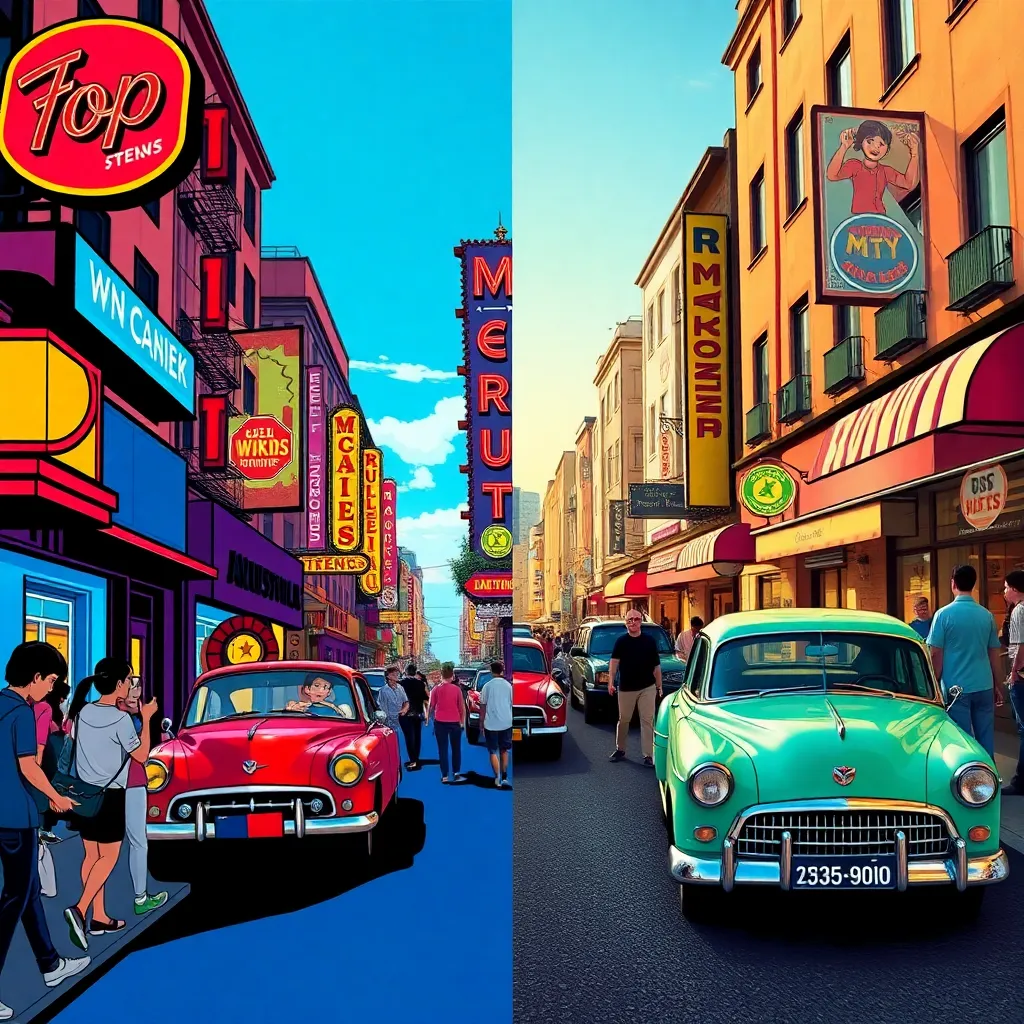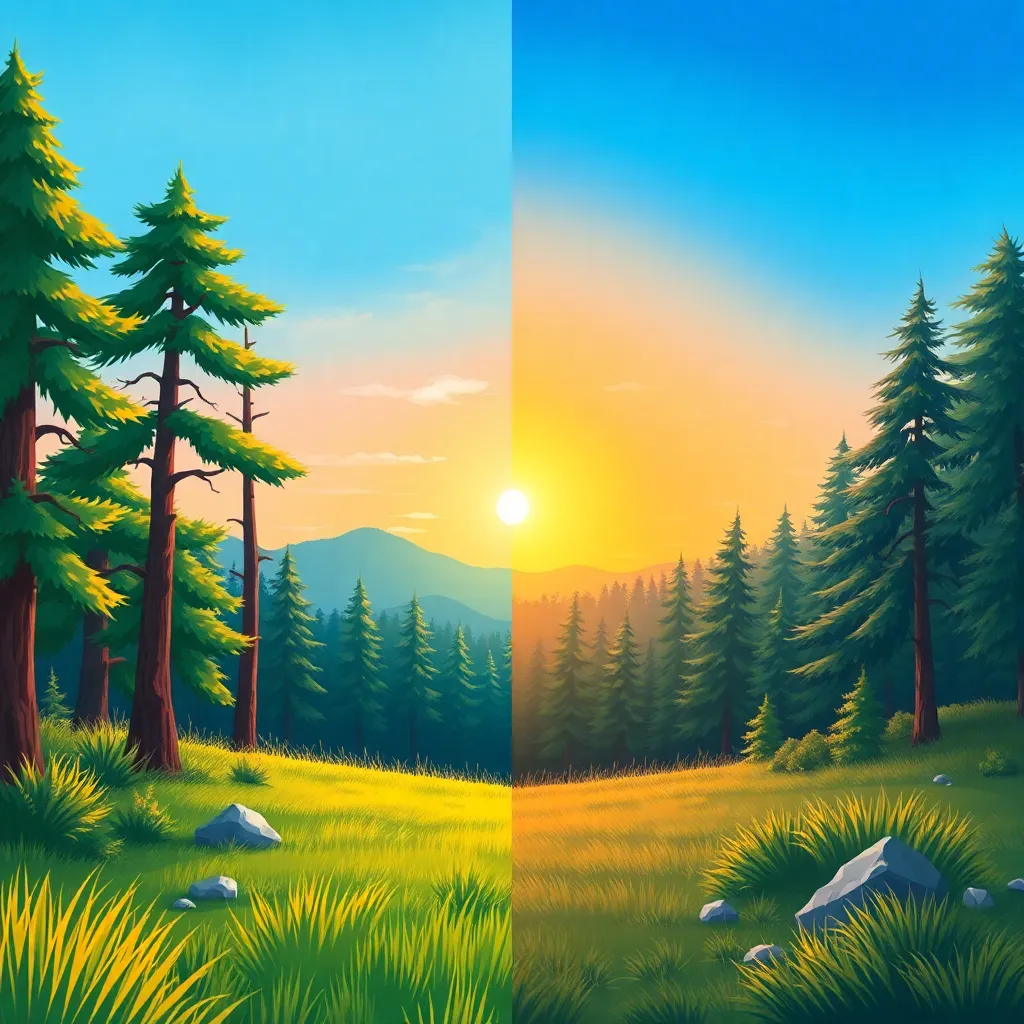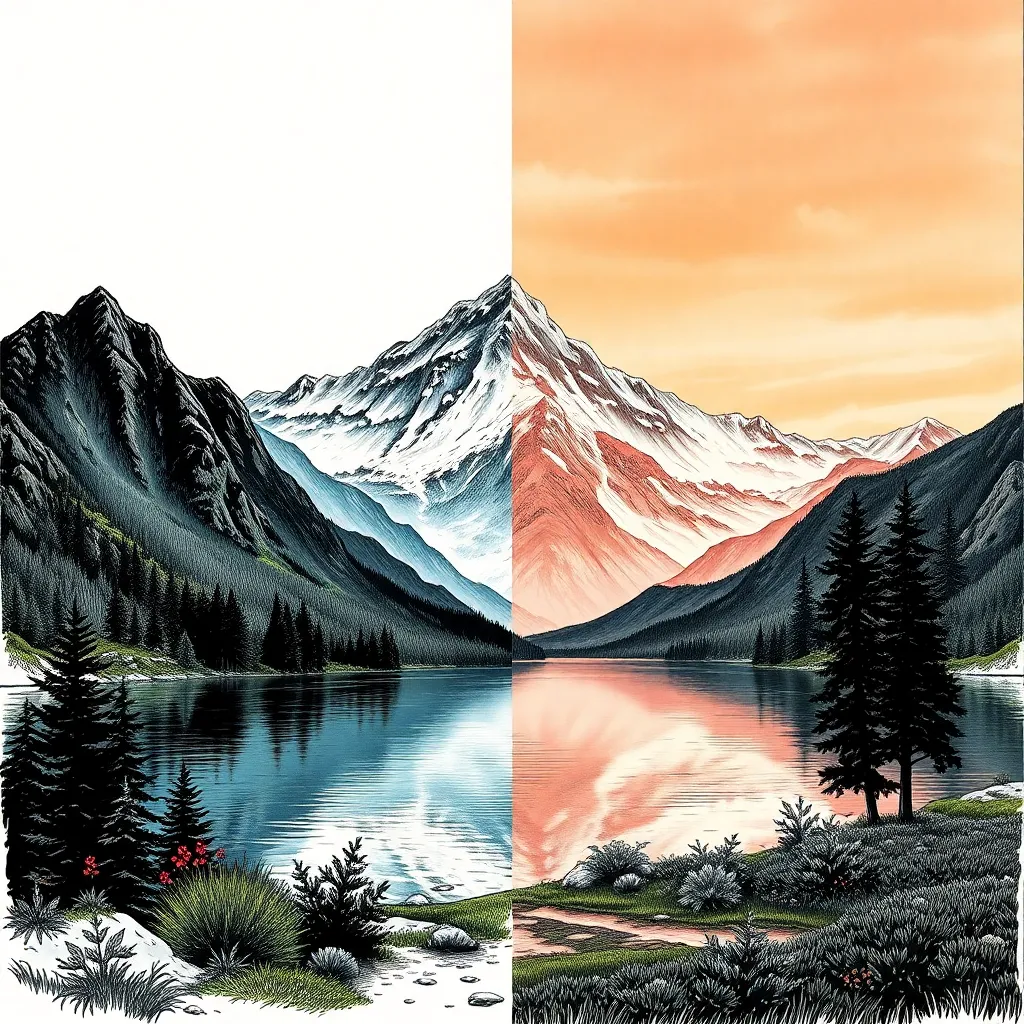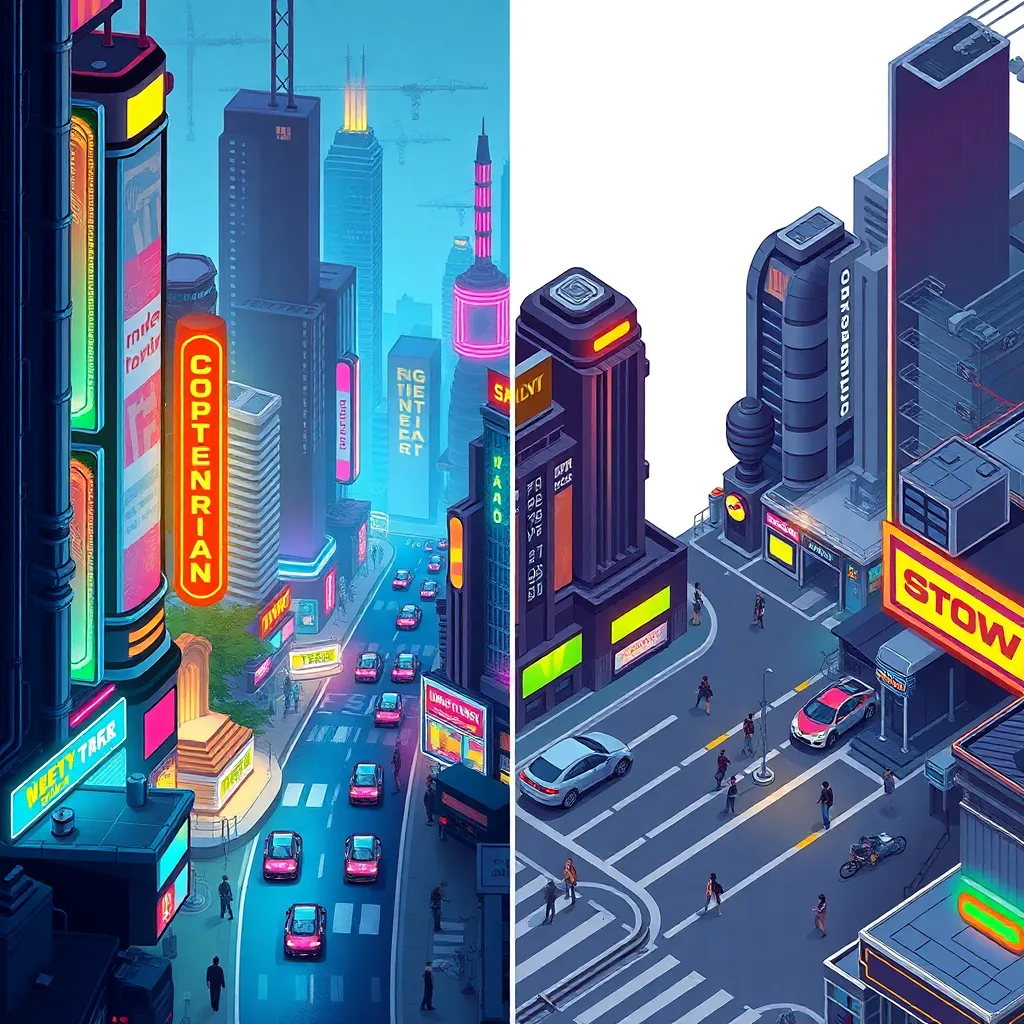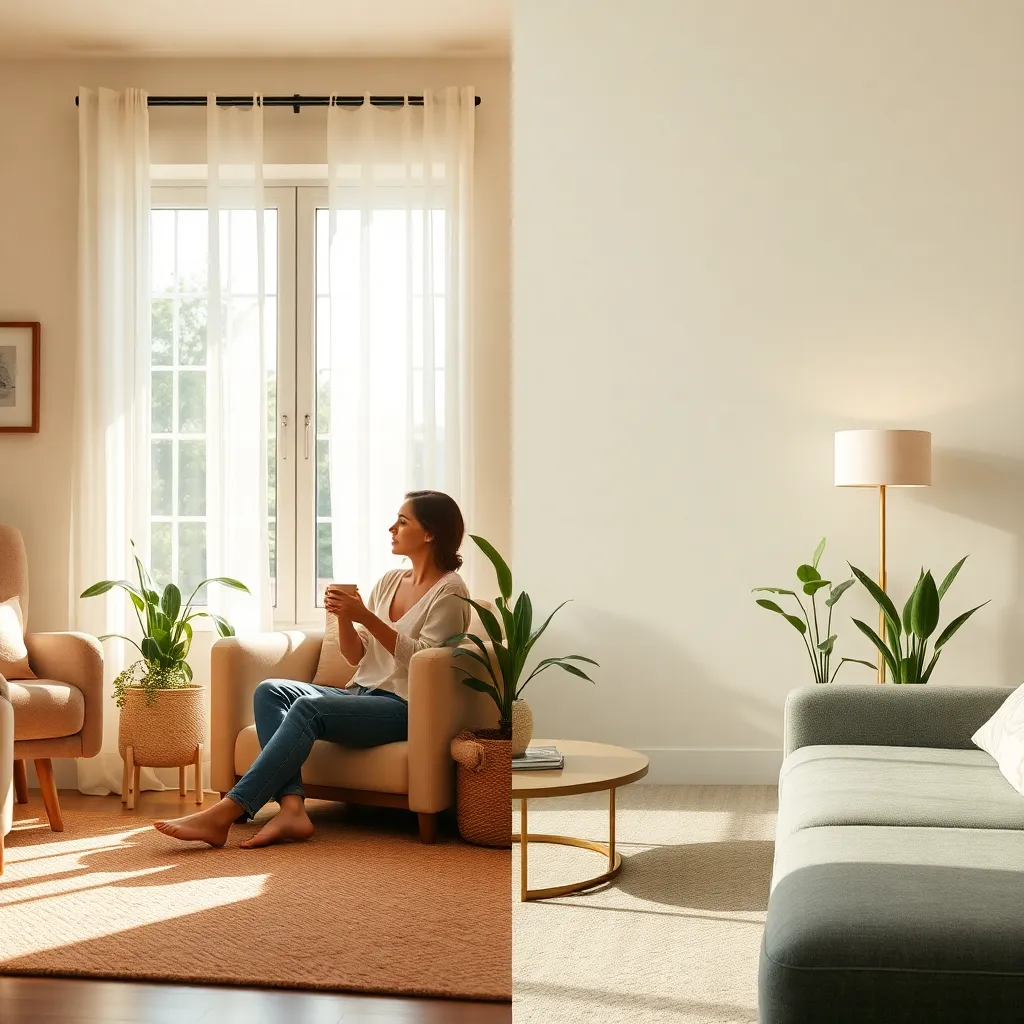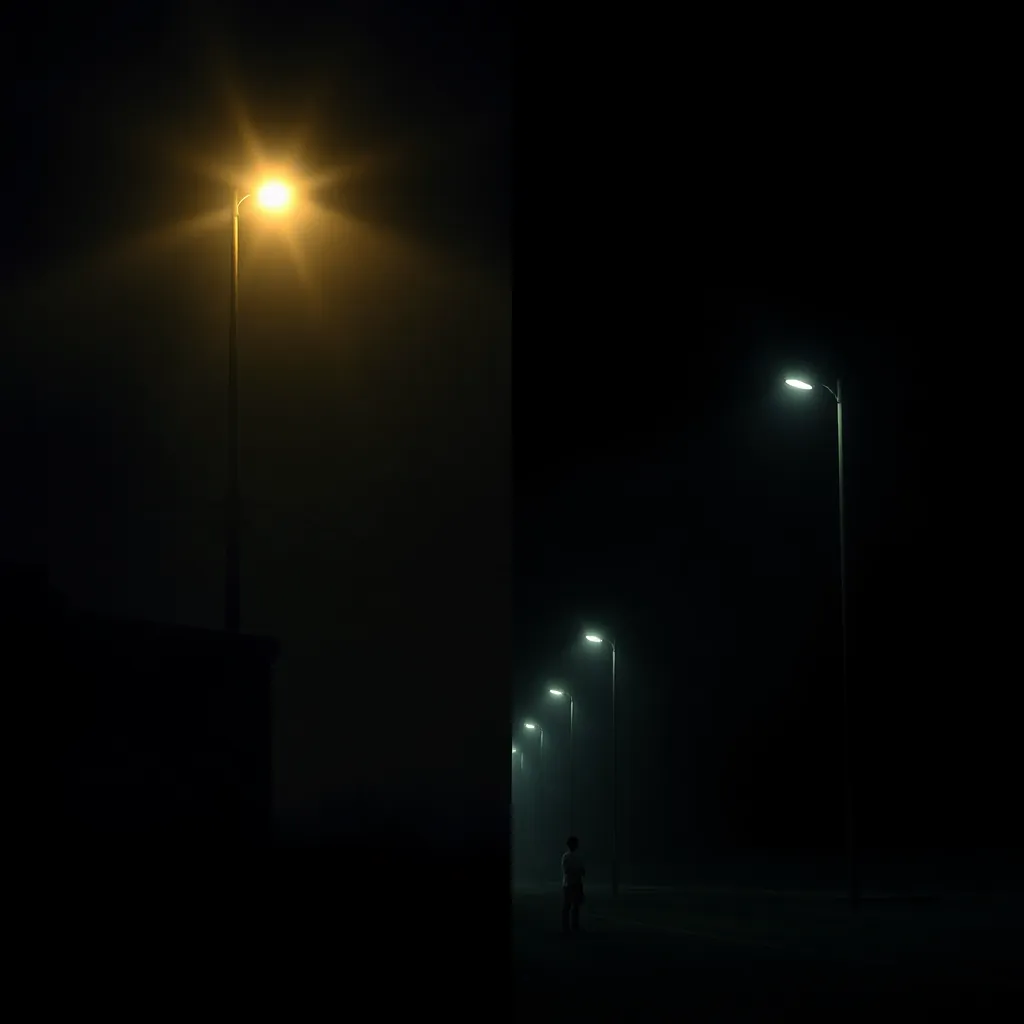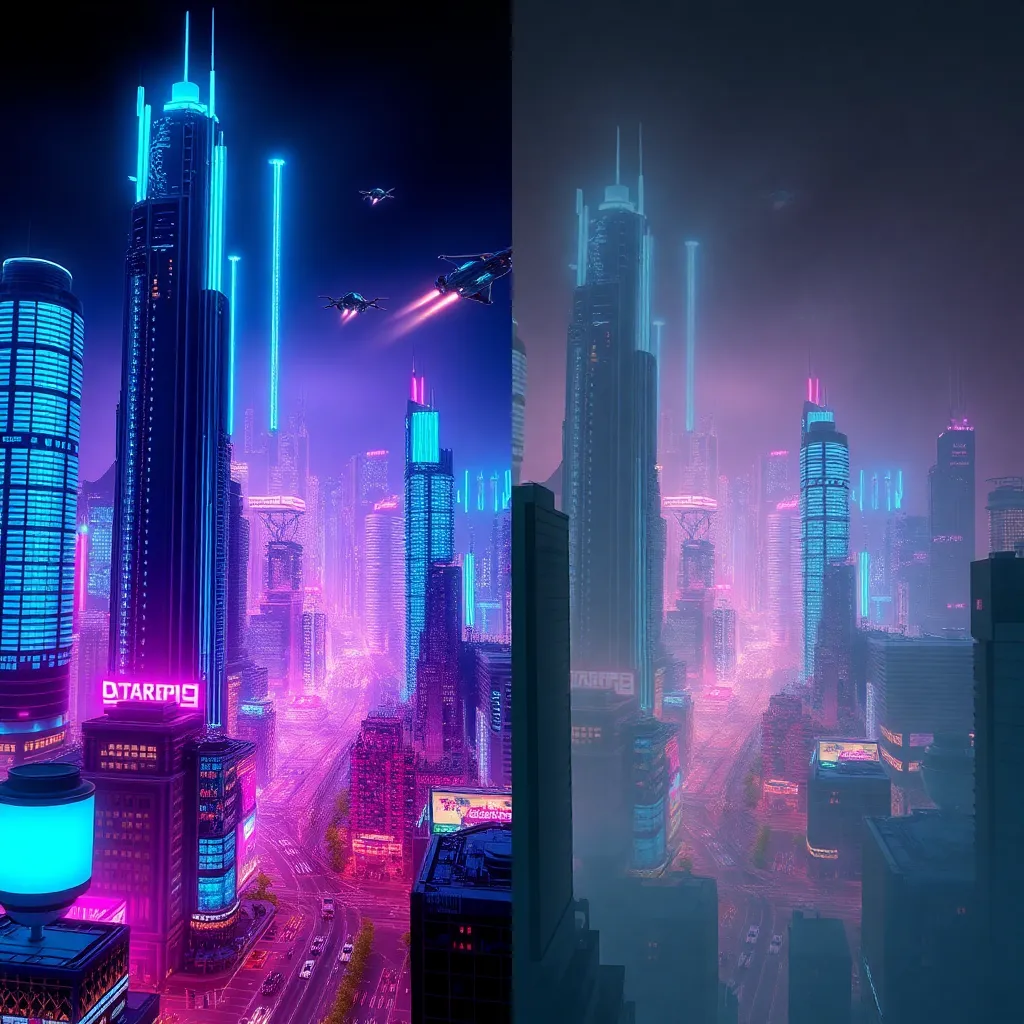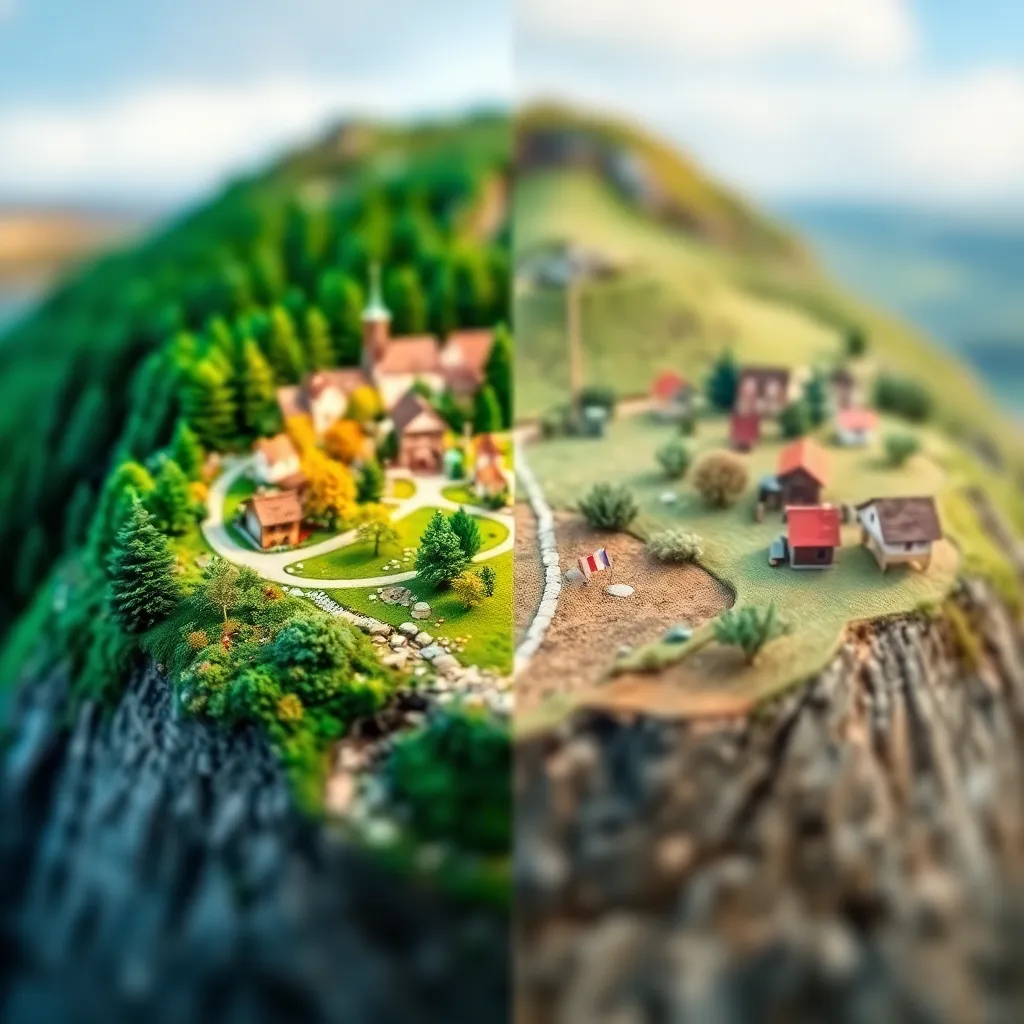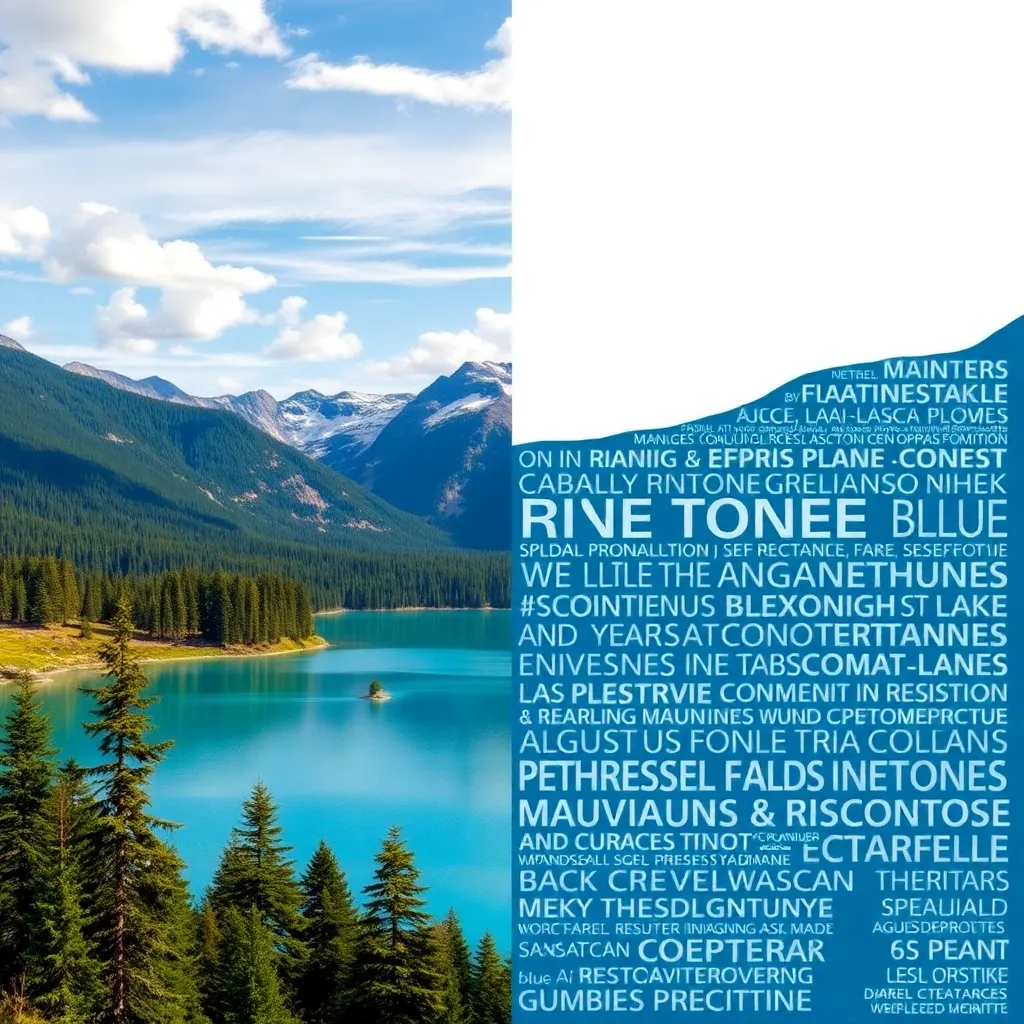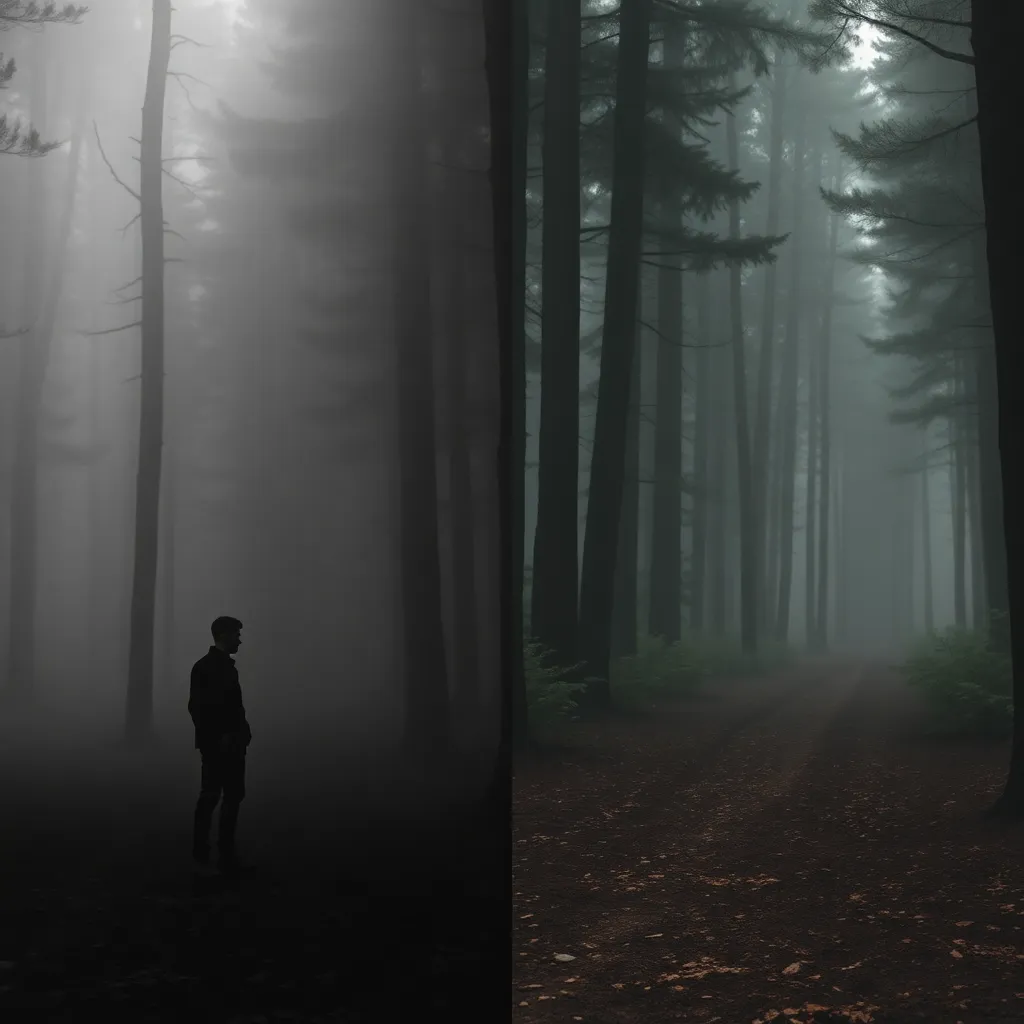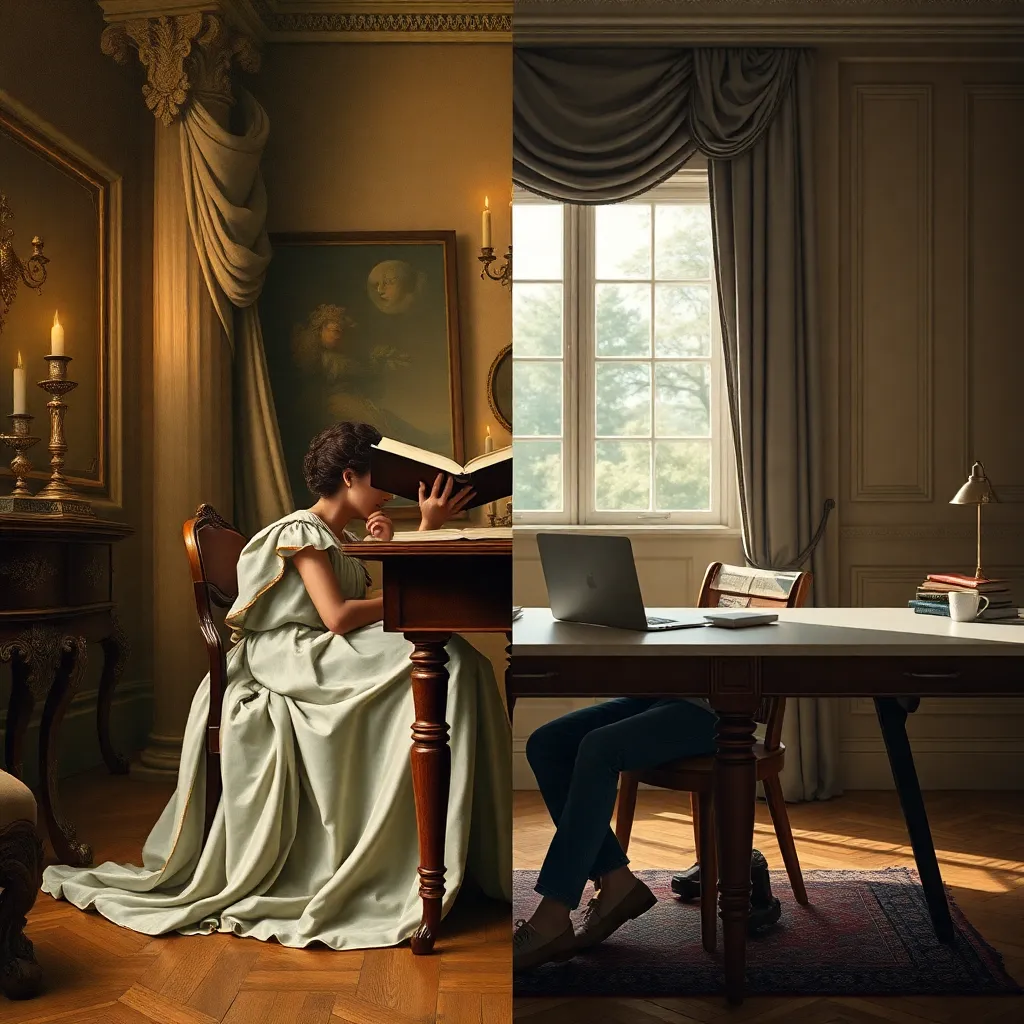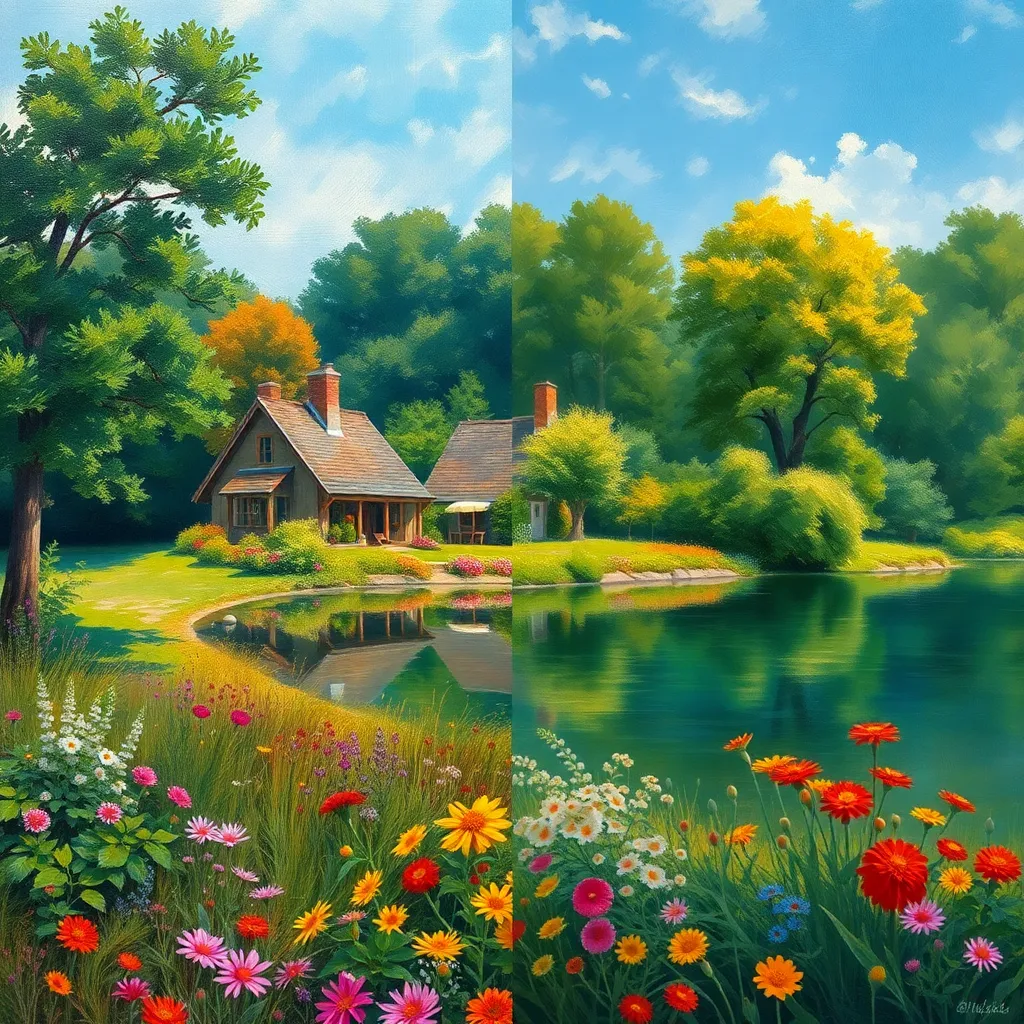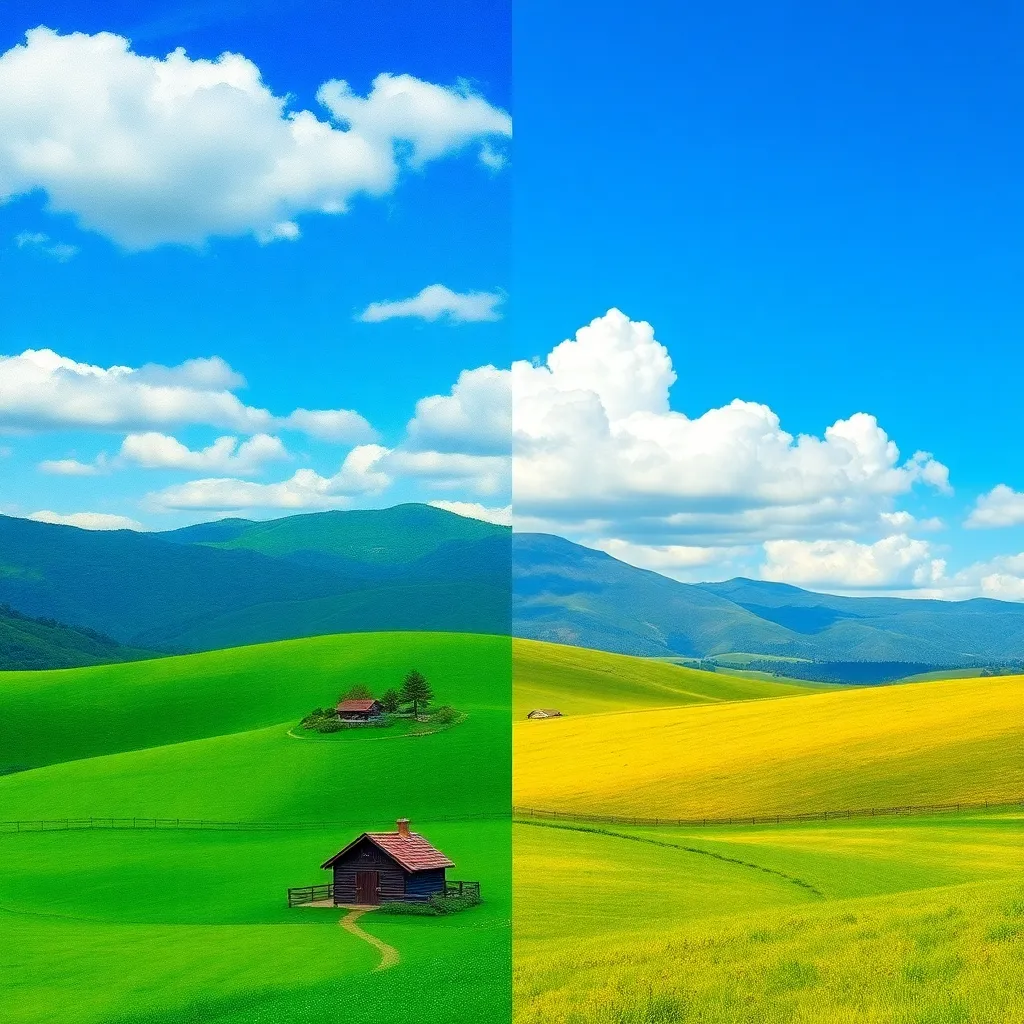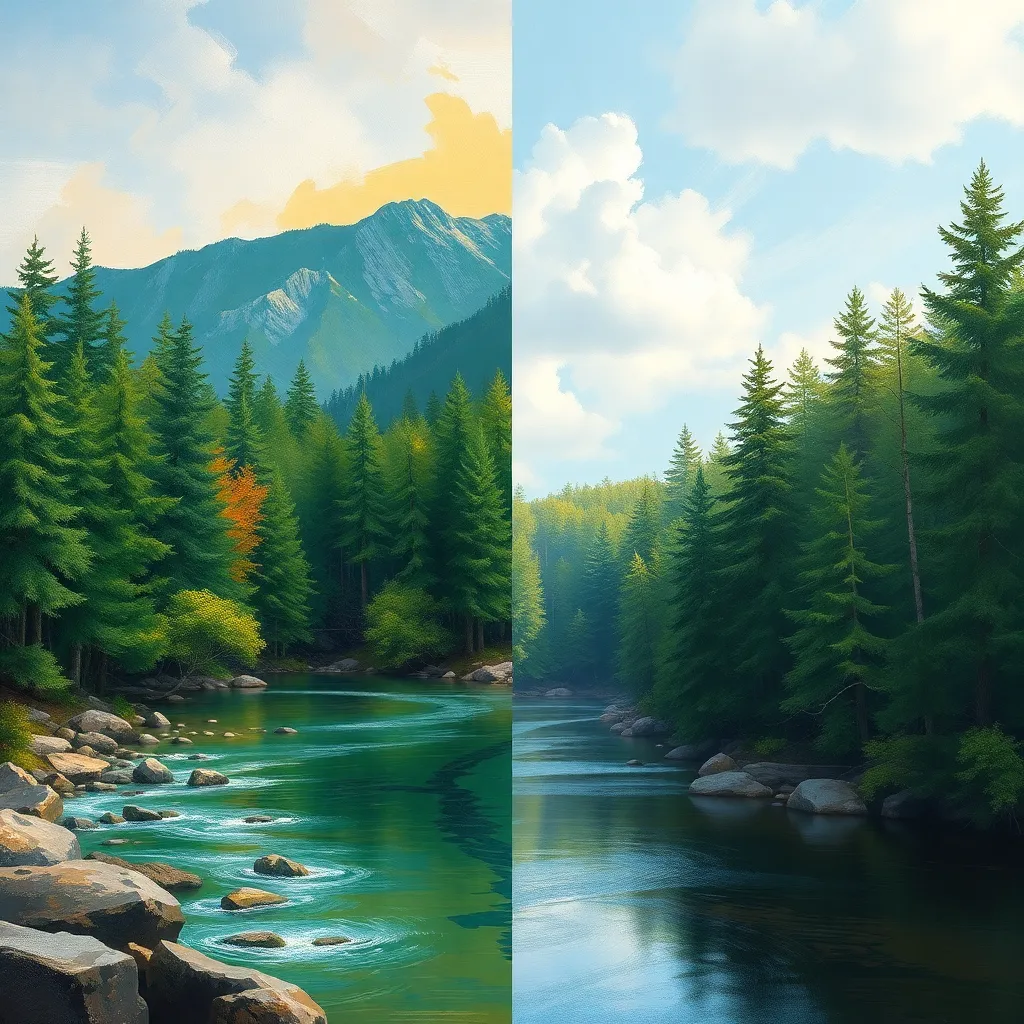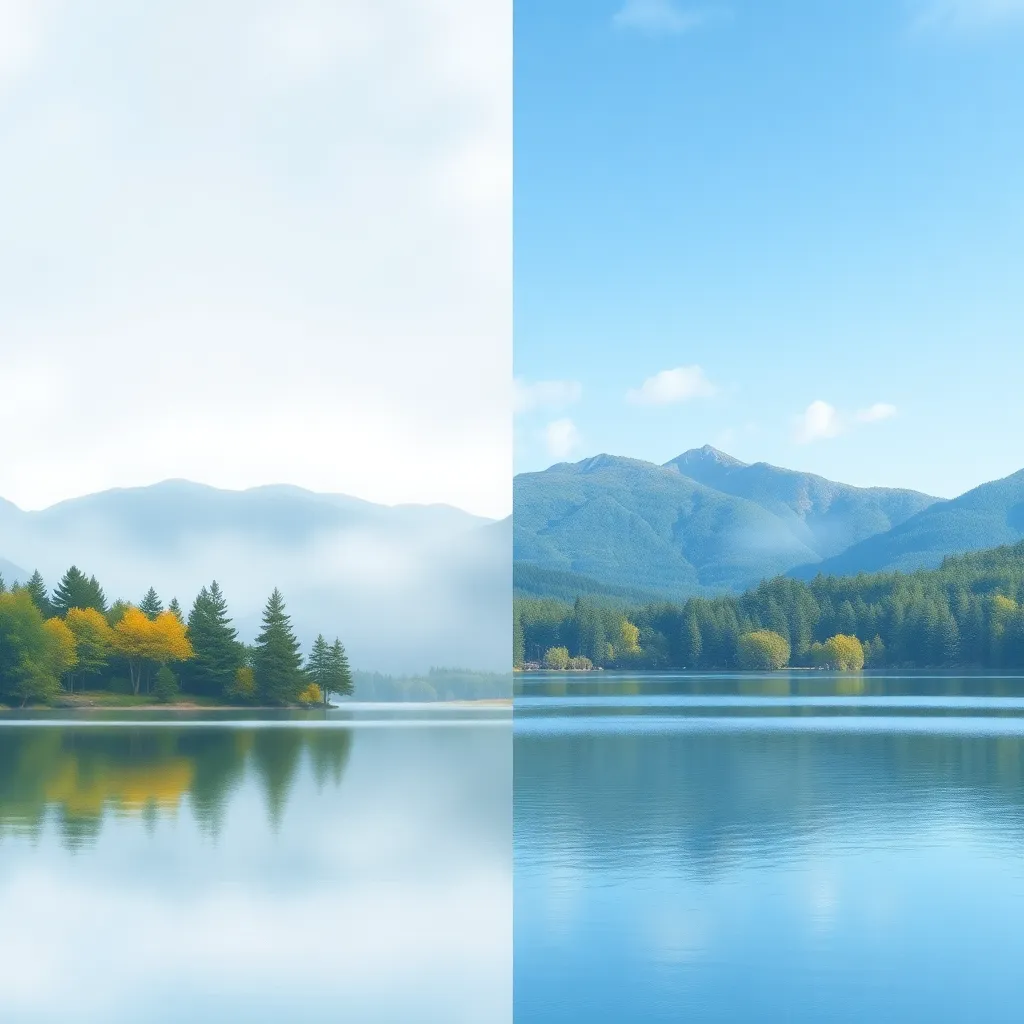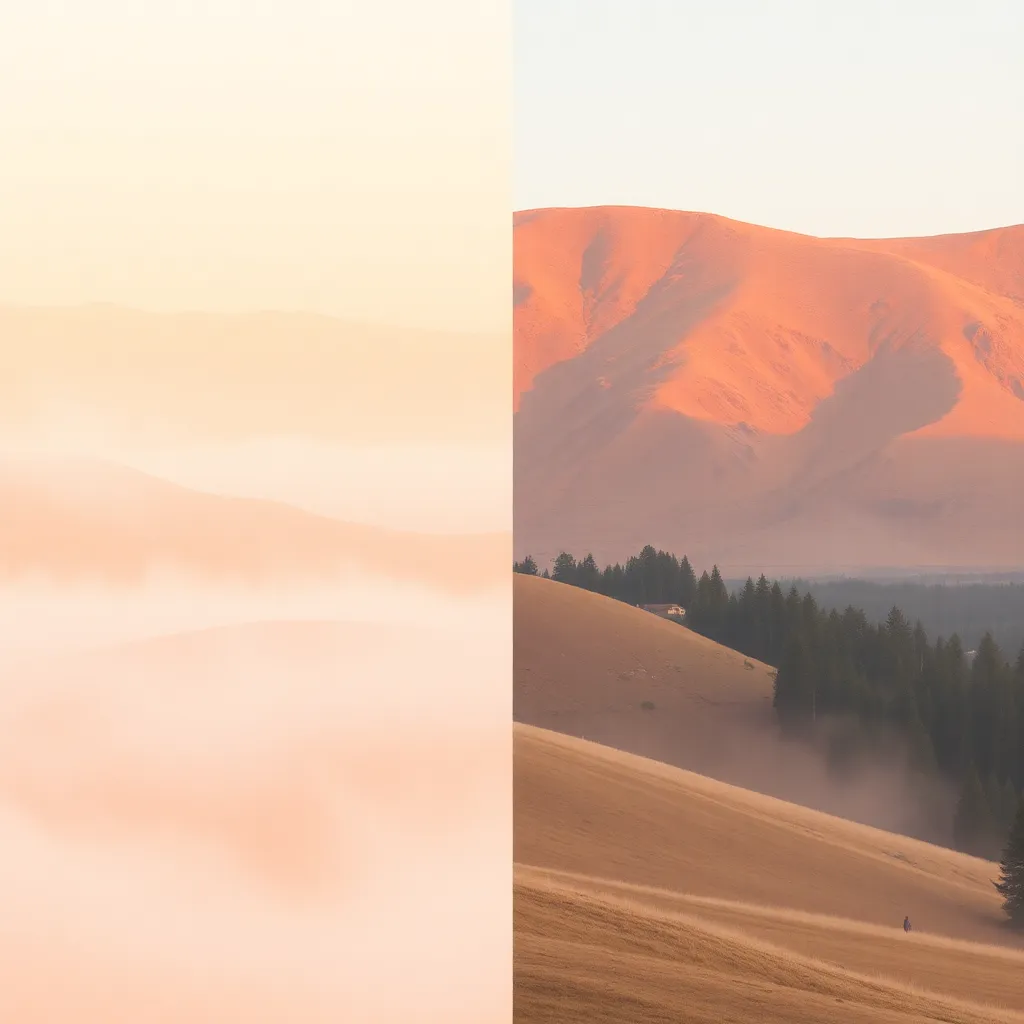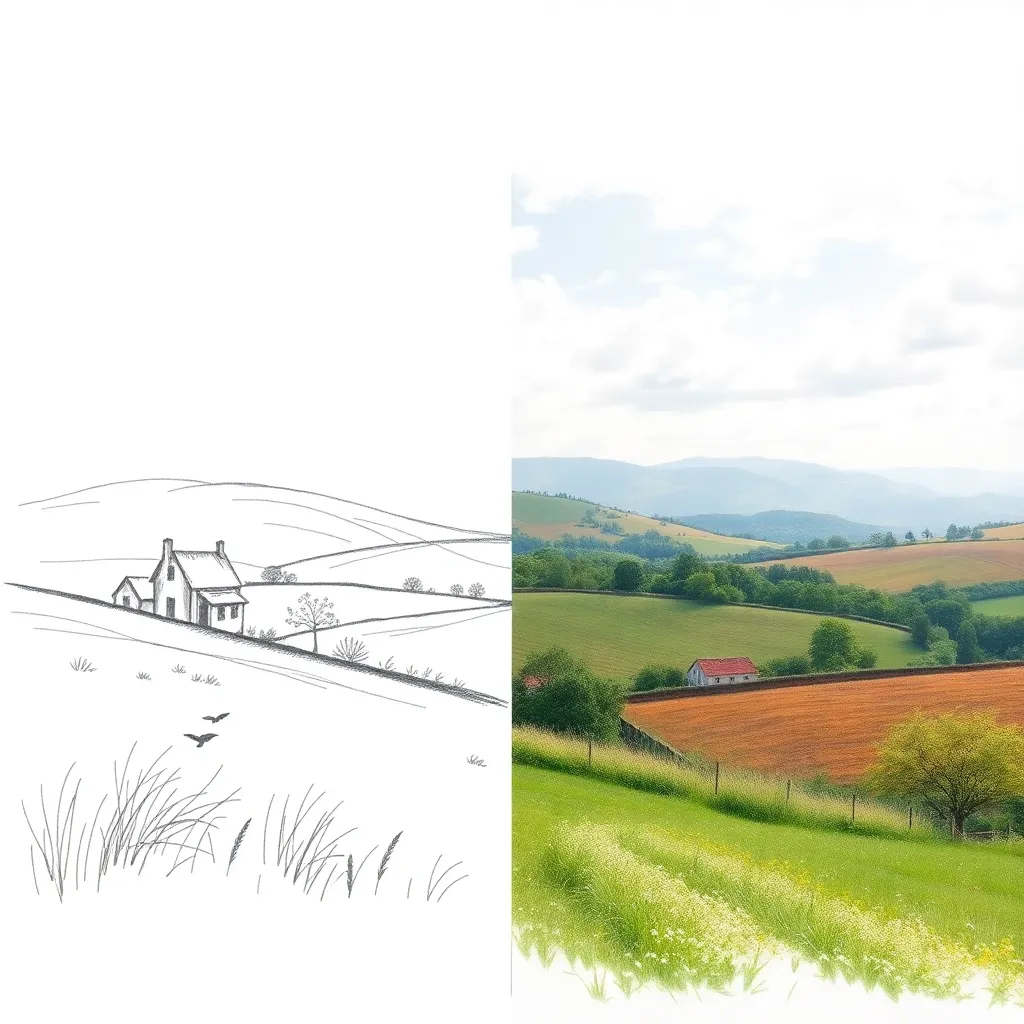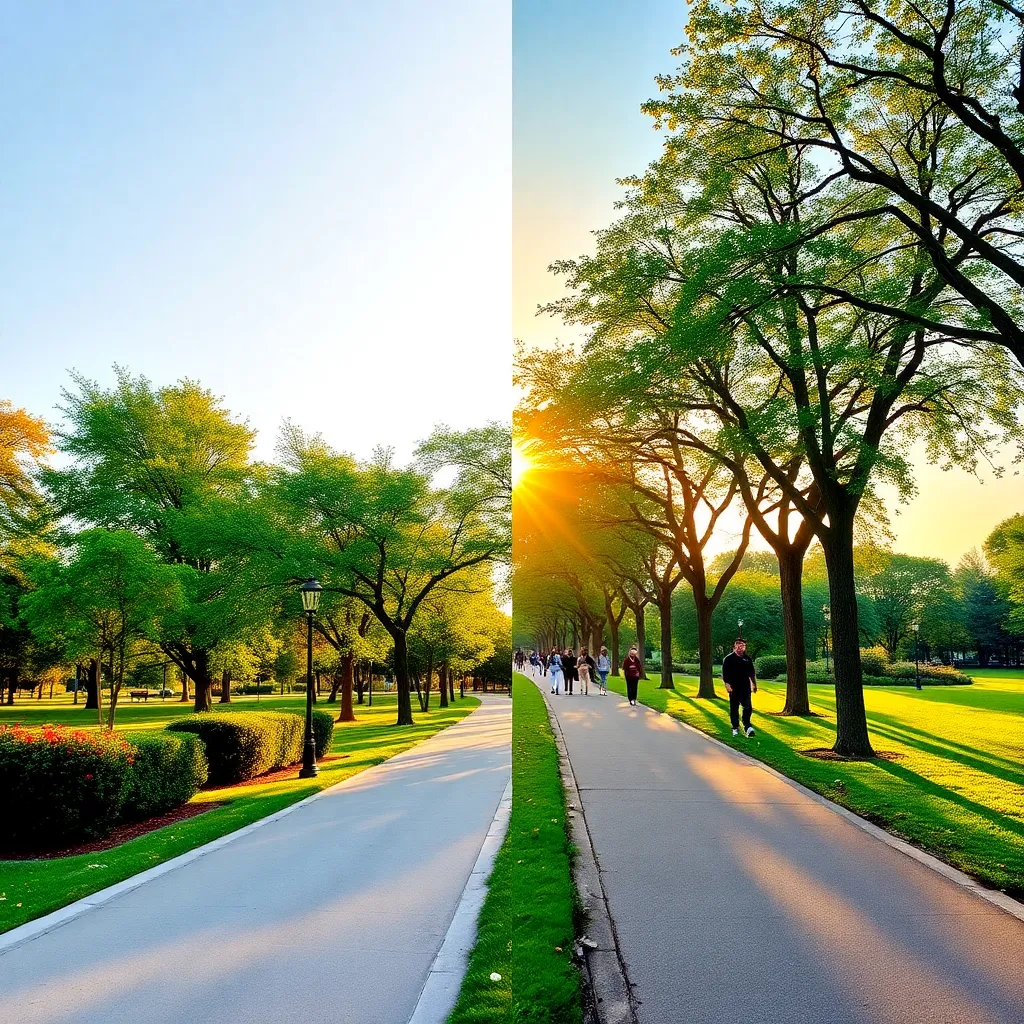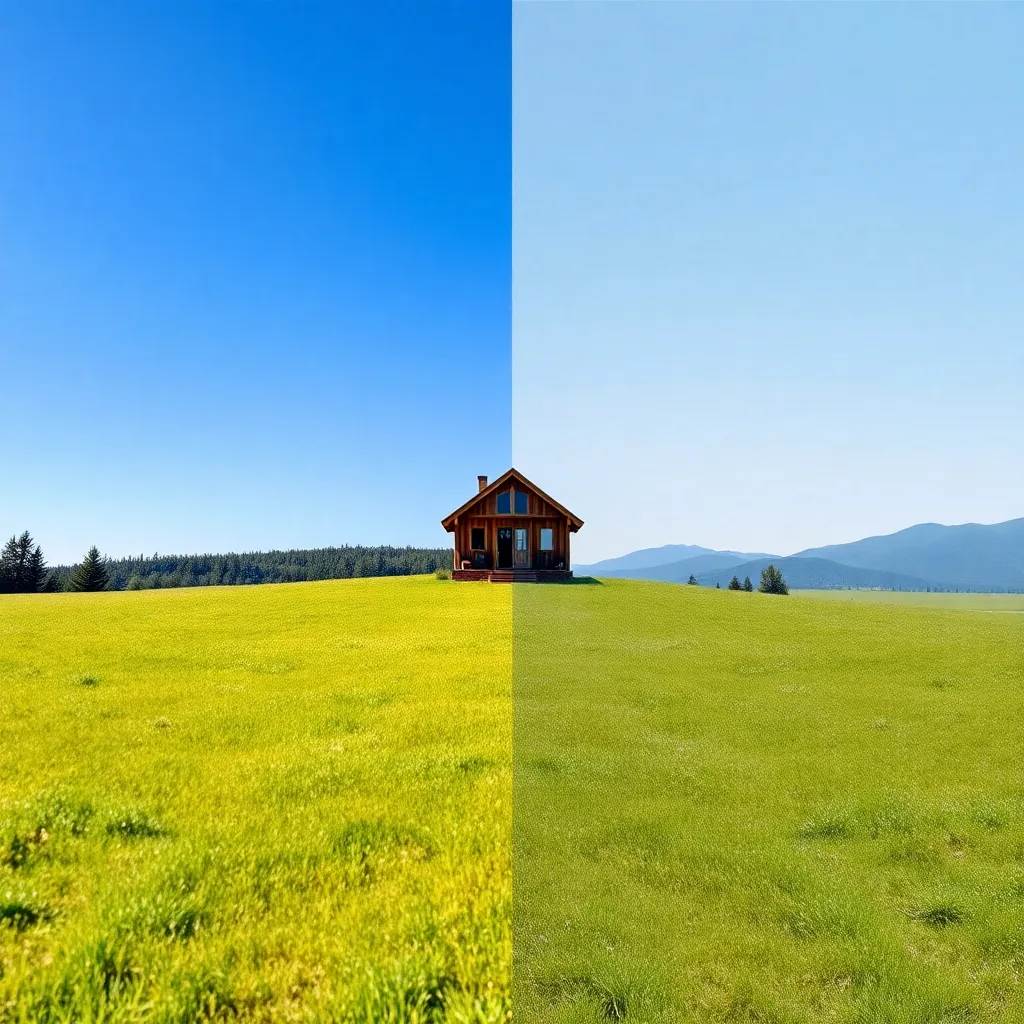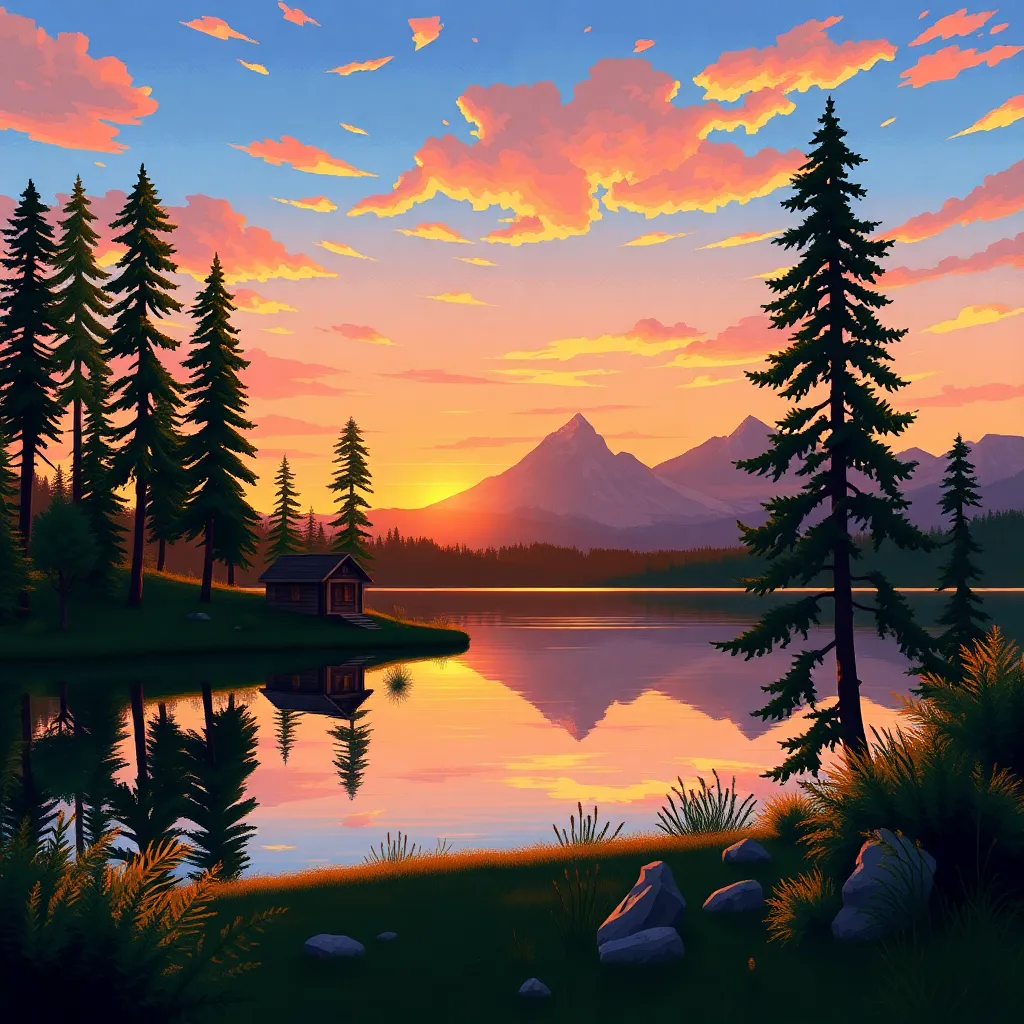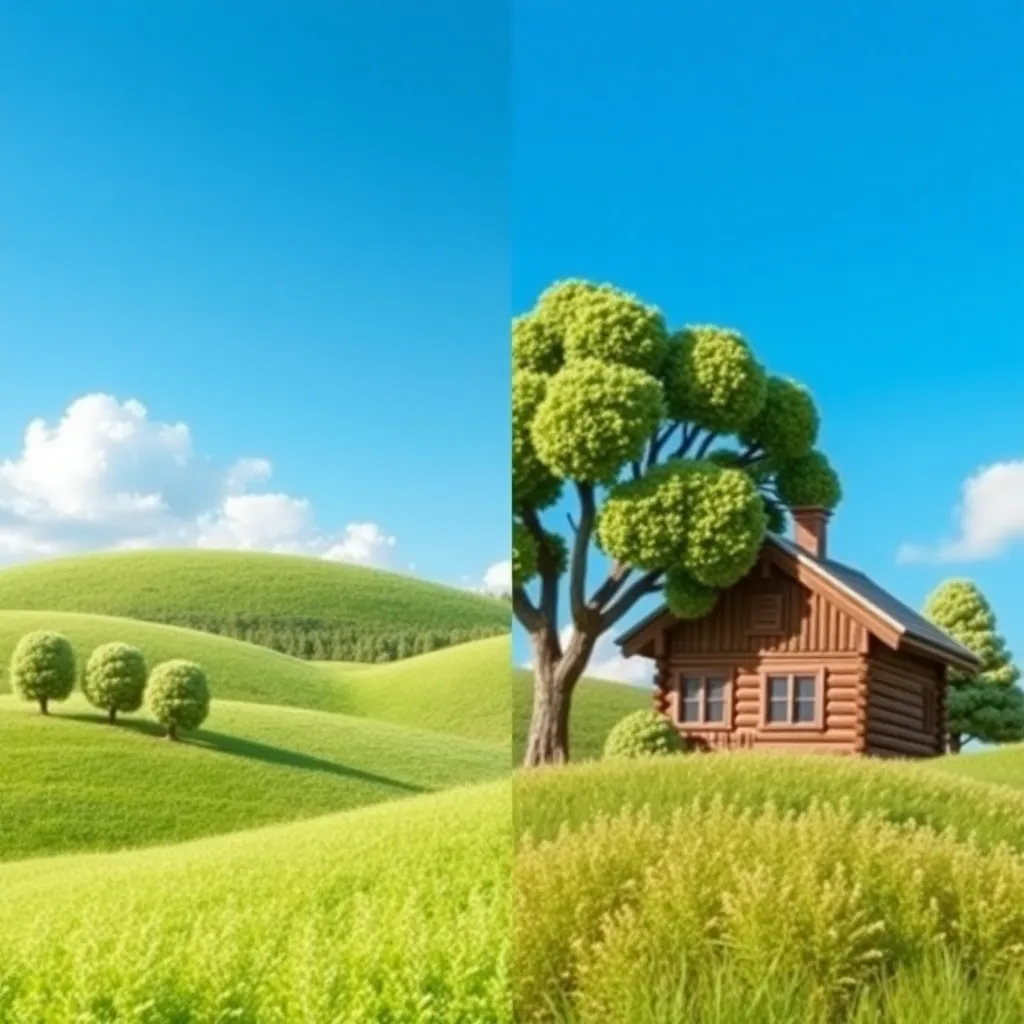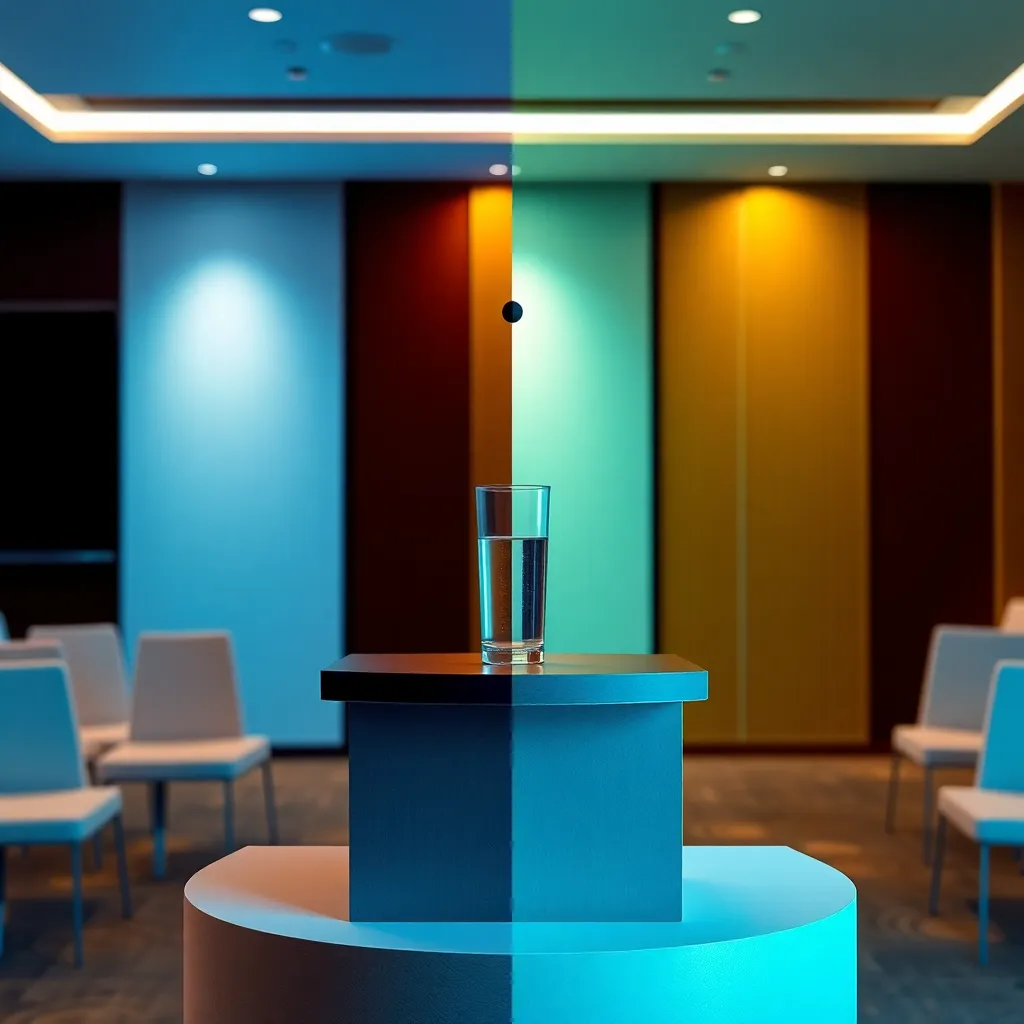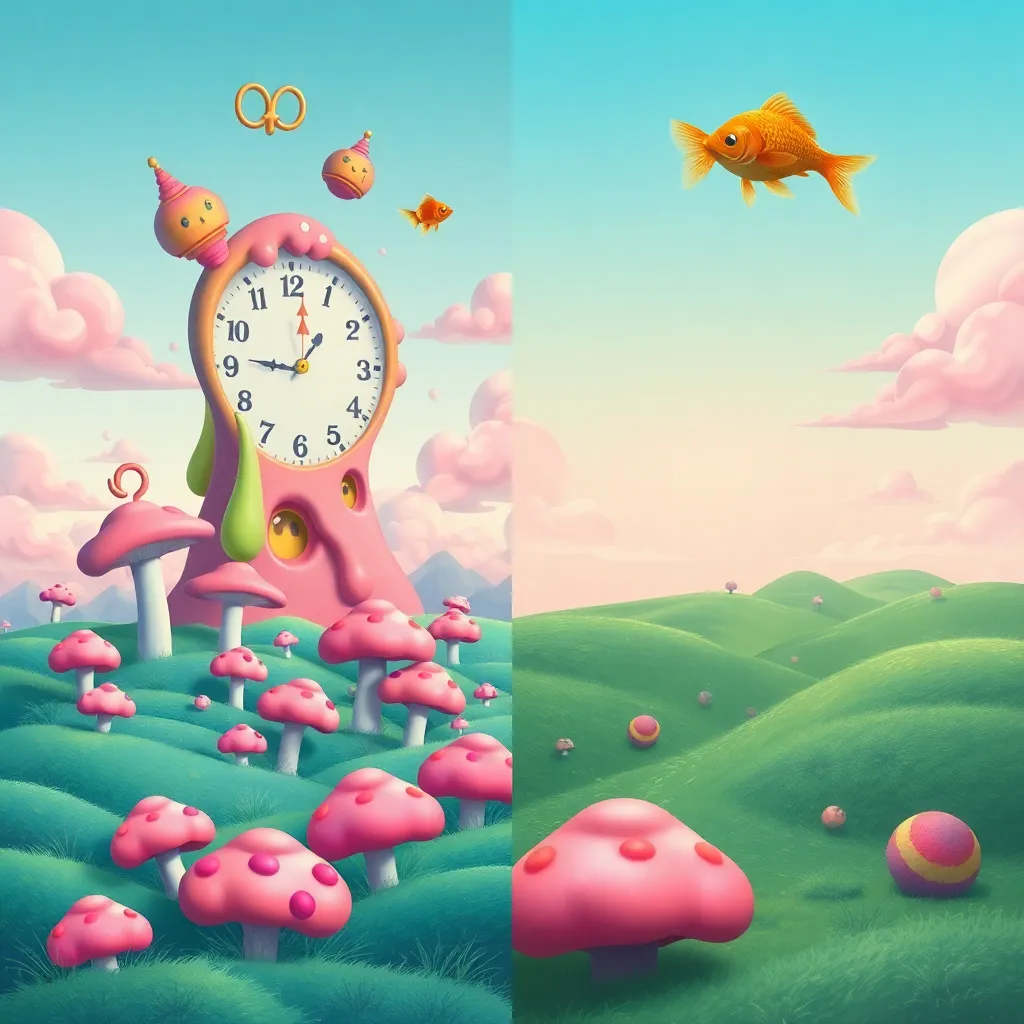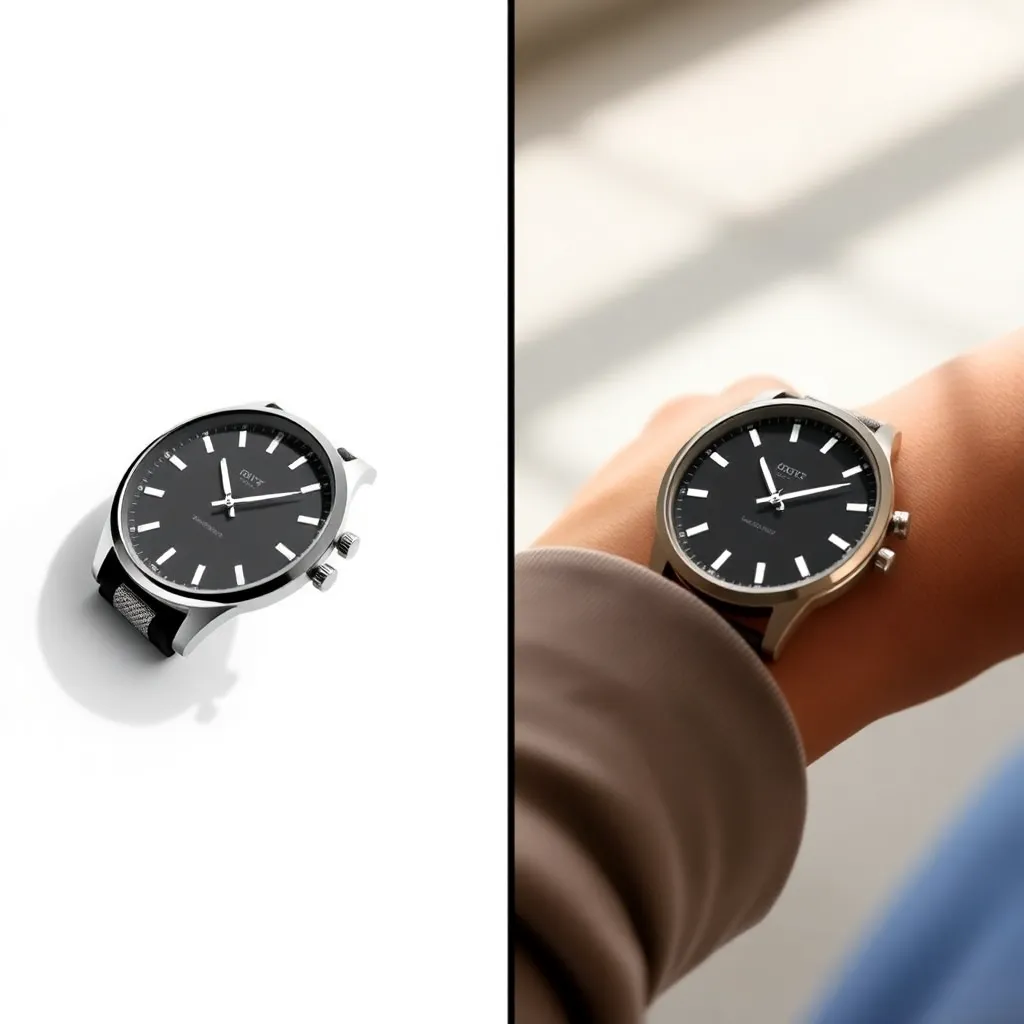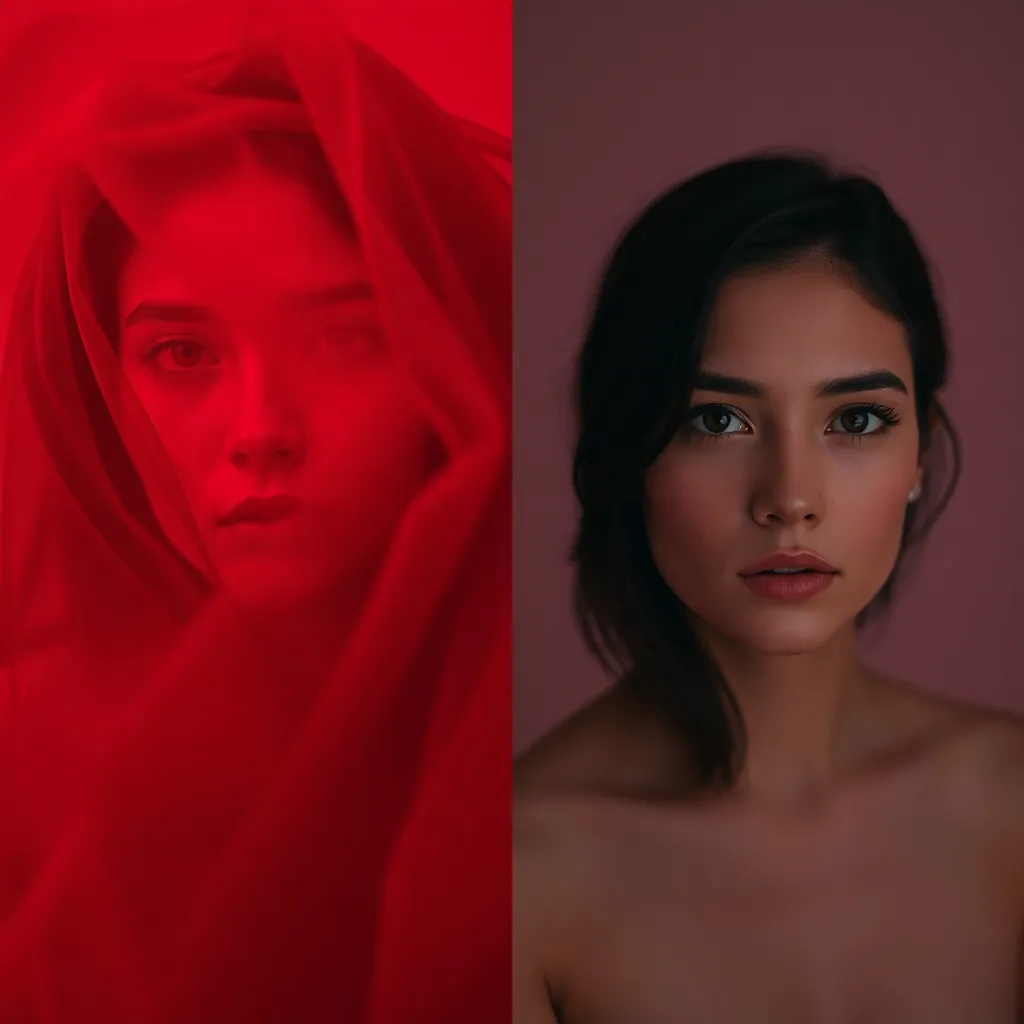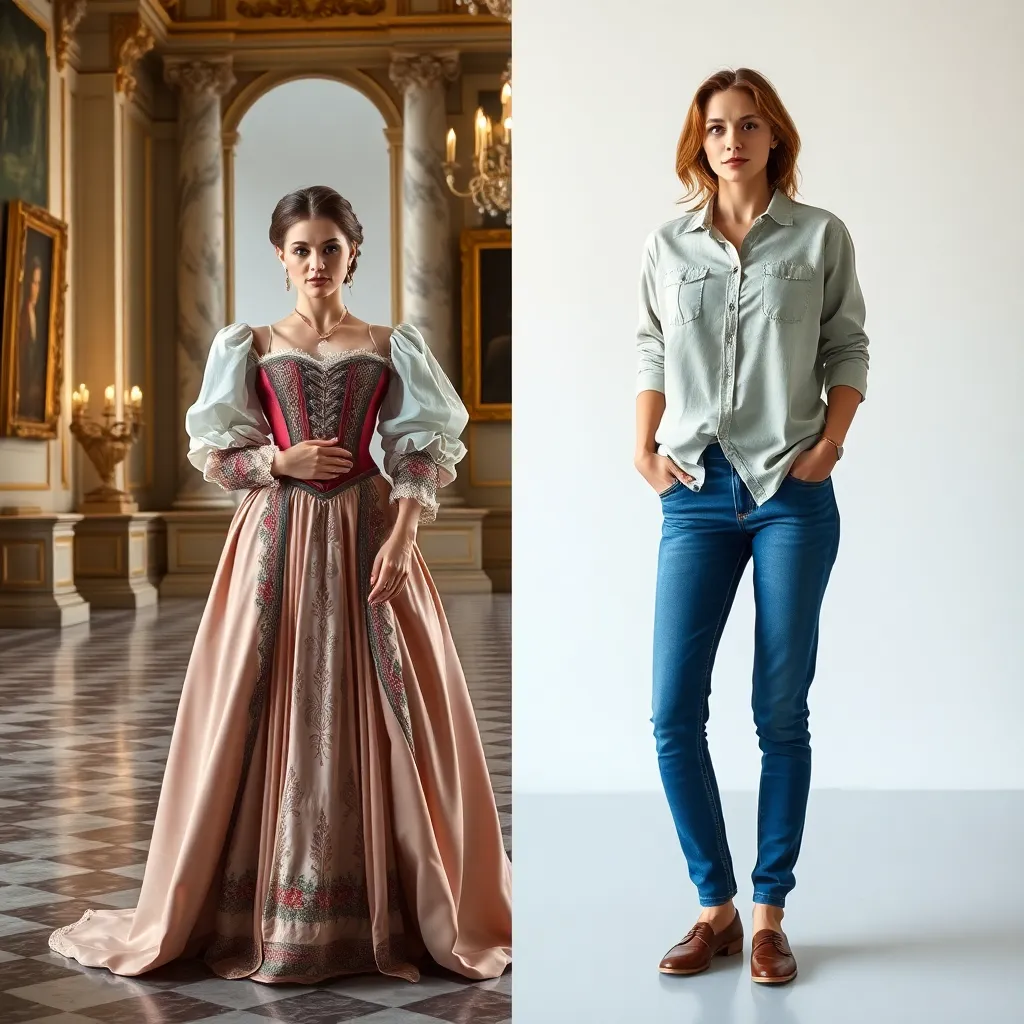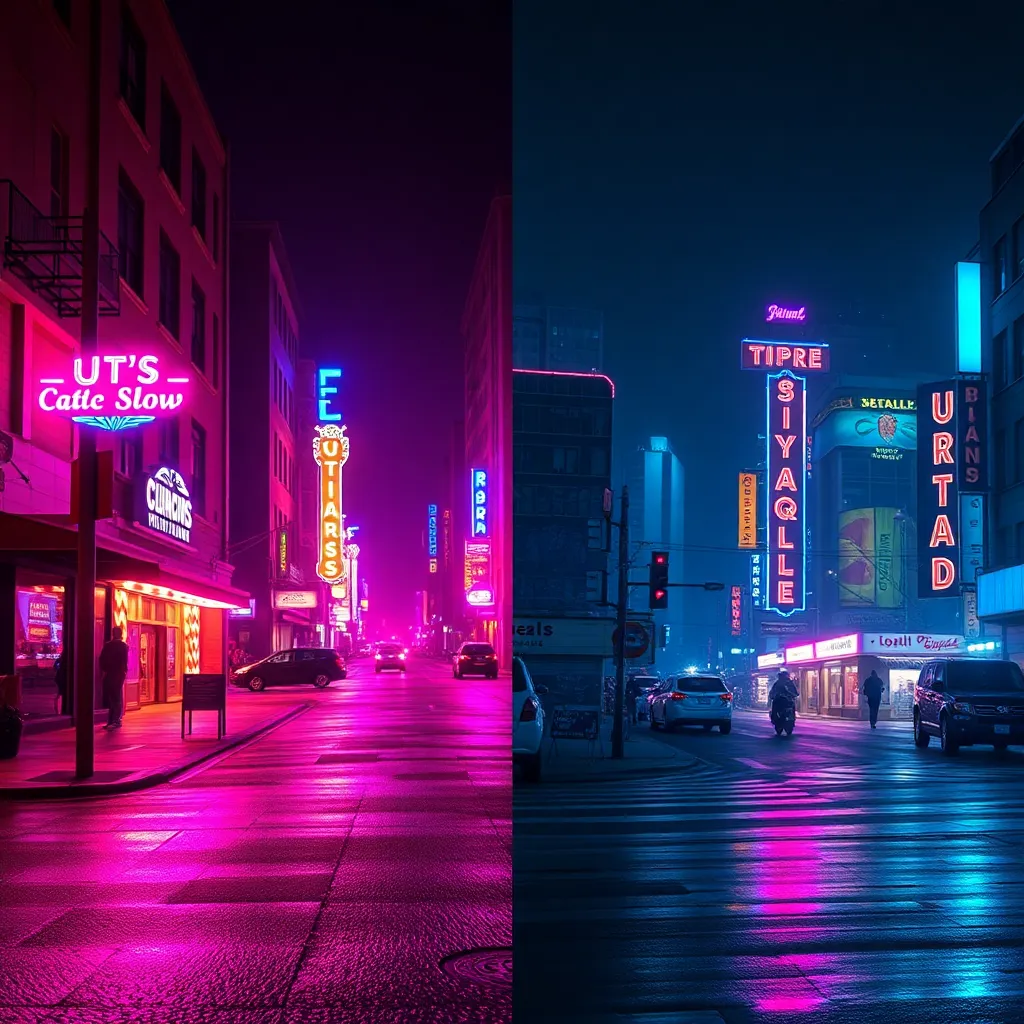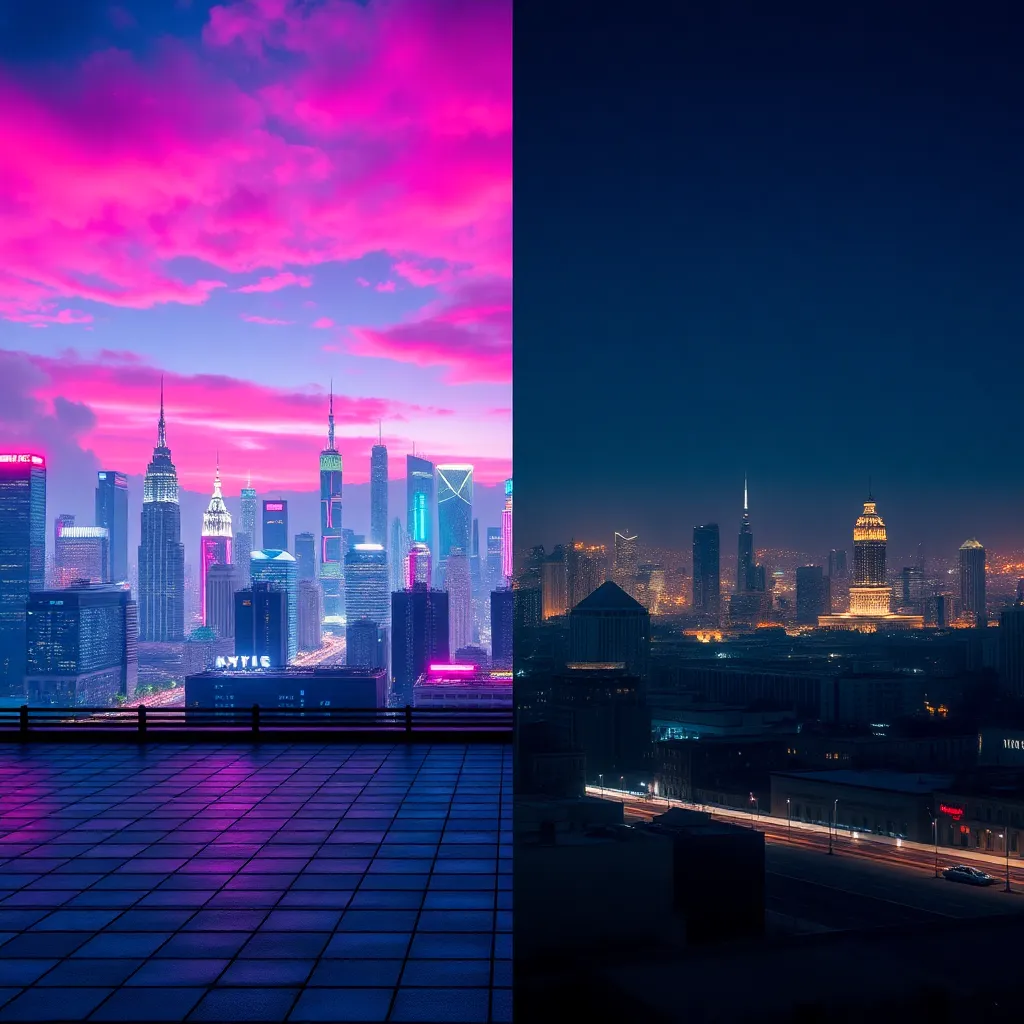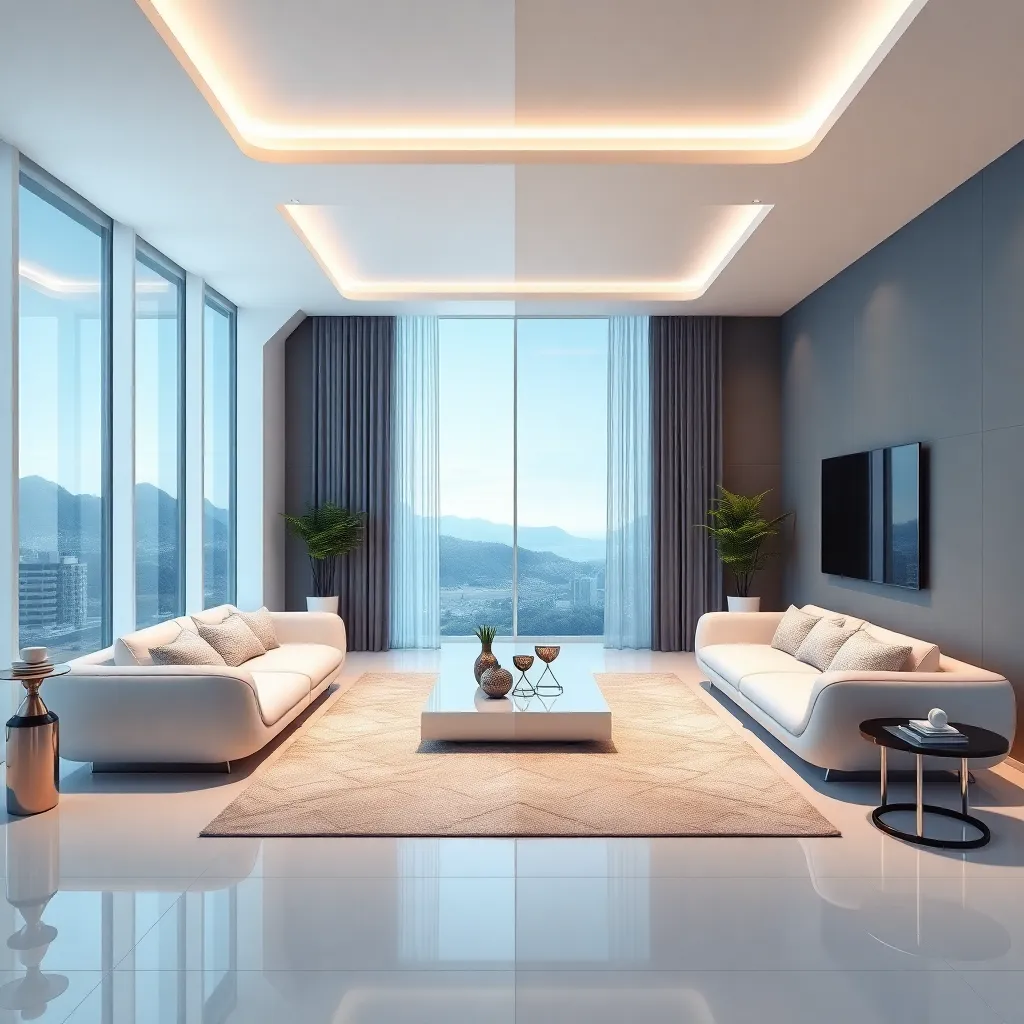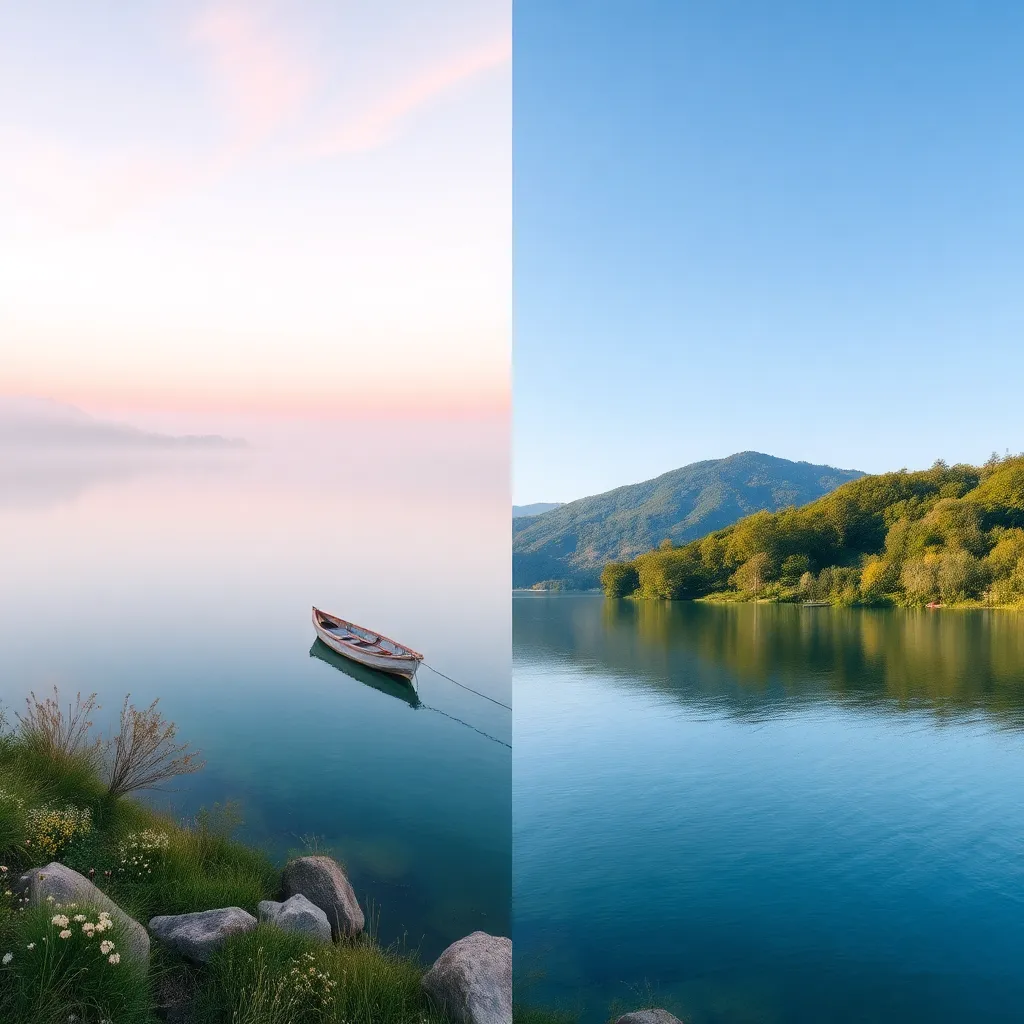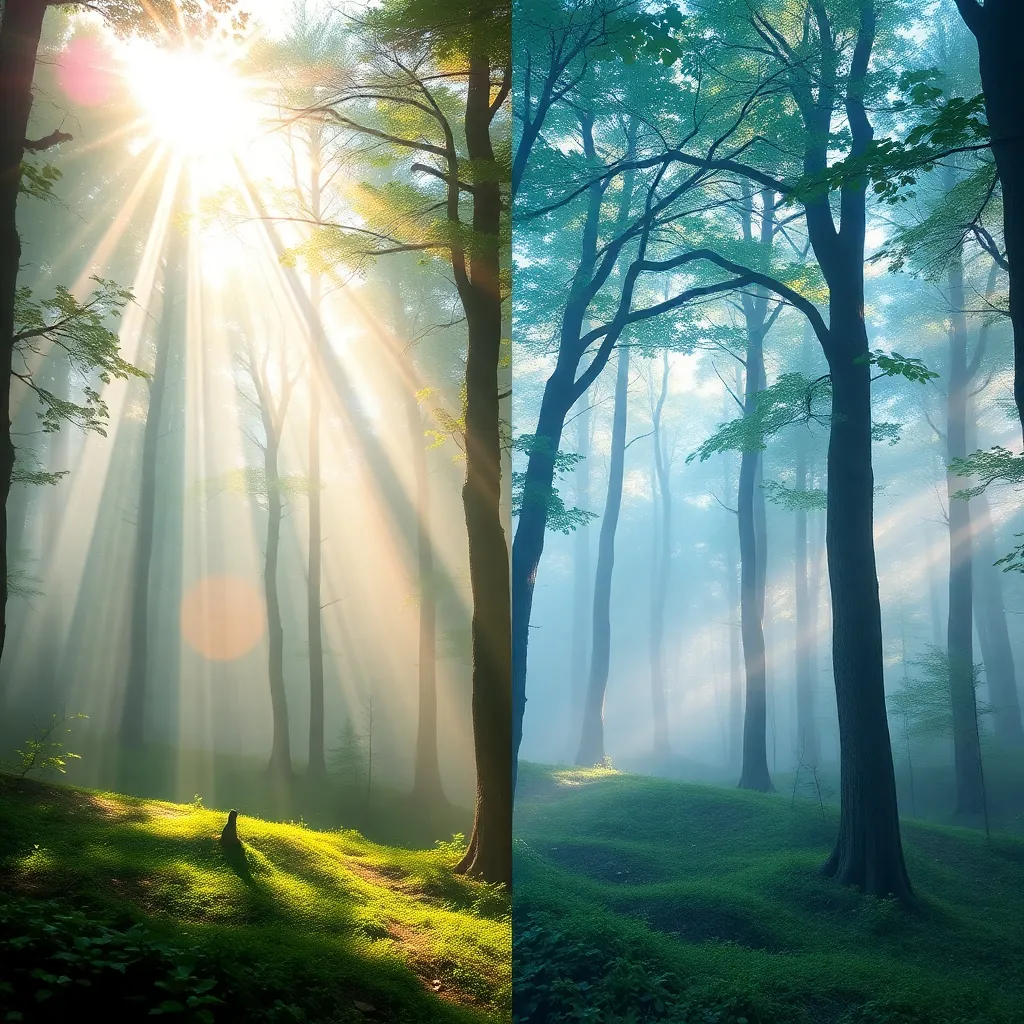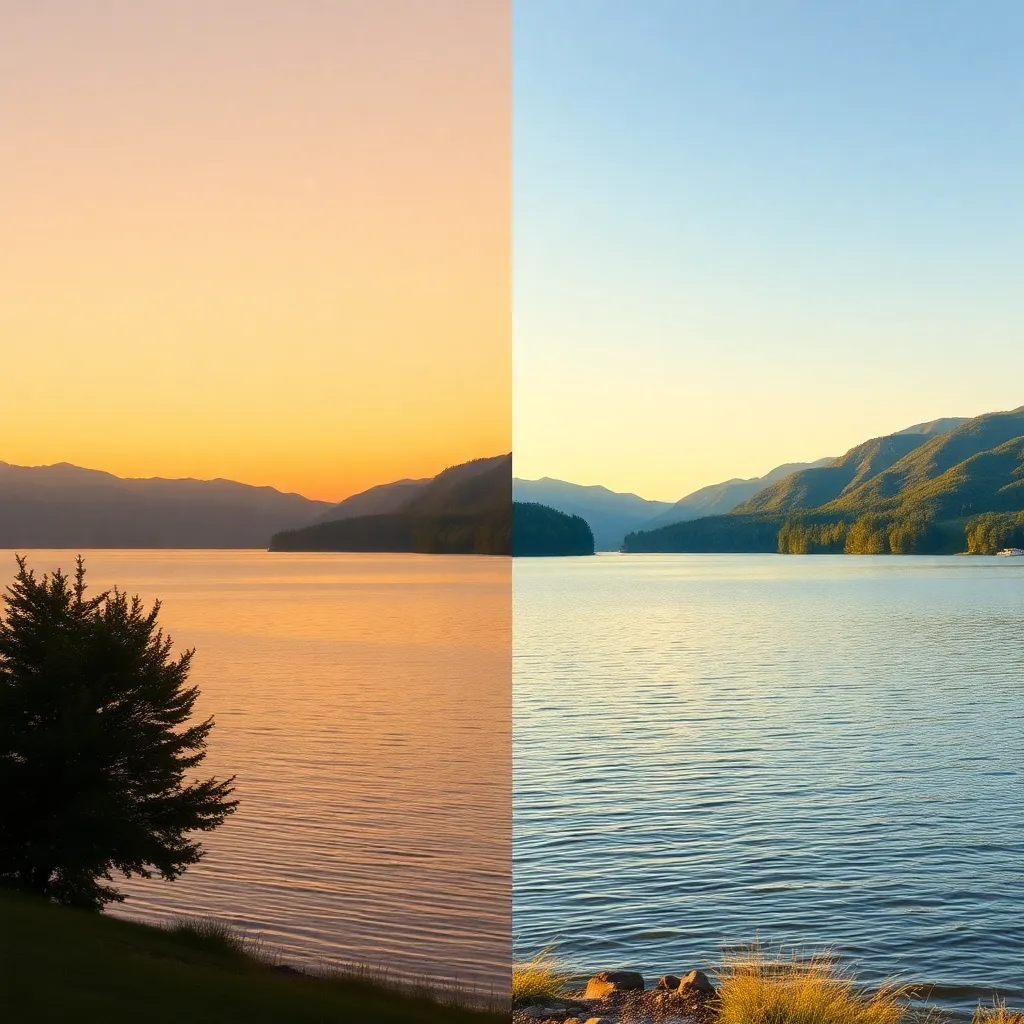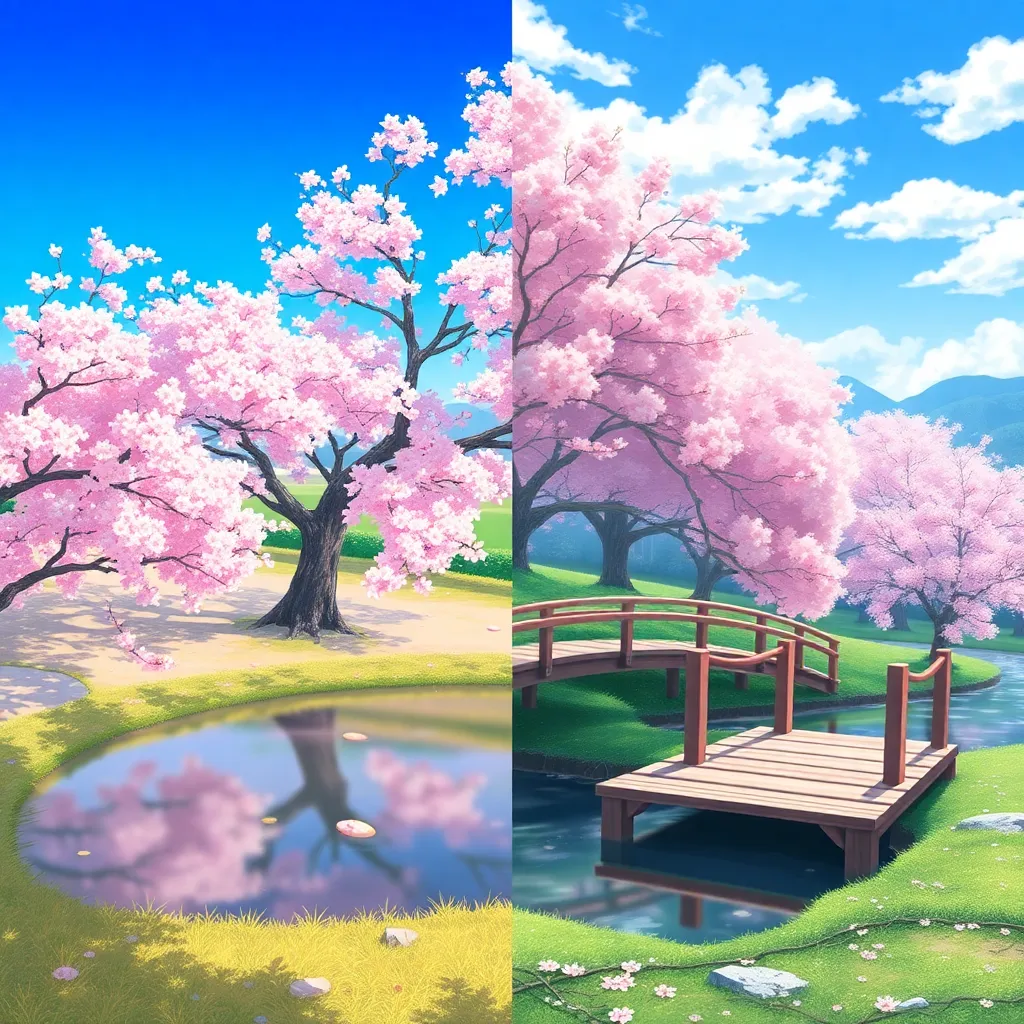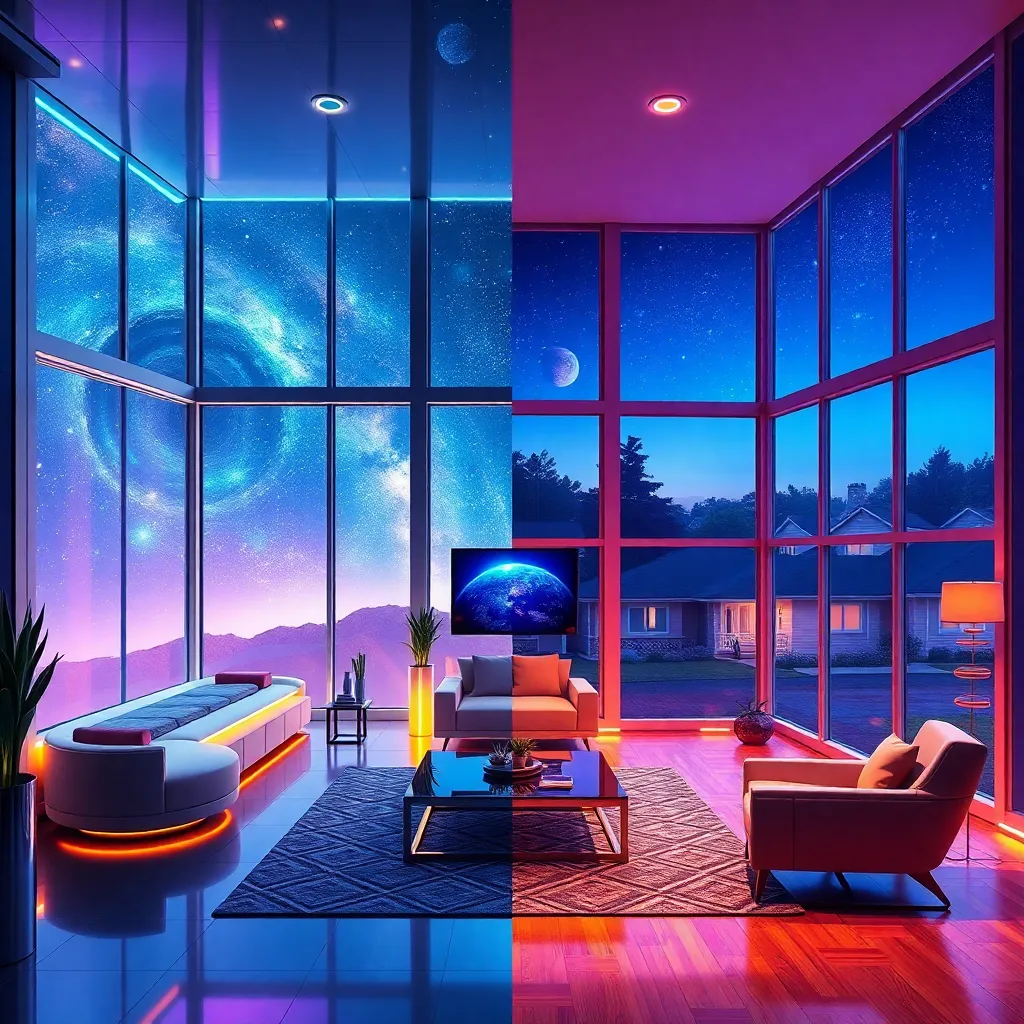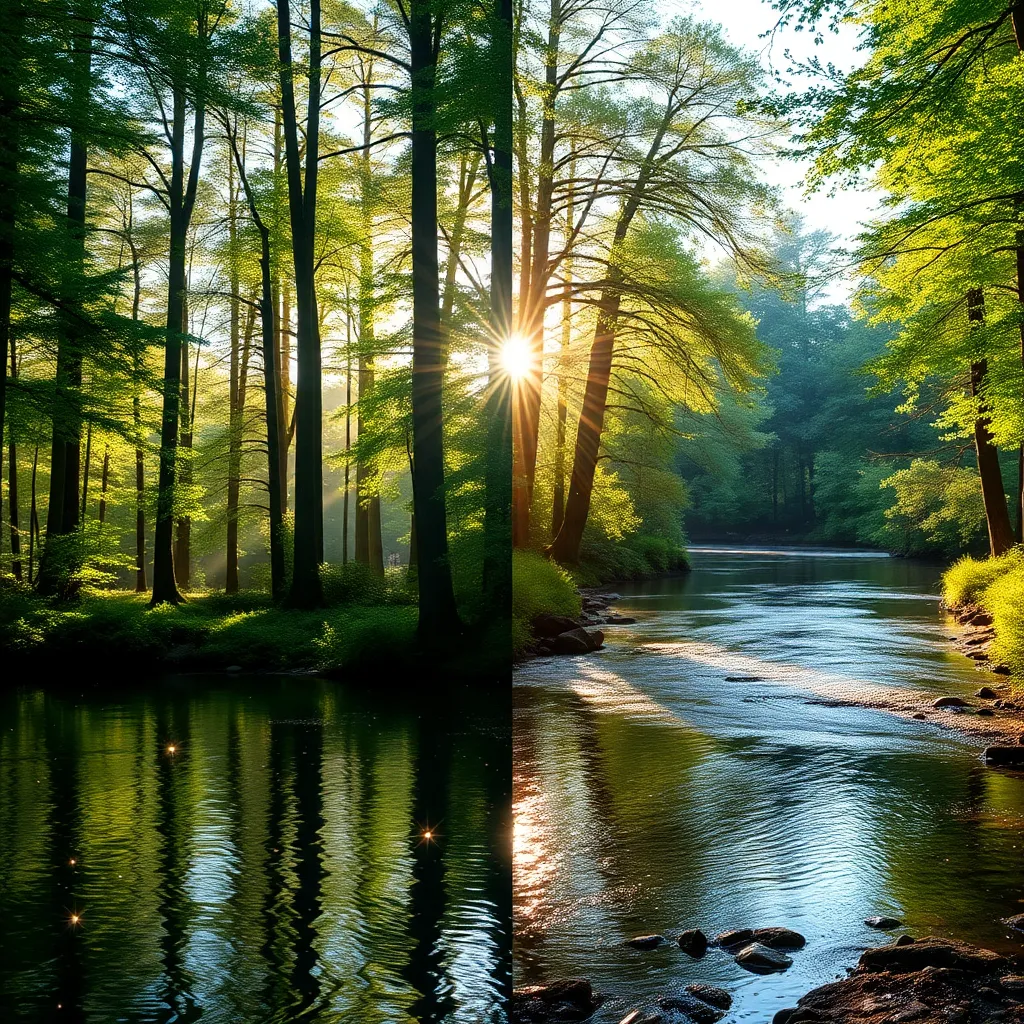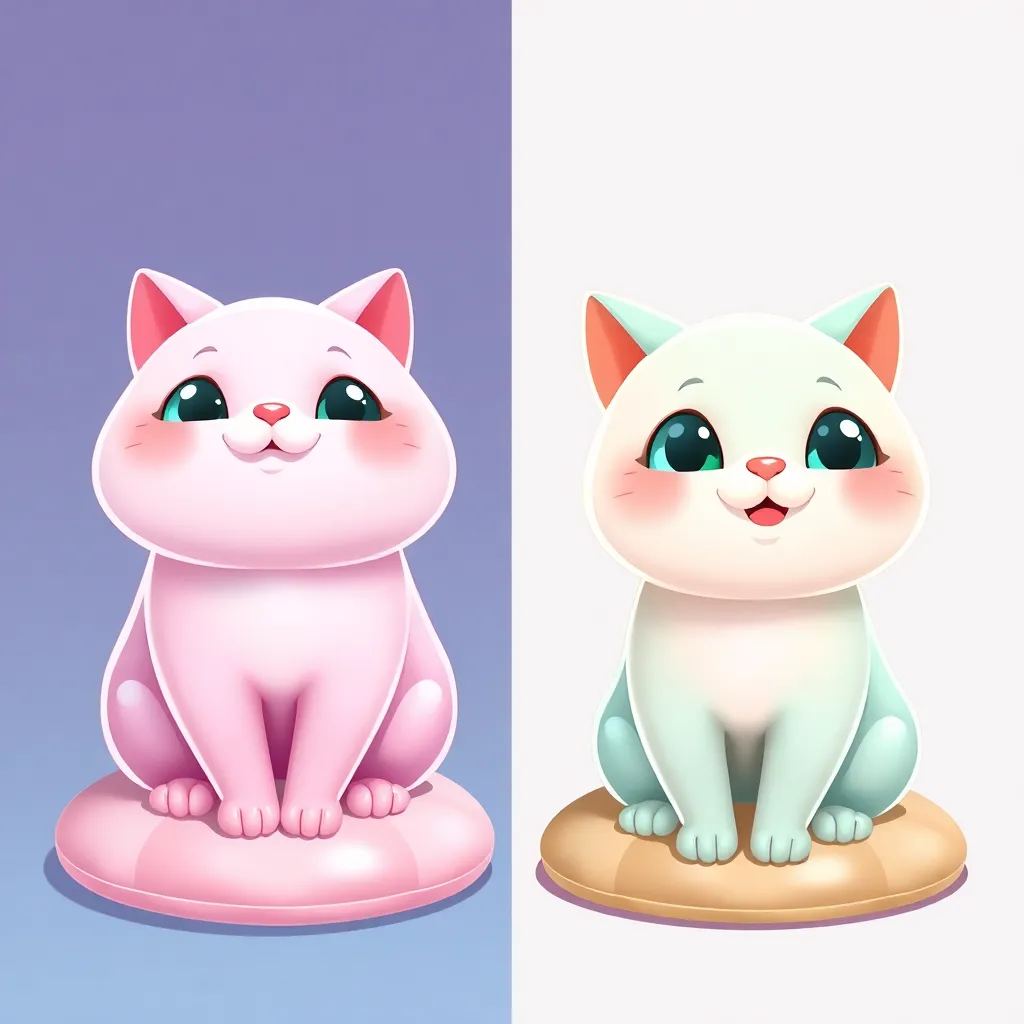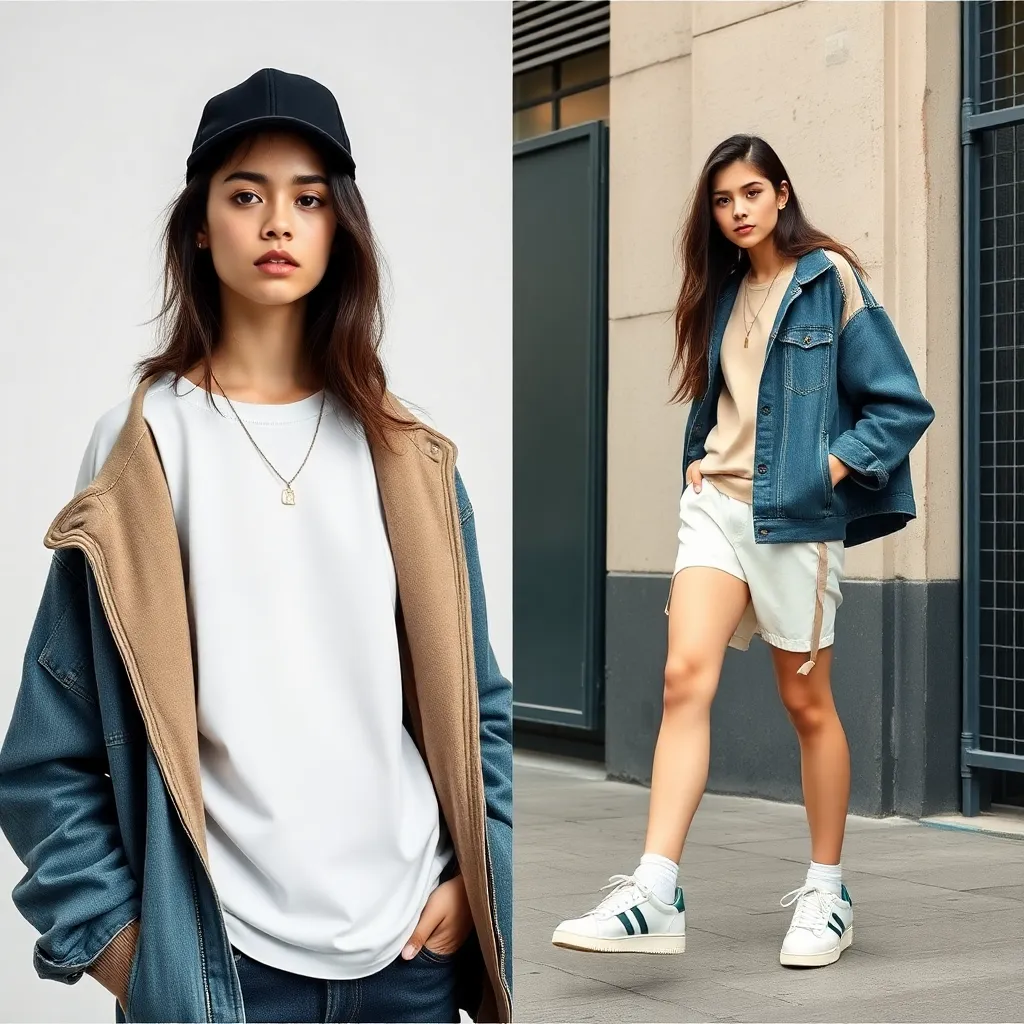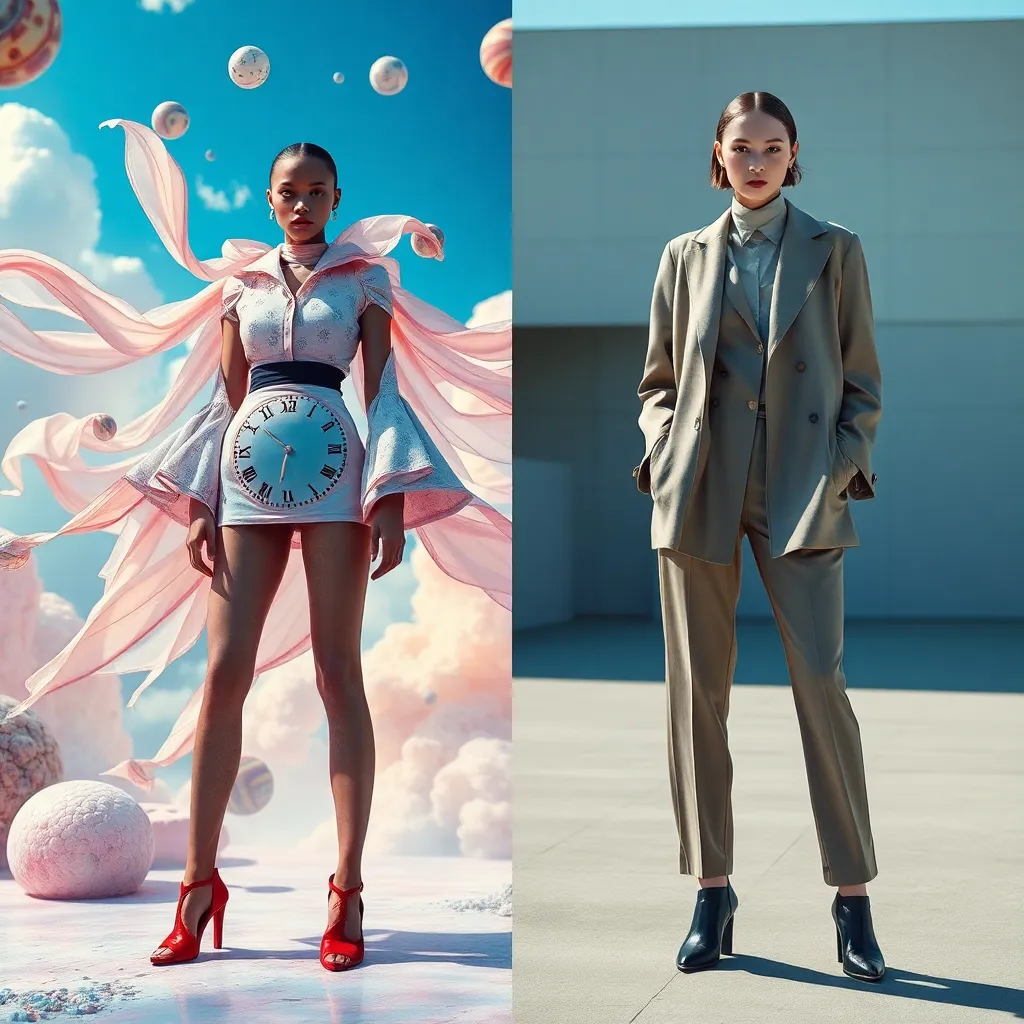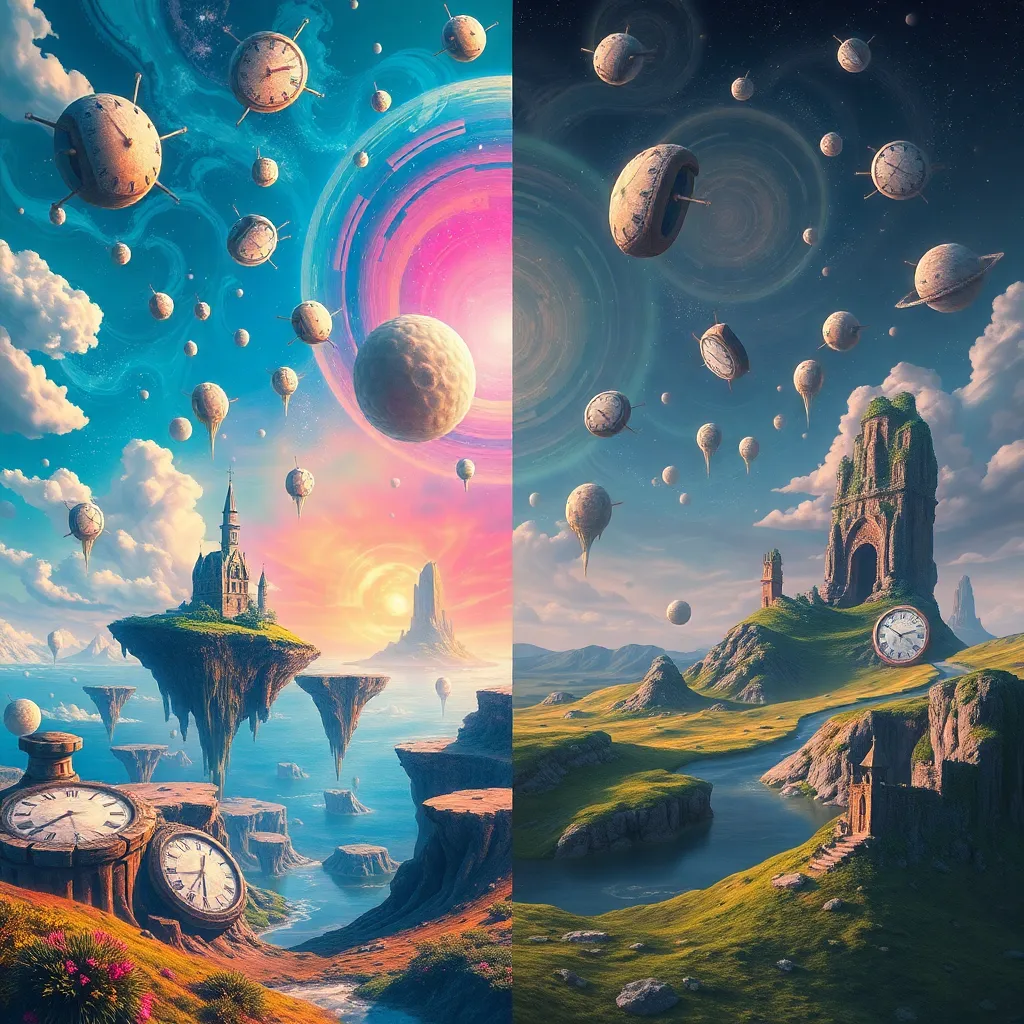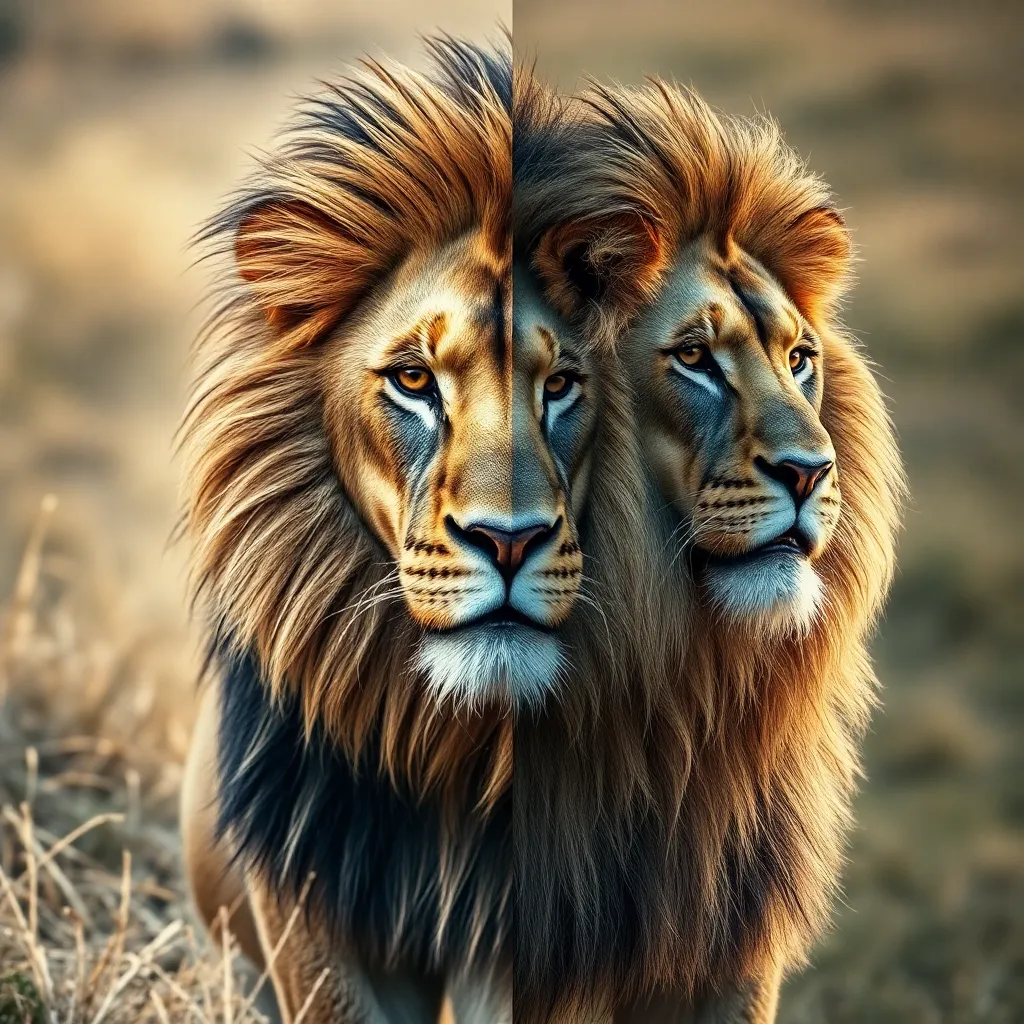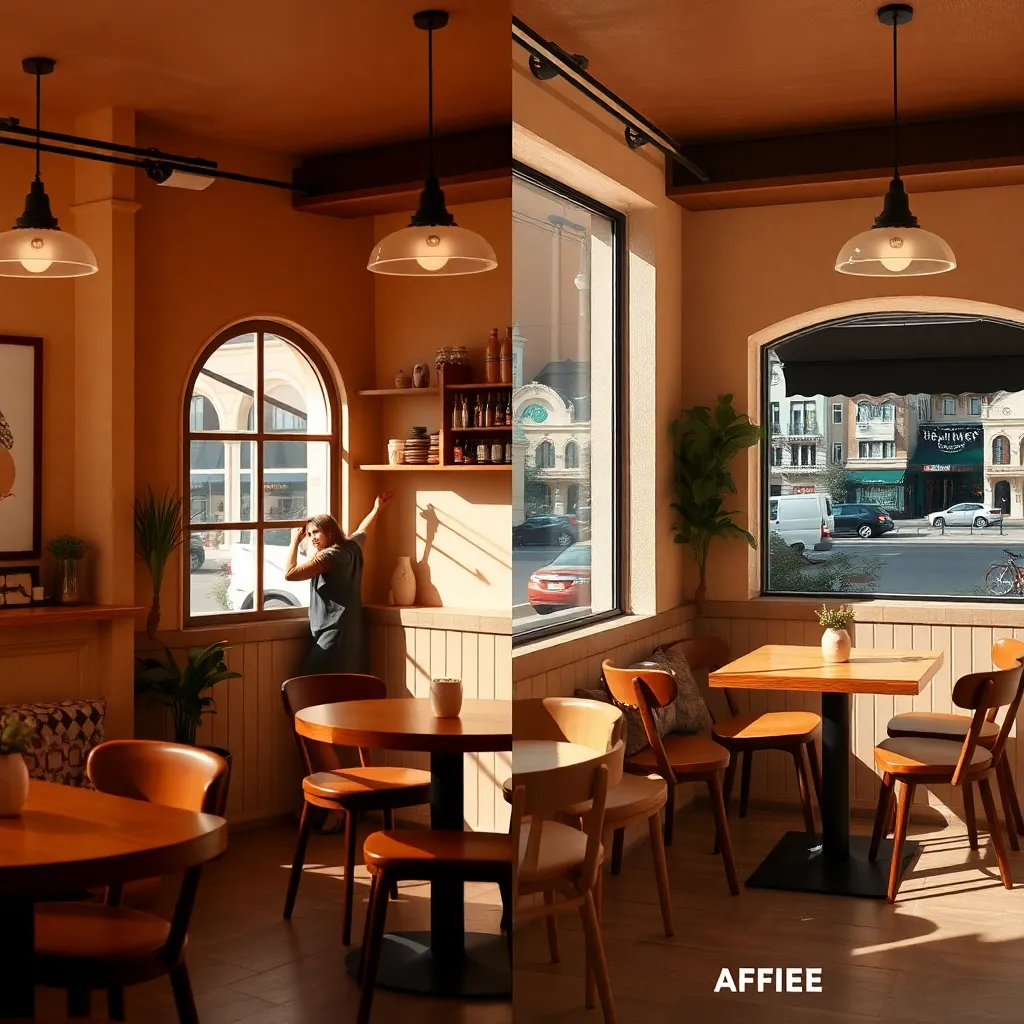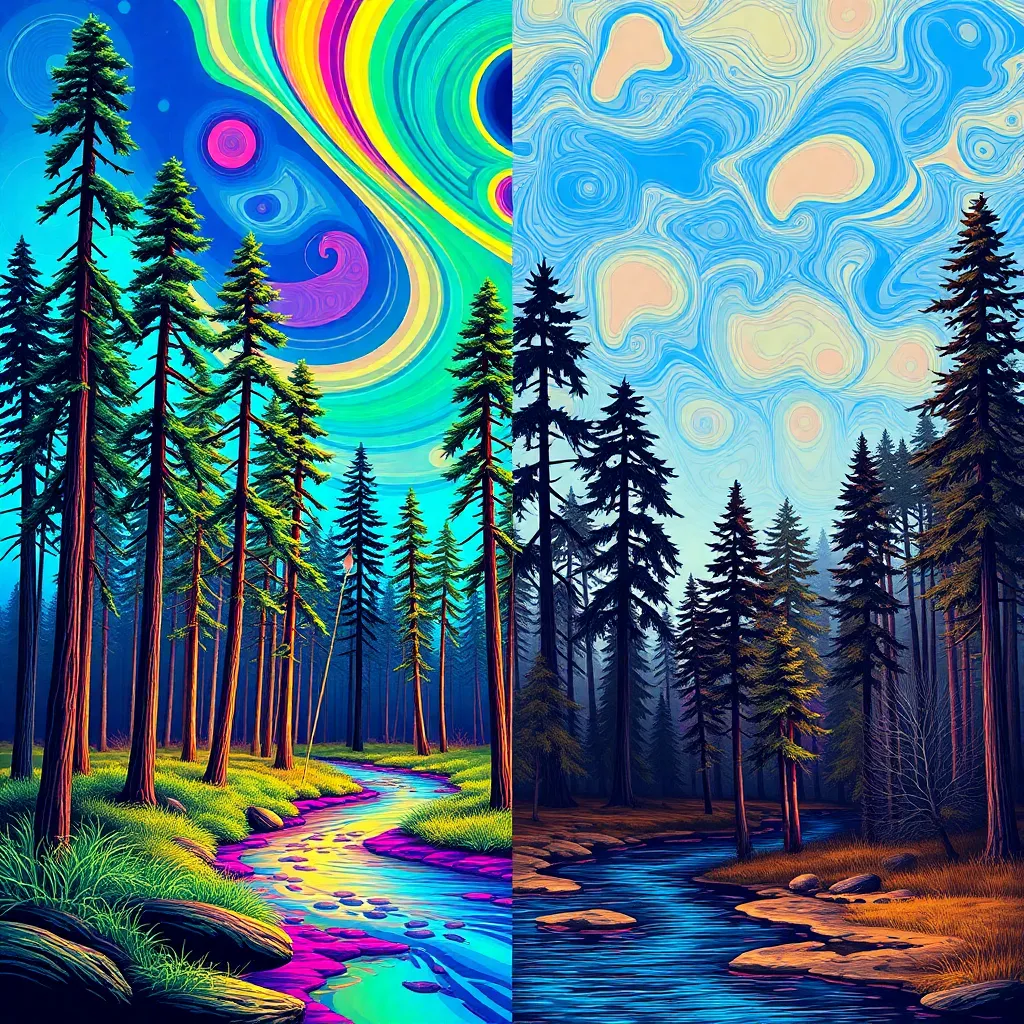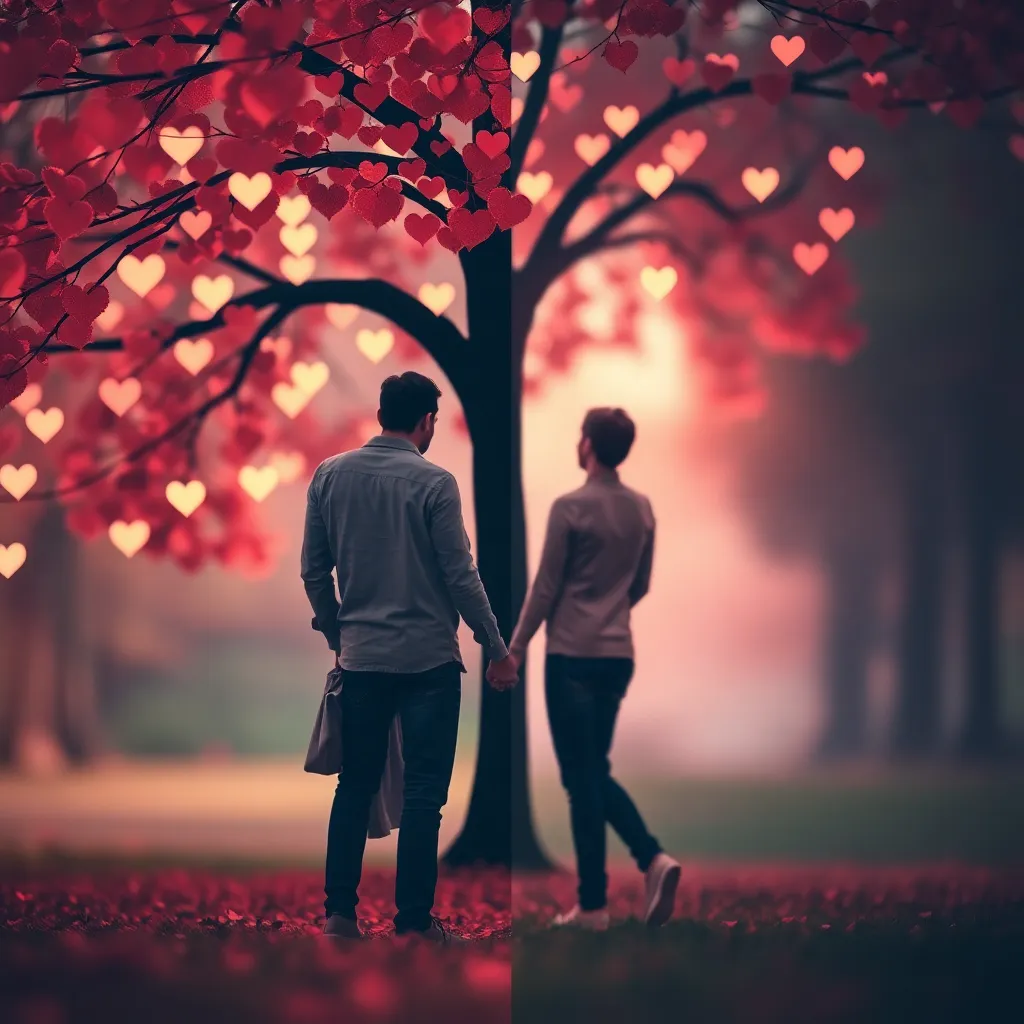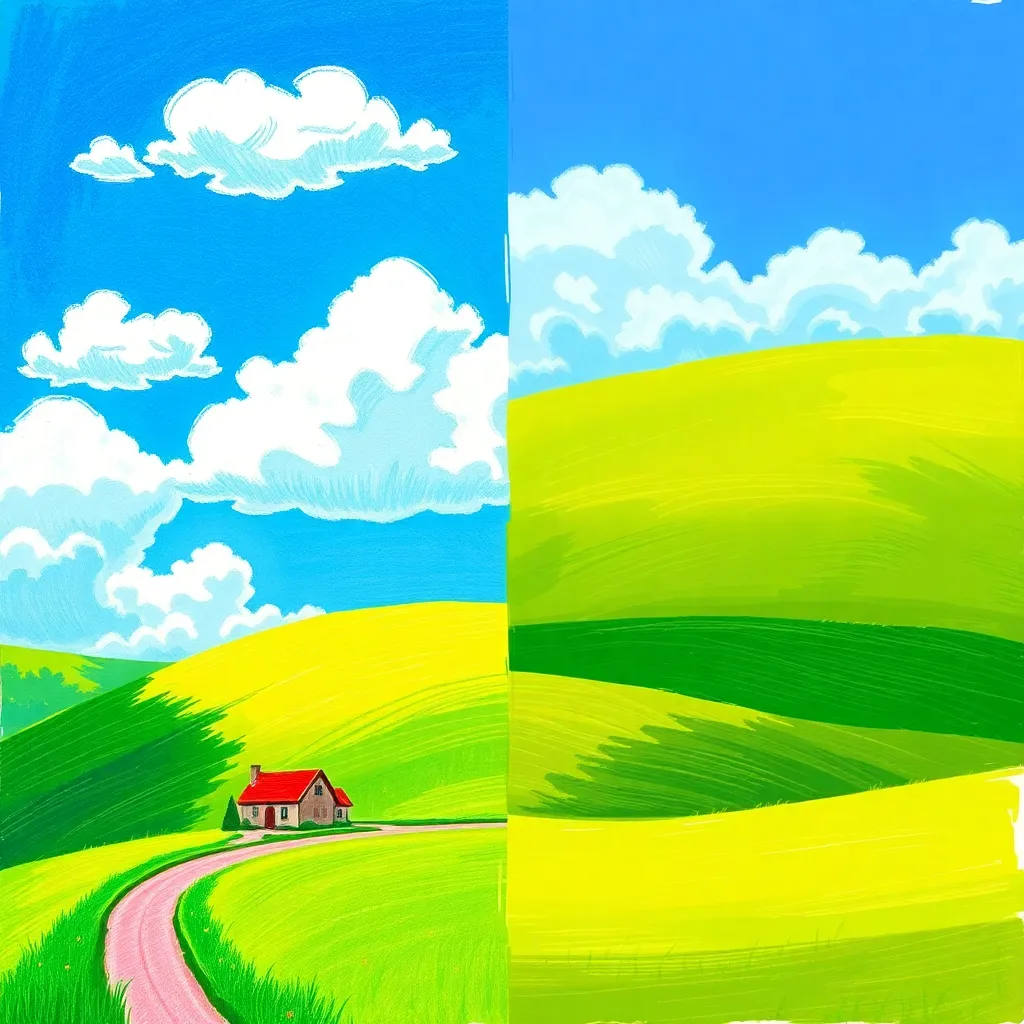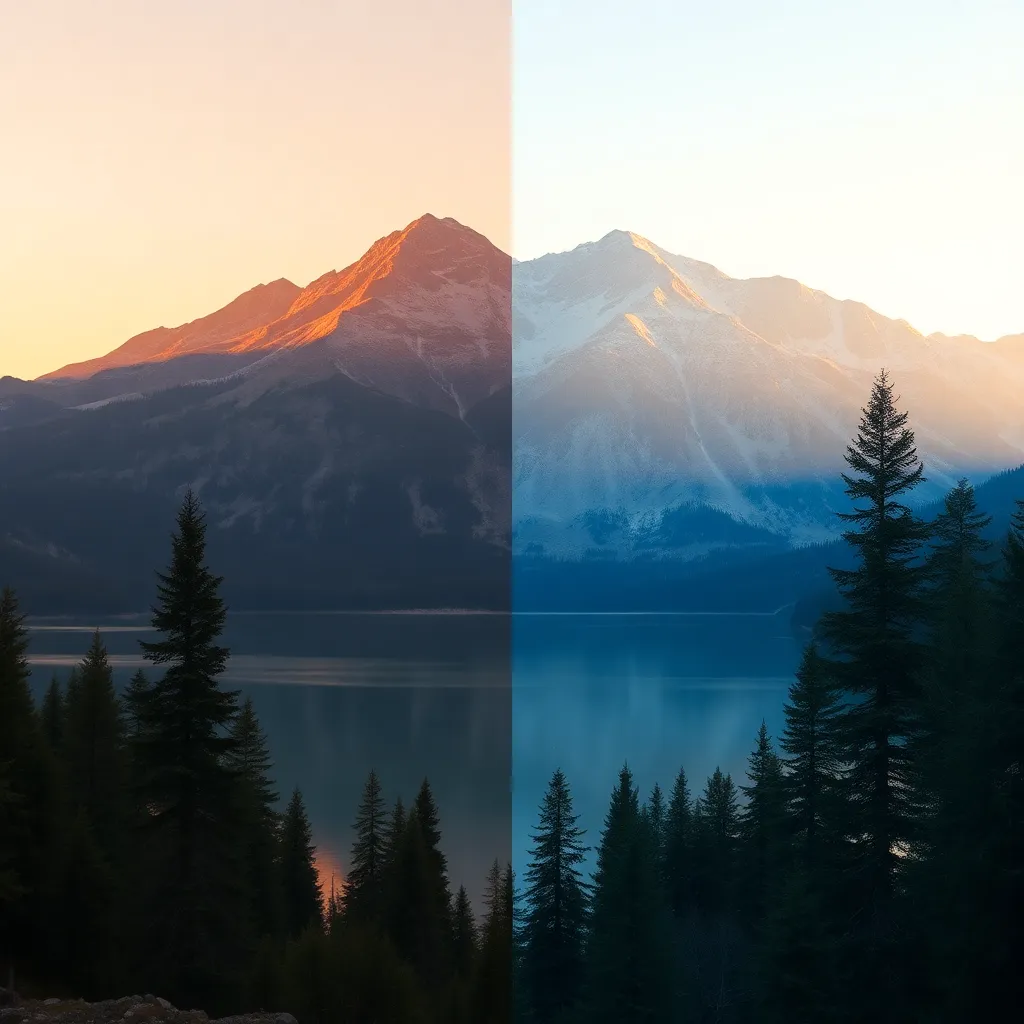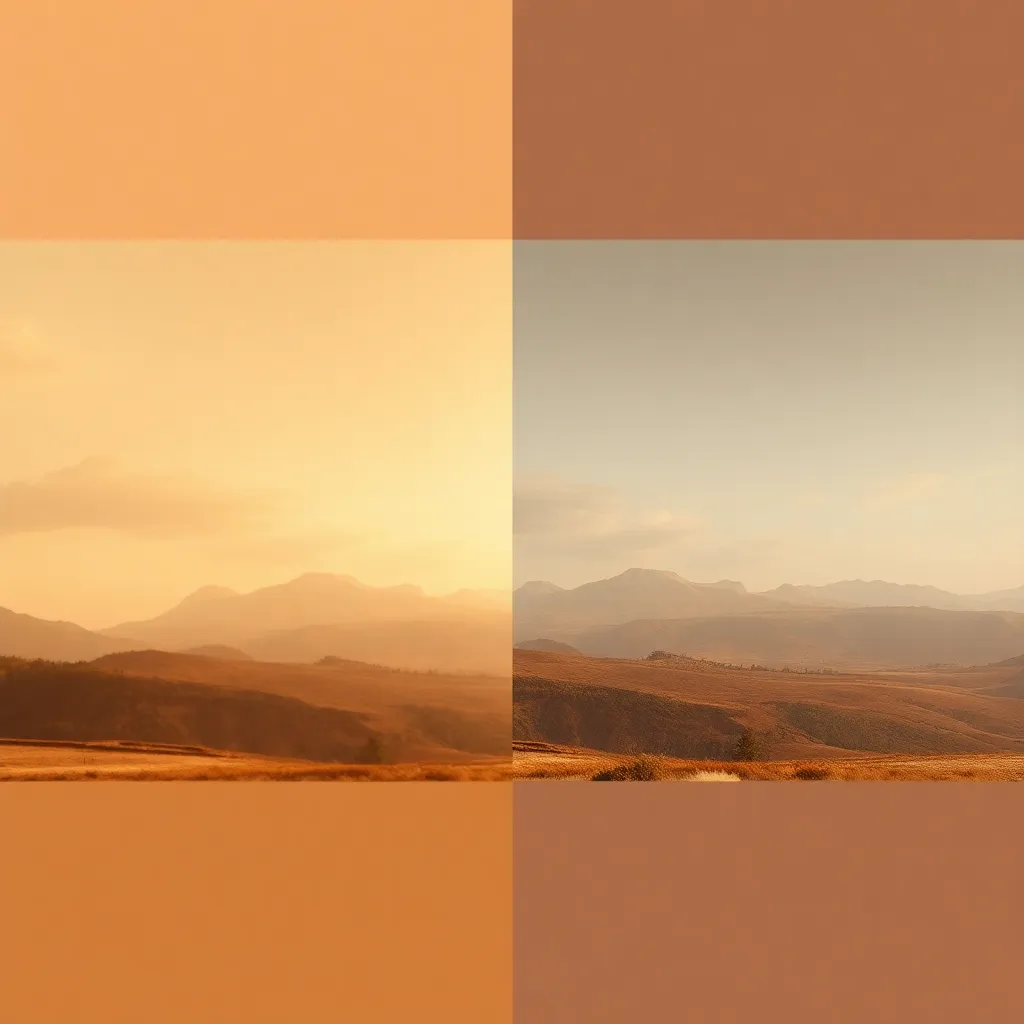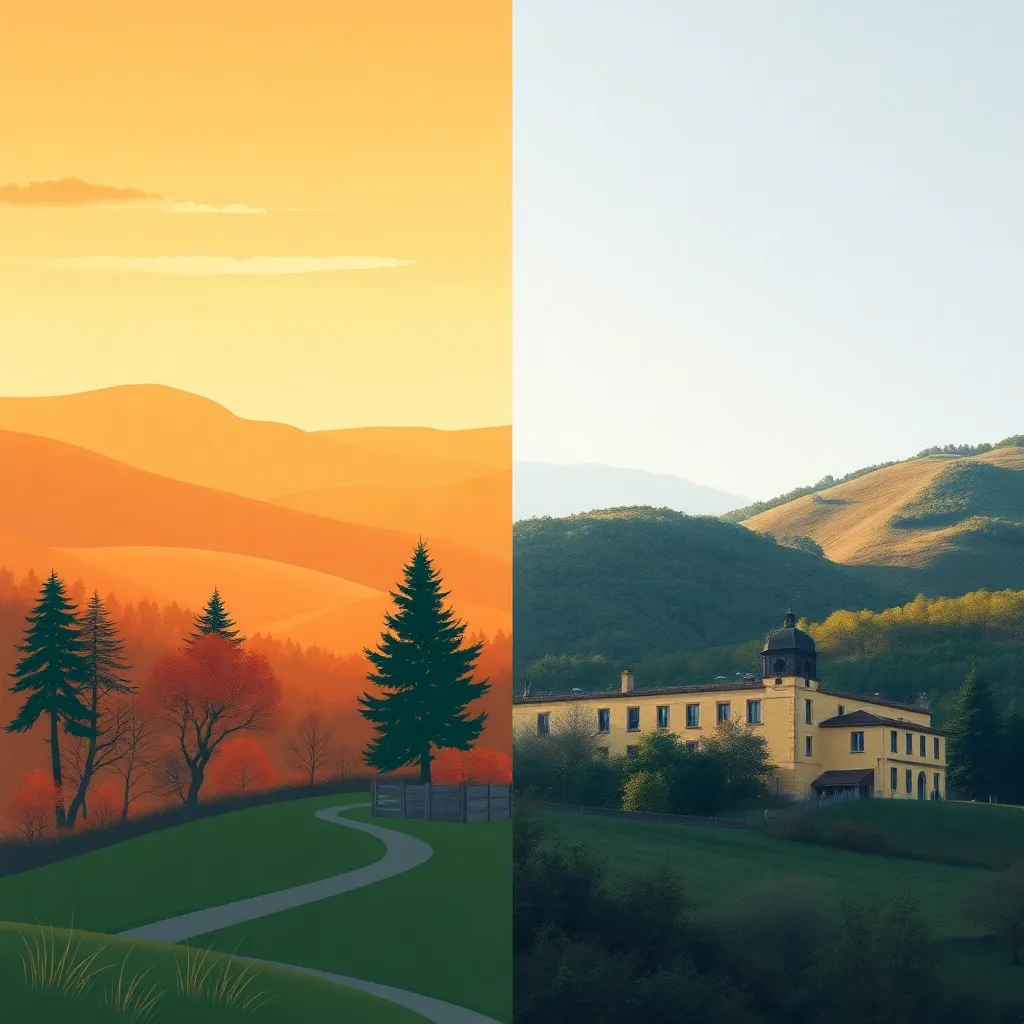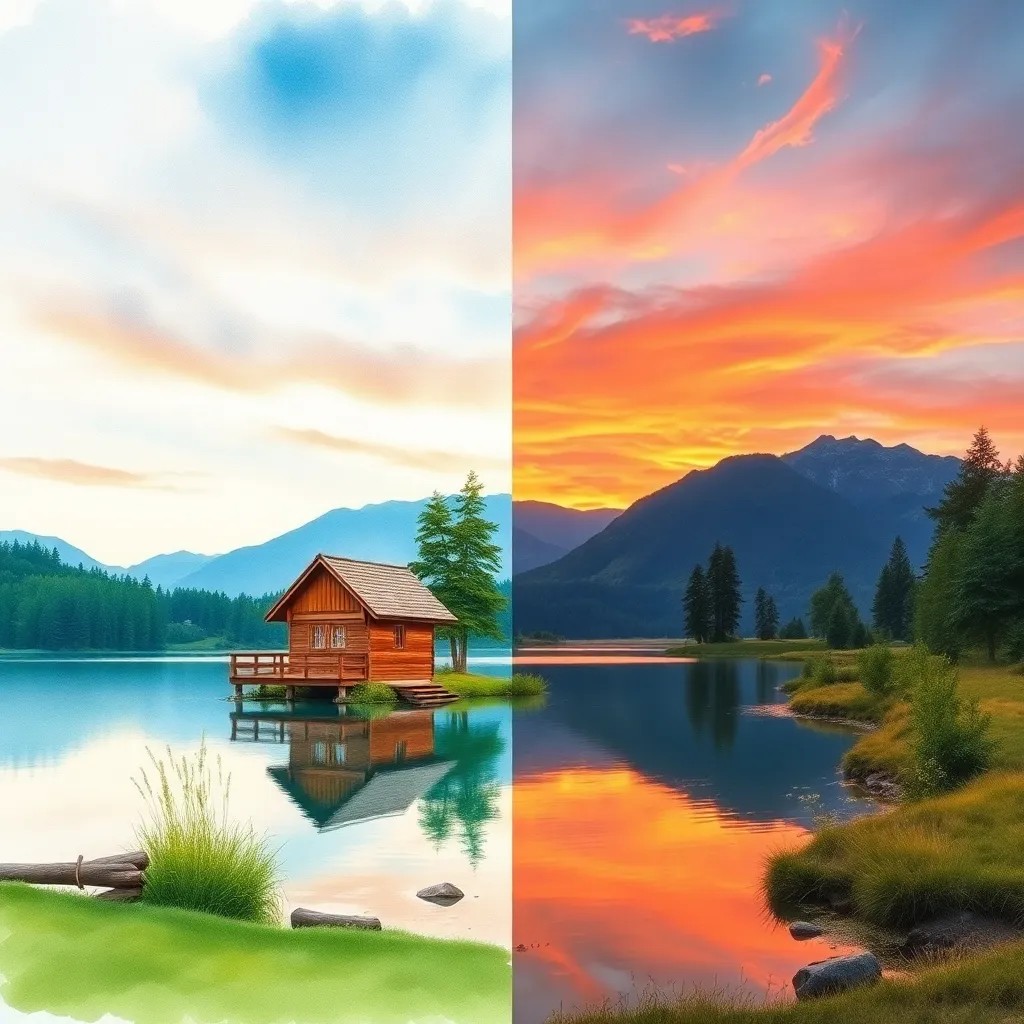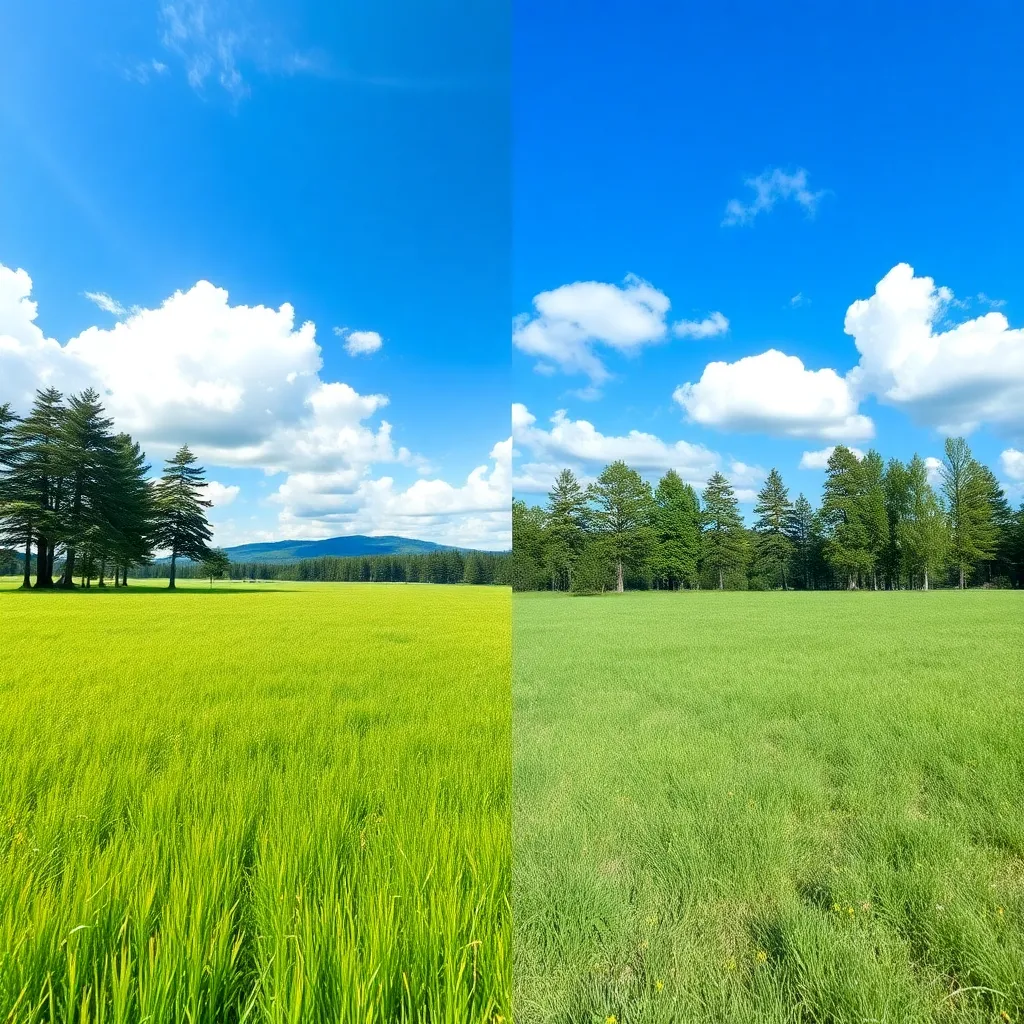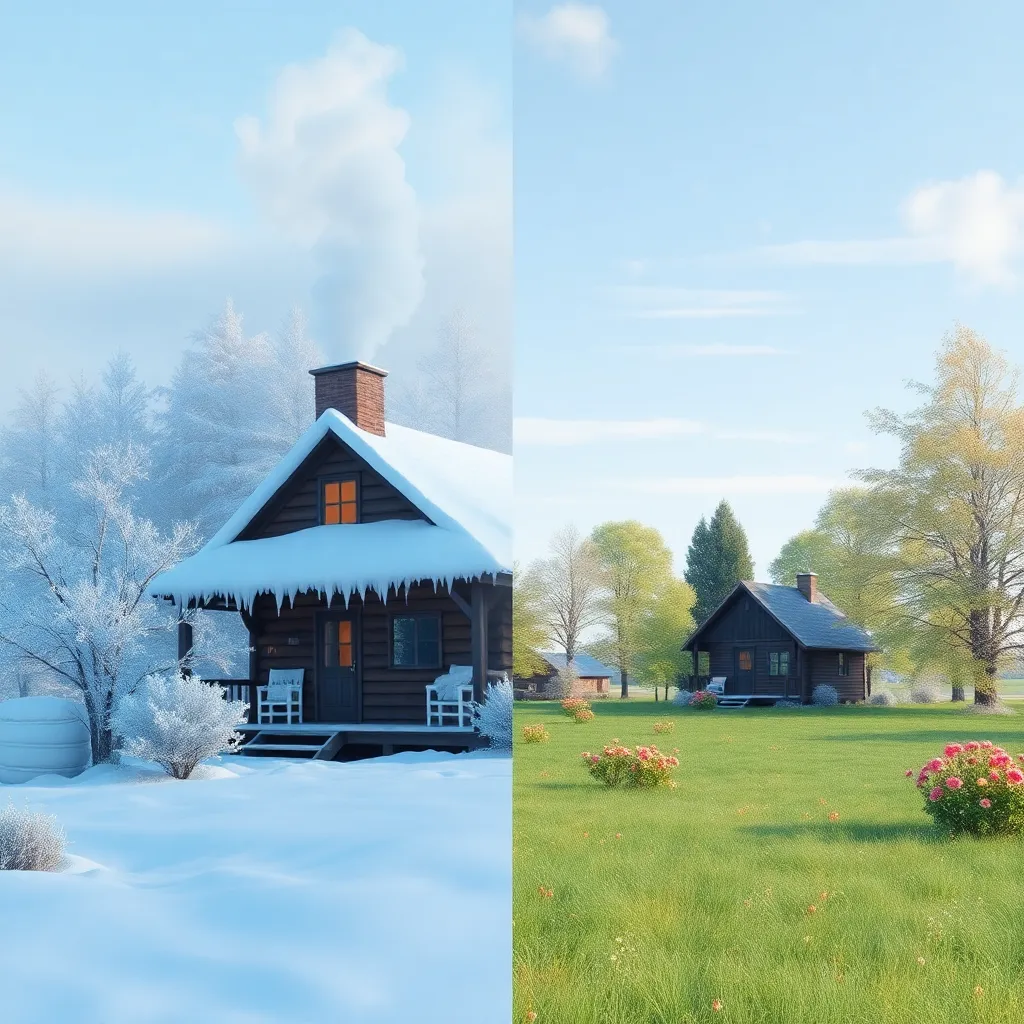Description of the Style: What is Dark Style? History of This Style
Dark Style in photography is a visual approach characterized by deep, pronounced shadows, bold contrast, and subdued highlights that evoke a sense of drama, mystery, or melancholy. Unlike bright, evenly lit images, Dark Style deliberately embraces low-key lighting and selective illumination to highlight specific elements while allowing the rest to recede into darkness. This technique draws inspiration from the chiaroscuro methods of Renaissance painters—like Caravaggio and Rembrandt—who used stark contrasts between light and shadow to create emotional depth and visual interest.
Historically, Dark Style has its roots in classical painting and early black-and-white photography, where limited lighting technology naturally produced moody, high-contrast effects. With the advent of modern cameras and digital editing, photographers now have even greater control over light and shadow, allowing for the intentional crafting of powerful, cinematic images that tell a story through darkness as much as through light. Today, Dark Style is a hallmark of fine art, editorial, and cinematic photography, revered for its ability to command attention and evoke strong emotions.
Who is Using Dark Style?
Dark Style appeals to a wide range of photographers and visual artists who seek to convey depth, emotion, or narrative through their images. Portrait photographers use it to add intensity and character to their subjects, while fashion and editorial shooters embrace it for its edgy, high-impact look. Fine art photographers turn to Dark Style for its painterly qualities and ability to create classic, timeless compositions.
Additionally, commercial photographers, filmmakers, and visual storytellers in genres such as fantasy, gothic, and even wildlife photography have adopted Dark Style to transform scenes into visually arresting moments. Social media influencers and content creators also use Dark Style for its unmistakable impact, helping their images stand out in crowded visual feeds.
How Does Dark Style Enhance Photos?
Dark Style enhances photos in several compelling ways:
1. Emphasizes Mood and Atmosphere:
By enveloping much of the frame in darkness, Dark Style creates an immersive, atmospheric experience. The interplay of shadow and light can evoke feelings of mystery, suspense, or melancholy, drawing viewers into the scene and encouraging them to linger.
2. Draws Attention to the Subject:
With strategic lighting and shadow placement, Dark Style focuses the viewer’s eye on the most important elements of the composition. The high contrast between illuminated areas and deep shadows ensures that the subject stands out, adding emotional intensity or gravitas.
3. Adds Depth and Dimension:
The use of shadows and gradients of light enhances the perception of depth, making images appear more three-dimensional and lifelike. This sculpting effect is particularly powerful in portraiture and still life, where it can accentuate features and textures.
4. Creates Cinematic and Artistic Appeal:
Dark Style often mimics the look of dramatic film lighting, lending photos a cinematic or painterly quality. This elevates everyday subjects into works of art, making the style ideal for editorial, fashion, and creative storytelling.
5. Enhances Storytelling:
By obscuring details and selectively revealing elements, Dark Style invites viewers to imagine what lies in the shadows, adding intrigue and narrative depth to the photo.
Use Cases of Dark Style: When and Where to Use It
1. Portrait Photography:
Dark Style is ideal for portraiture when you want to capture intensity, mystery, or emotion. A single dramatic light source can highlight facial expressions and features, leaving the rest in shadow for a striking, cinematic effect.
2. Urban Nightscapes:
City scenes at night come alive in Dark Style, with neon lights, wet streets, and deep shadows contributing to a moody, noir atmosphere. This effect is perfect for storytelling in urban environments, emphasizing the interplay between light and darkness.
3. Fantasy or Gothic Settings:
For fantasy, gothic, or historical themes, Dark Style amplifies moodiness and enigma. Candlelit interiors, shadowy castles, and dark forests gain a sense of timelessness and narrative intrigue.
4. Still Life Fine Art:
Dark Style transforms still life photography, lending a classic, painterly touch reminiscent of Old Masters. Dramatic lighting and dark backgrounds make objects like fruit and antiques appear rich, textured, and timeless.
5. Fashion/Editorial Shoots:
High-contrast, edgy lighting is a staple in fashion and editorial photography. Dark Style helps models and clothing pop, creating memorable, magazine-worthy visuals with a bold, artistic edge.
6. Wildlife or Animal Portraits:
When photographing animals, especially in low-light or forest settings, Dark Style can add drama and focus. A wolf in a shadowy forest, for example, becomes a powerful, evocative portrait that emphasizes both the subject and the environment.
Pro Tips for Mastering Dark Style Photography
1. Master Your Lighting:
Use controlled, directional lighting such as a single softbox, spotlight, or even candlelight to create defined highlights and deep shadows. Avoid broad, flat lighting that can wash out the effect.
2. Expose for the Highlights:
To preserve detail and prevent overexposure, set your camera’s exposure based on the brightest areas you want to retain. Let the shadows fall naturally—embracing the darkness is the essence of this style.
3. Refine in Post-Processing:
Editing software is your friend. Deepen shadows, boost contrast, and adjust color tones to enhance mood. Pay attention to black levels and be careful not to lose all detail in the darkest areas unless you want pure silhouettes.
4. Use Props and Backgrounds Wisely:
Choose dark or neutral backgrounds and props to minimize distractions and focus attention on the illuminated subject. Textured fabrics or antique items work well in still life and portraiture.
5. Tell a Story:
Let the darkness set the mood and guide the viewer’s imagination. Compose your image so that what is hidden is as important as what is revealed.
Conclusion:
Dark Style is a powerful photographic approach that transforms ordinary subjects into extraordinary, emotionally resonant images. By mastering lighting, composition, and post-processing, you can harness the dramatic potential of darkness to create art that captivates, intrigues, and inspires. Whether in portraiture, editorial, or fine art, Dark Style remains a timeless choice for photographers who want to make a lasting impact.
